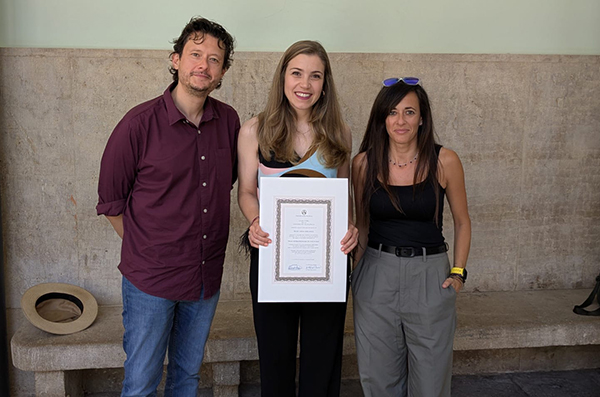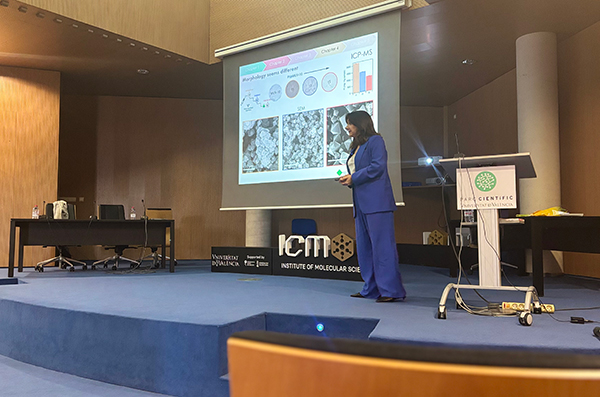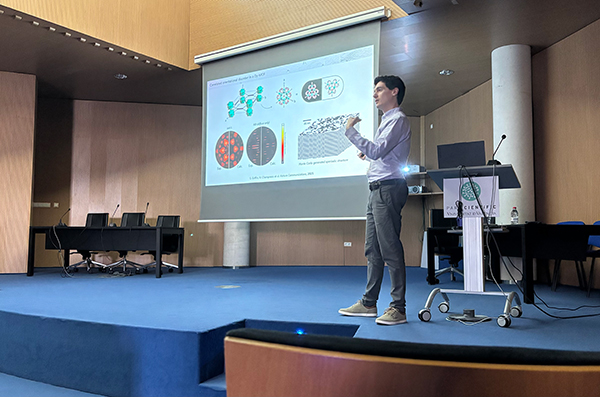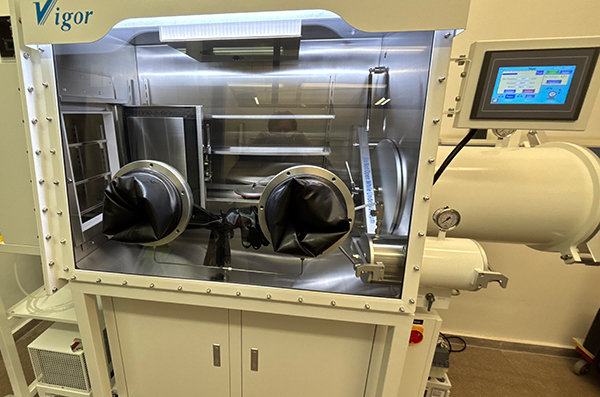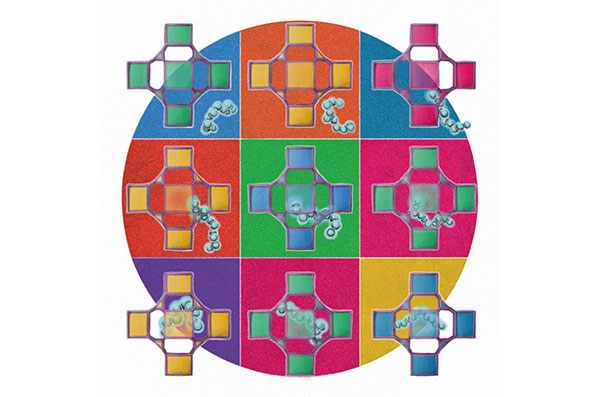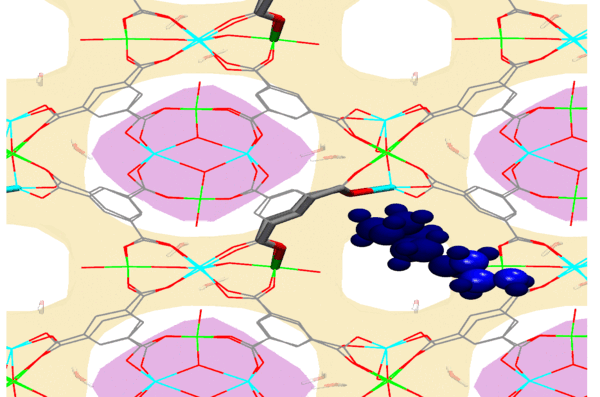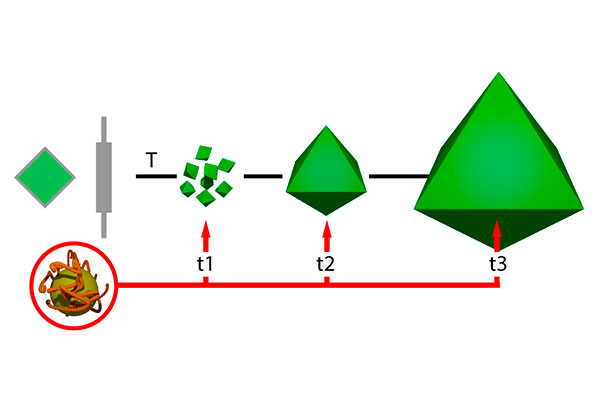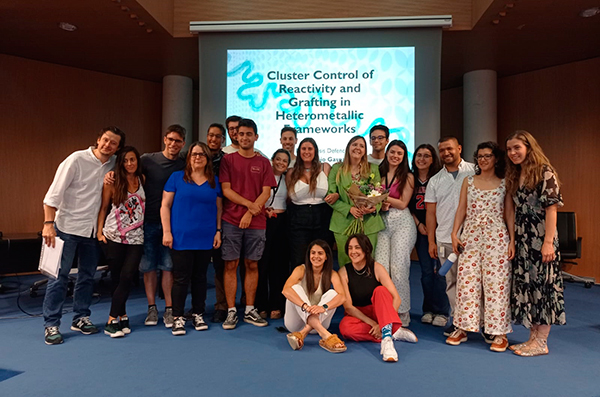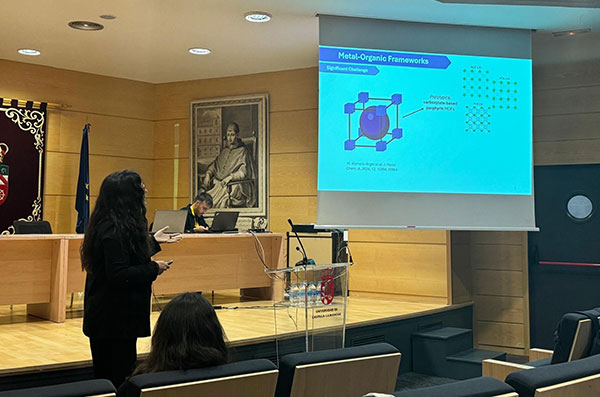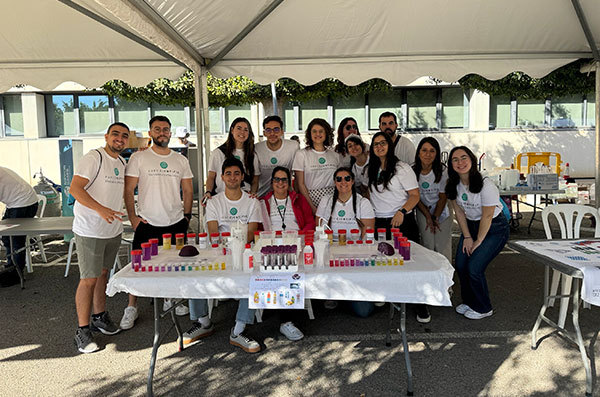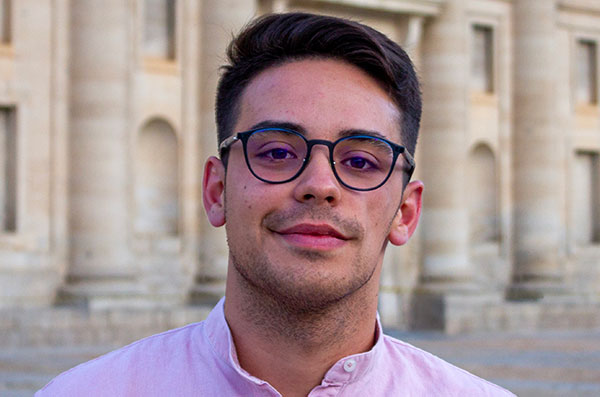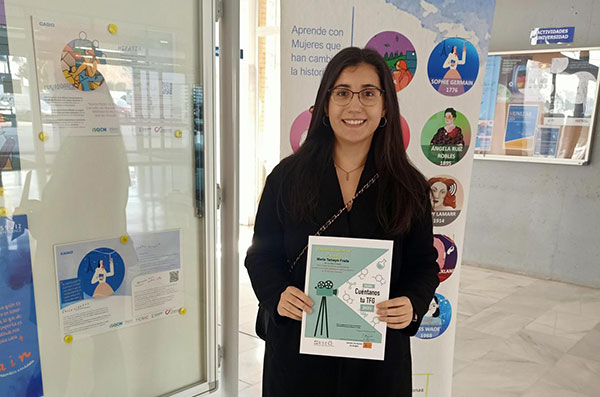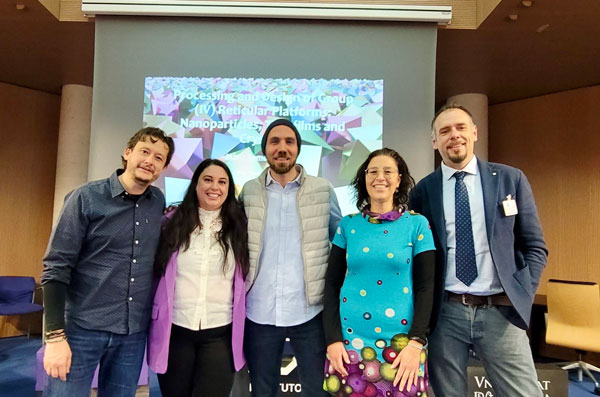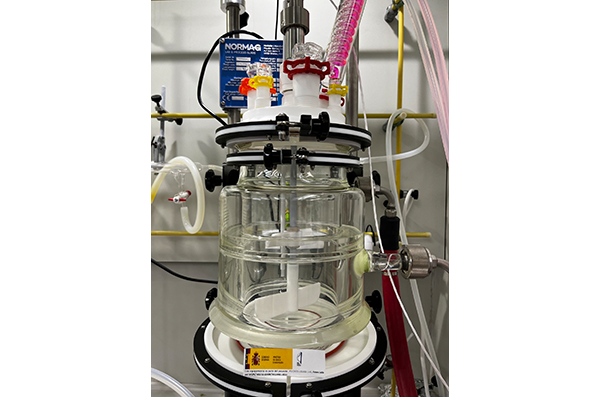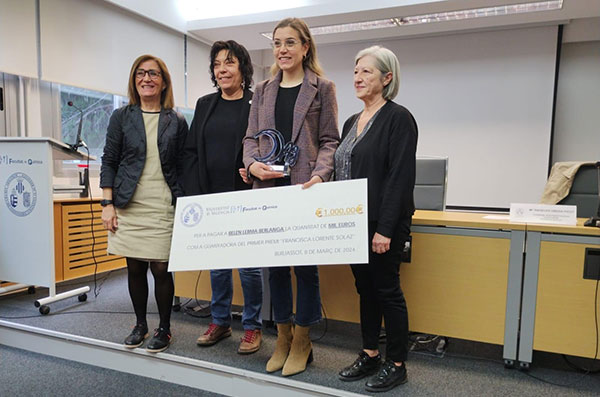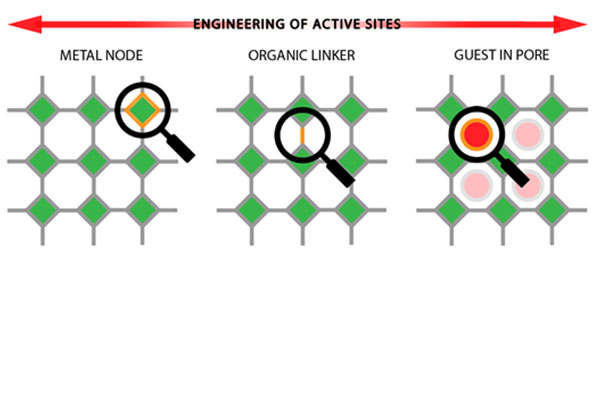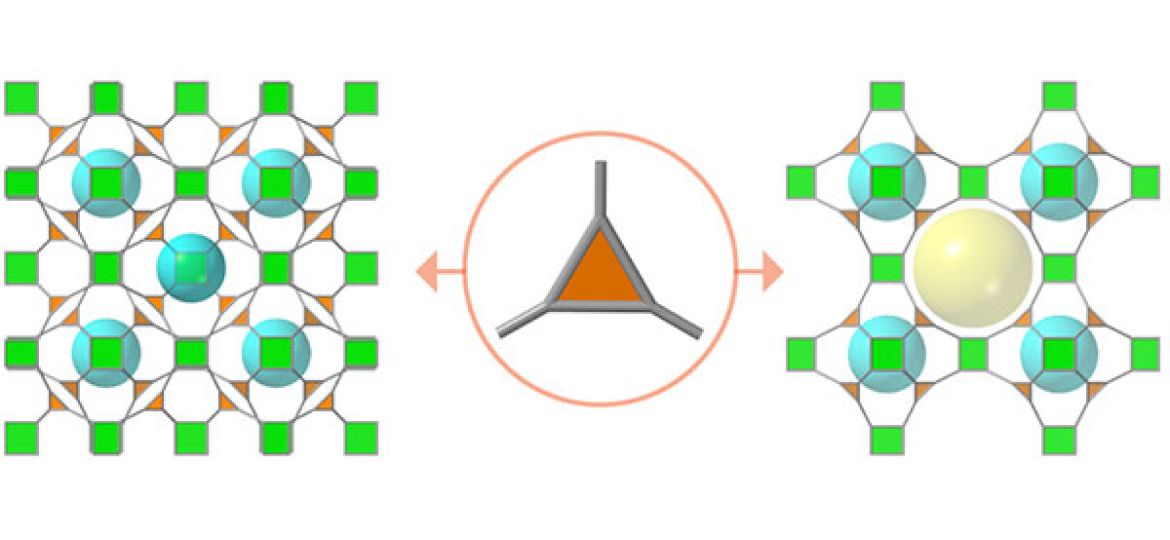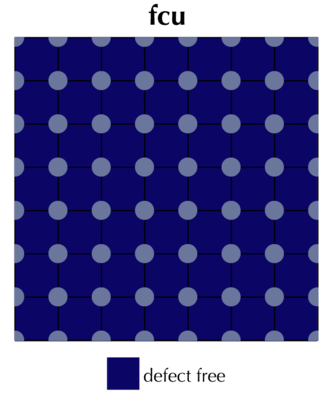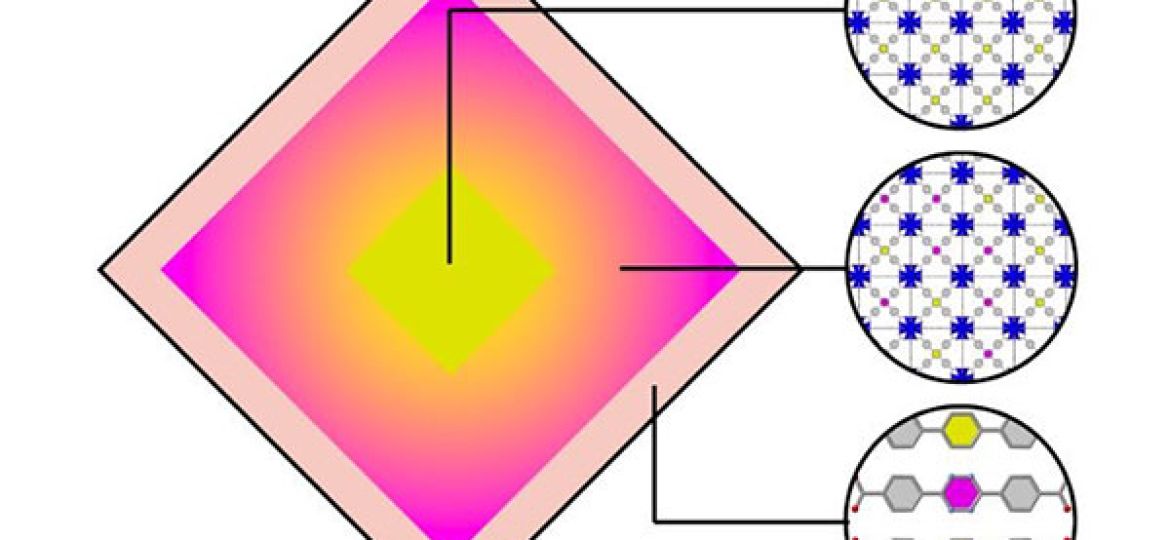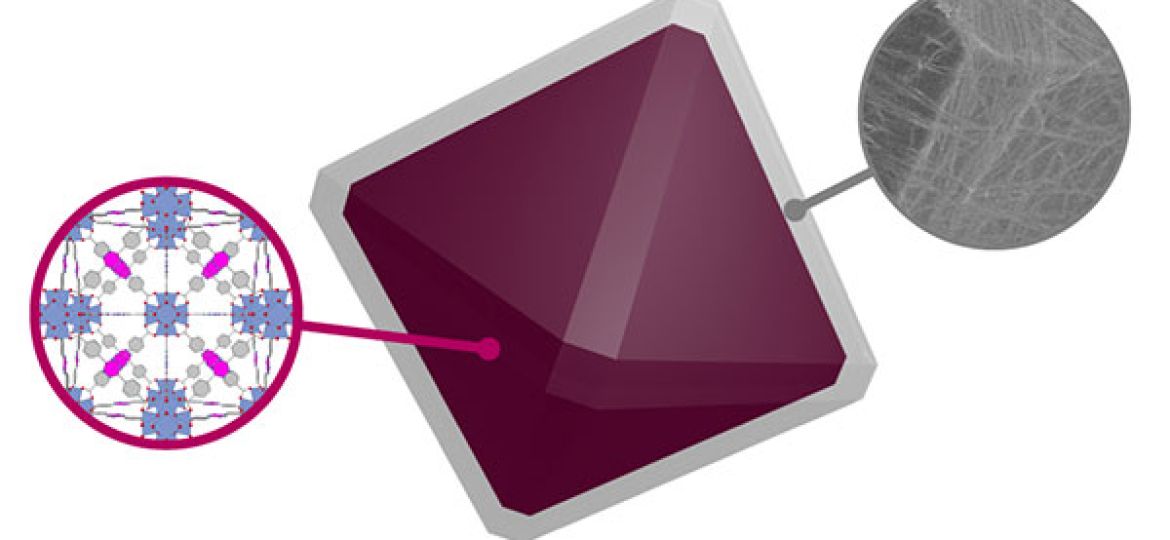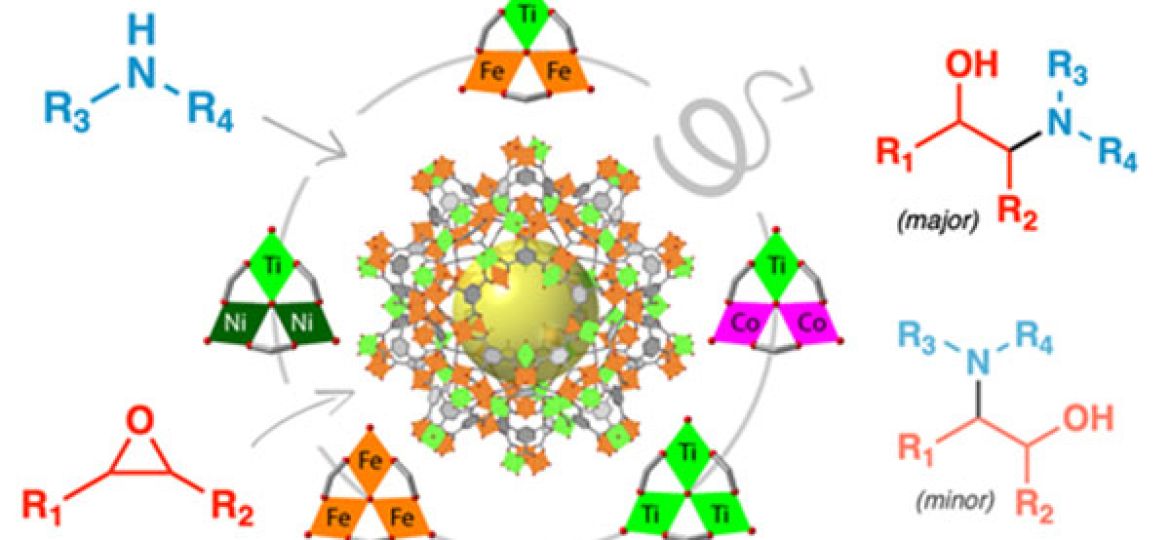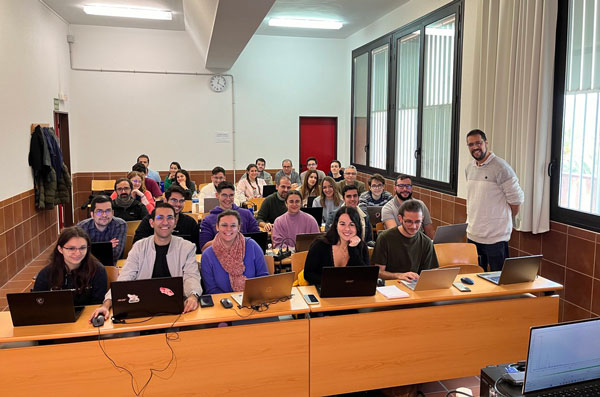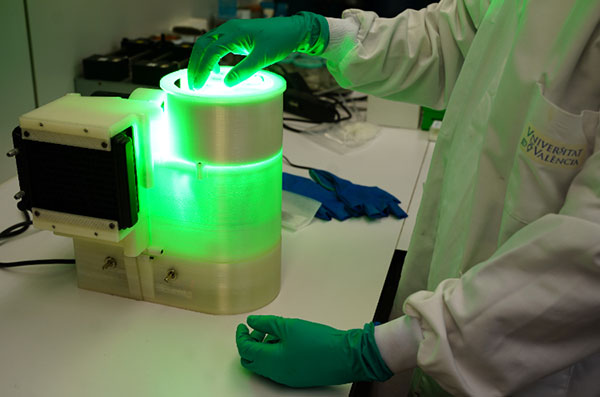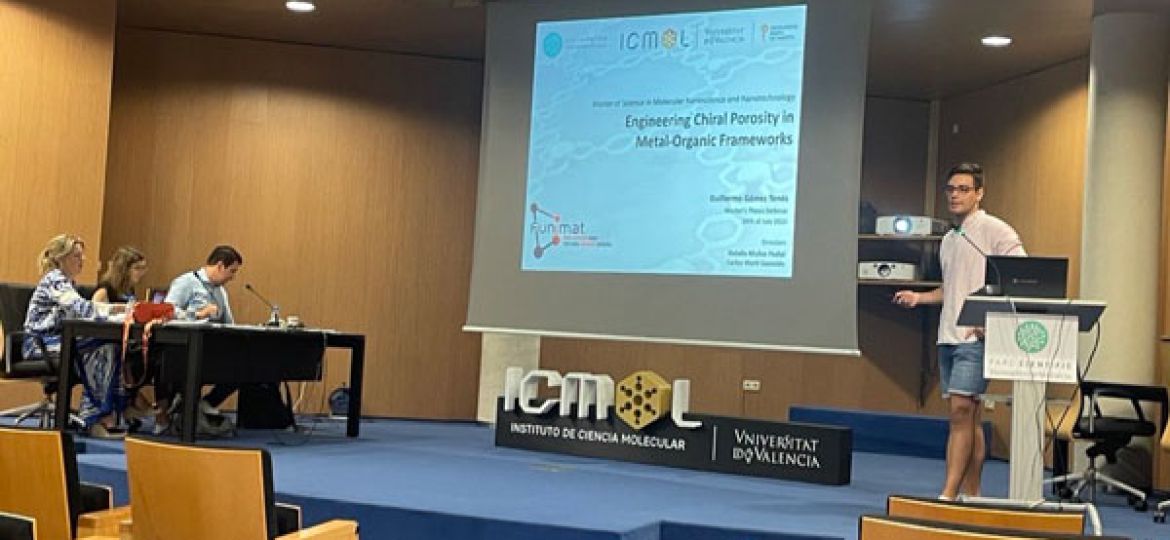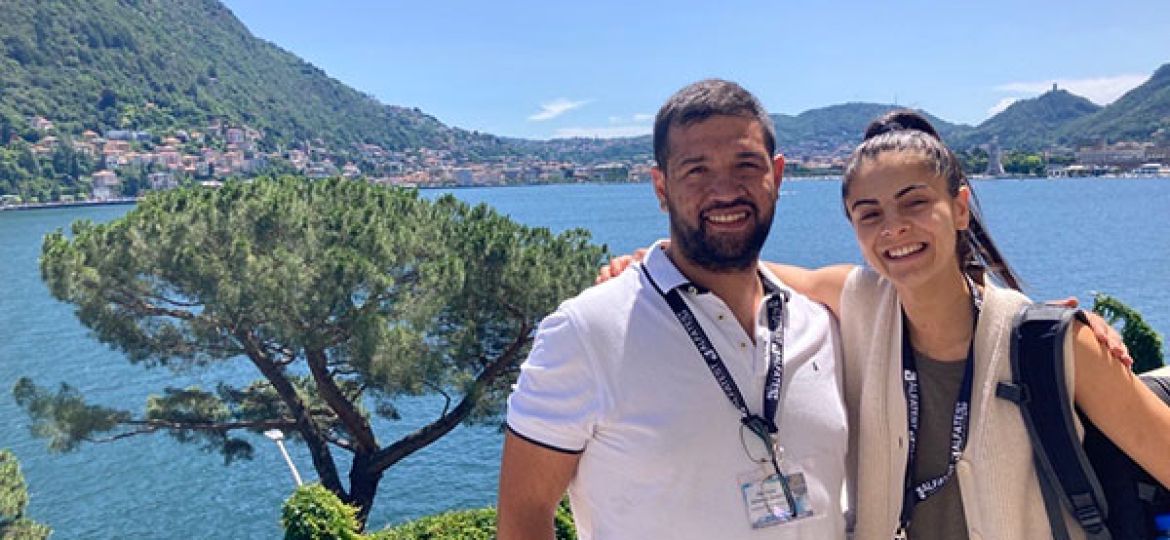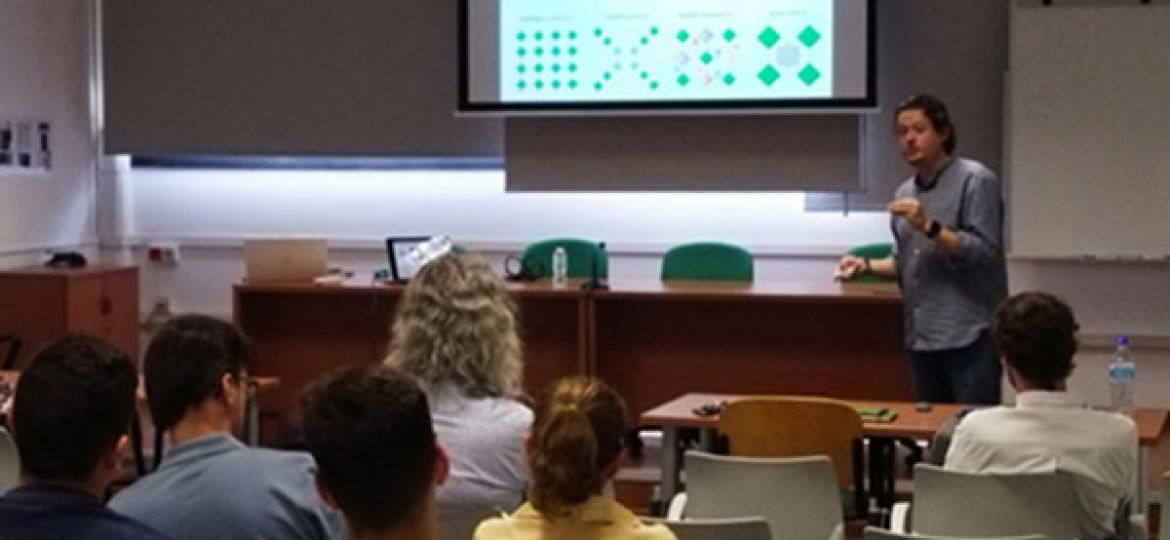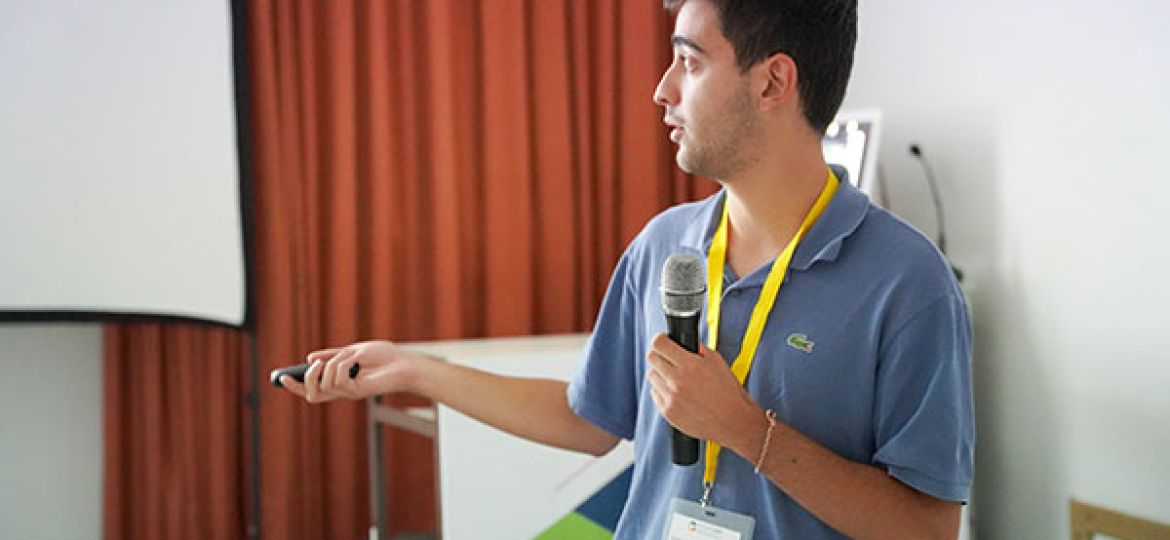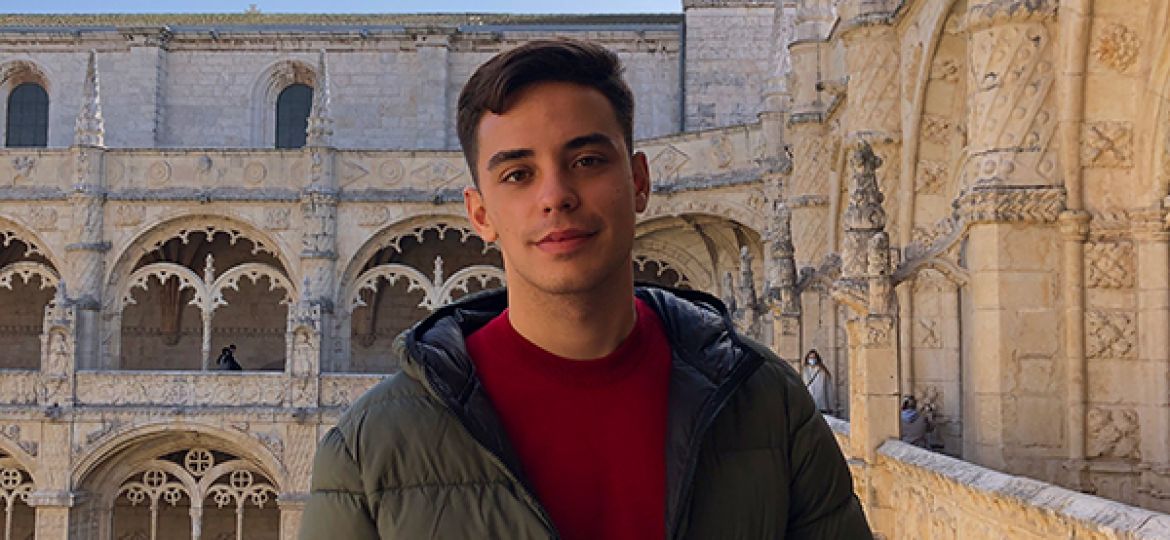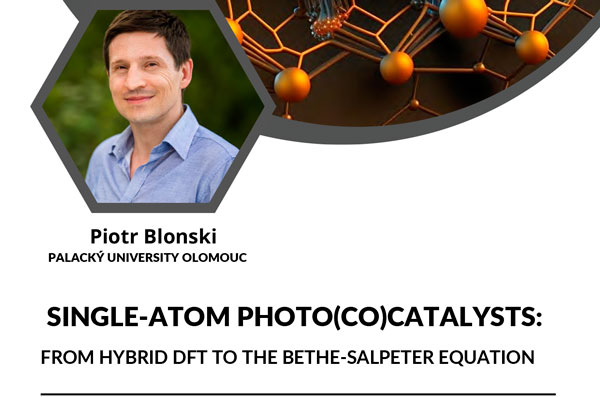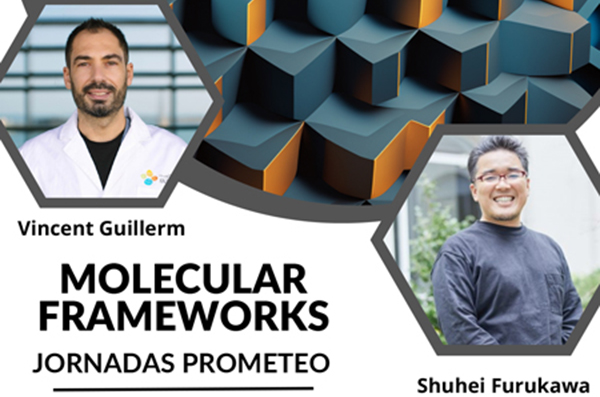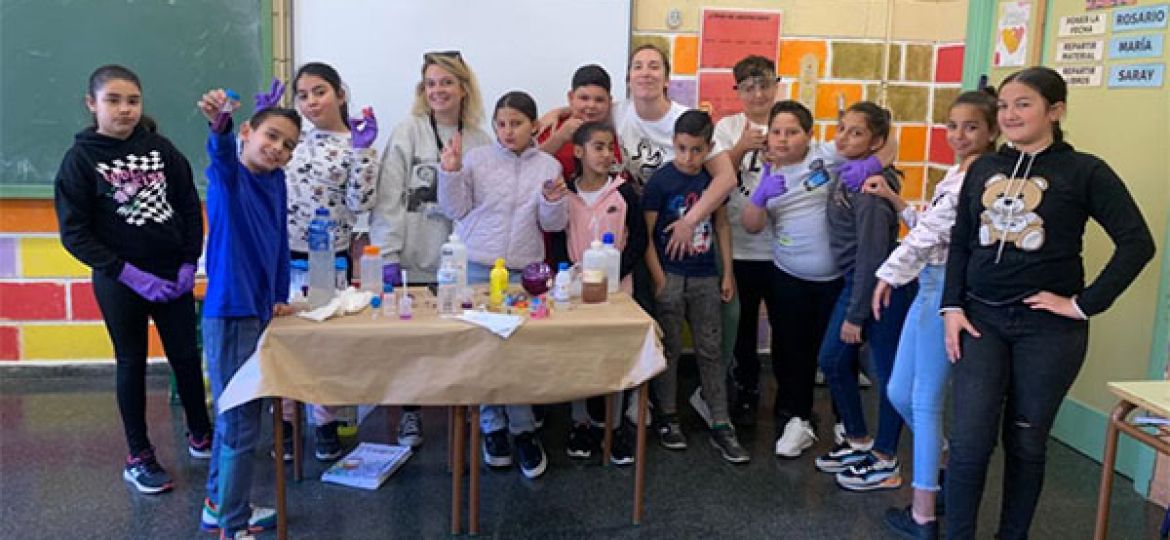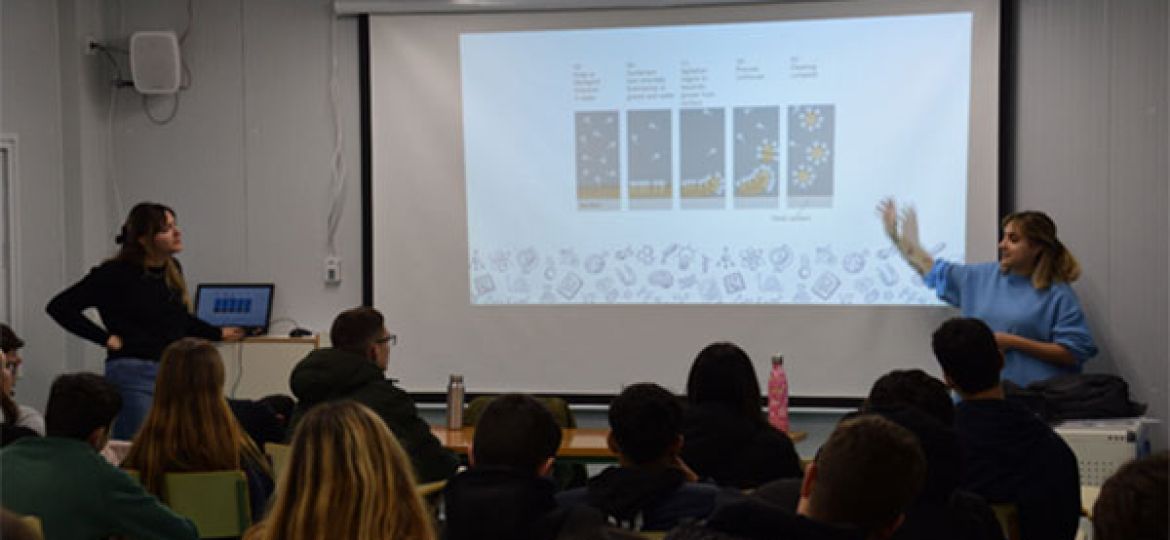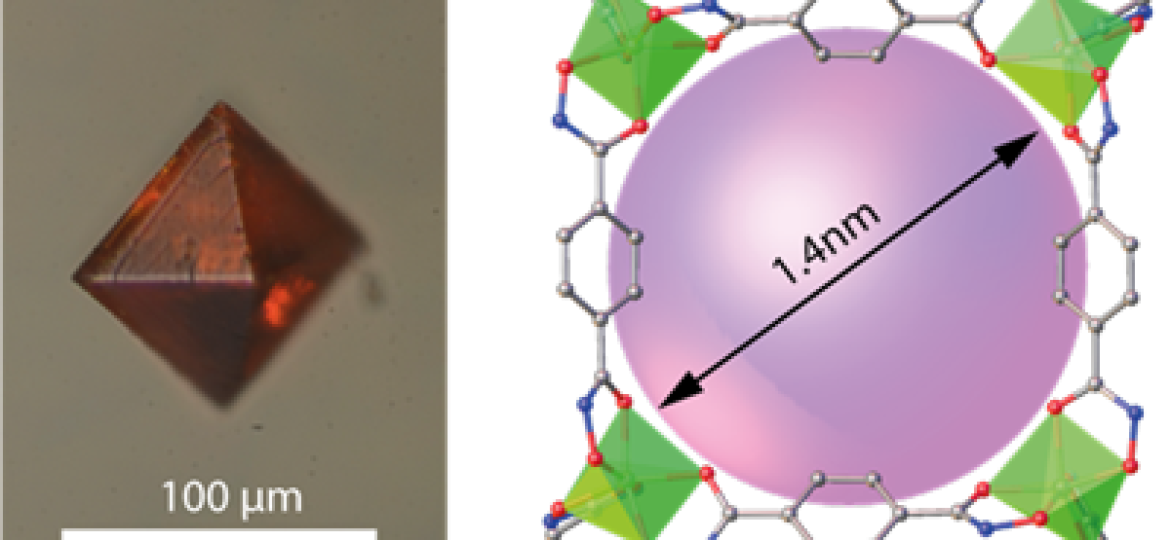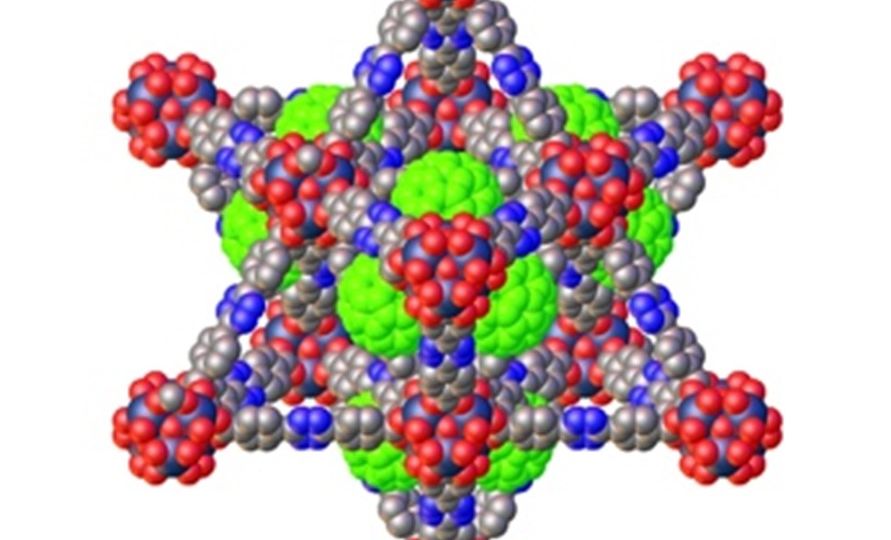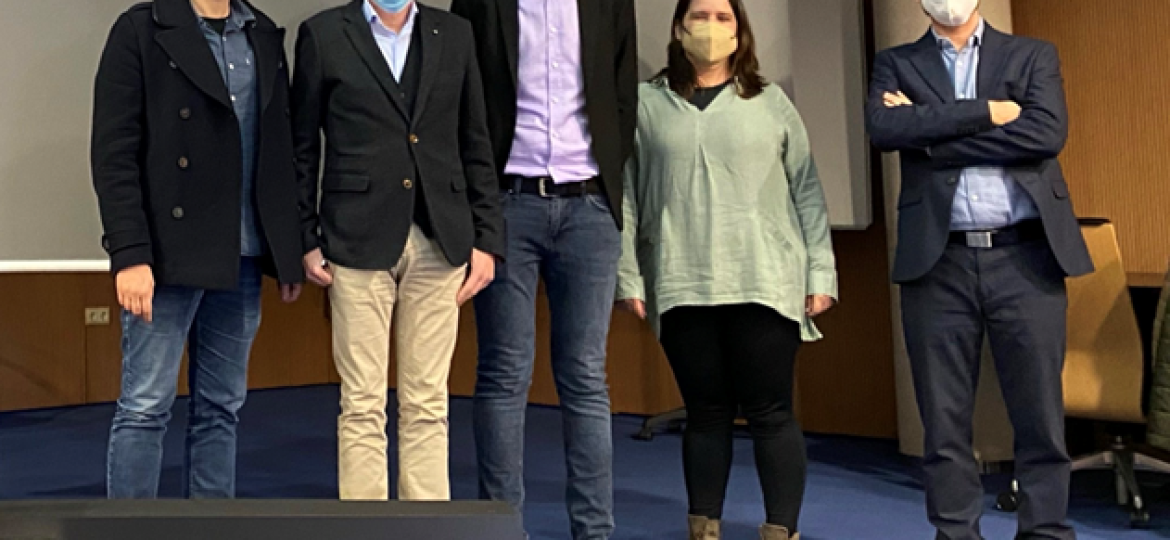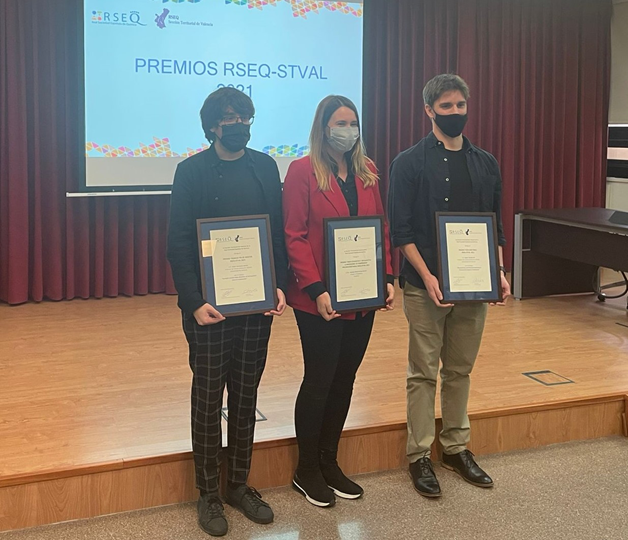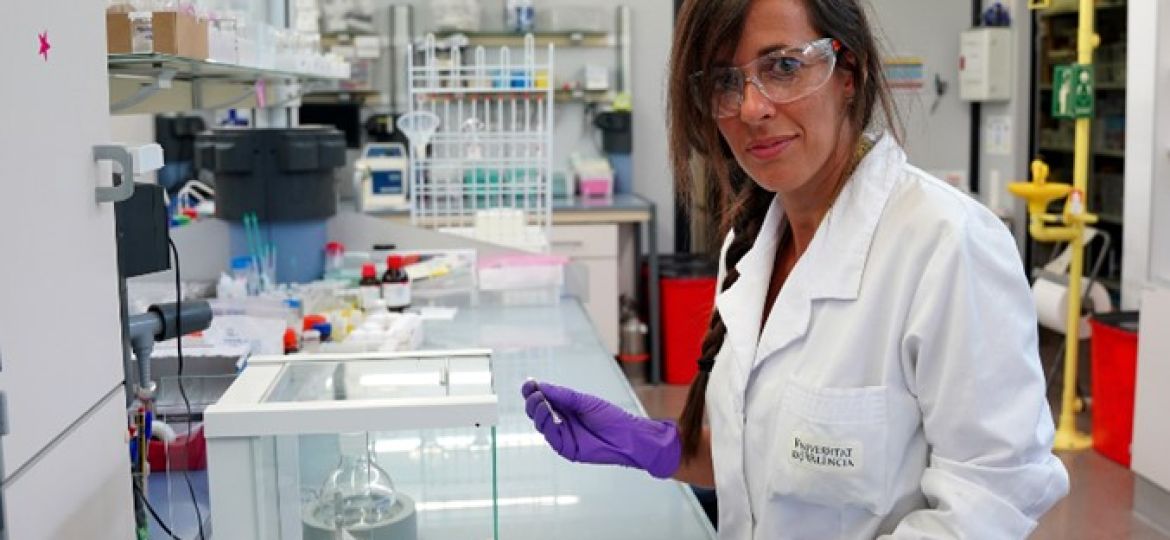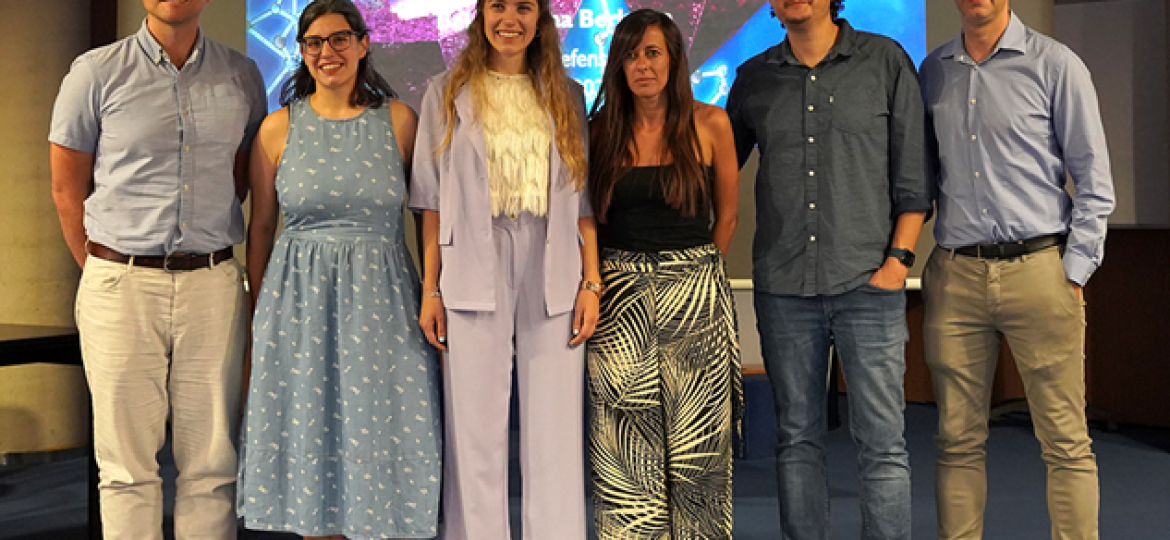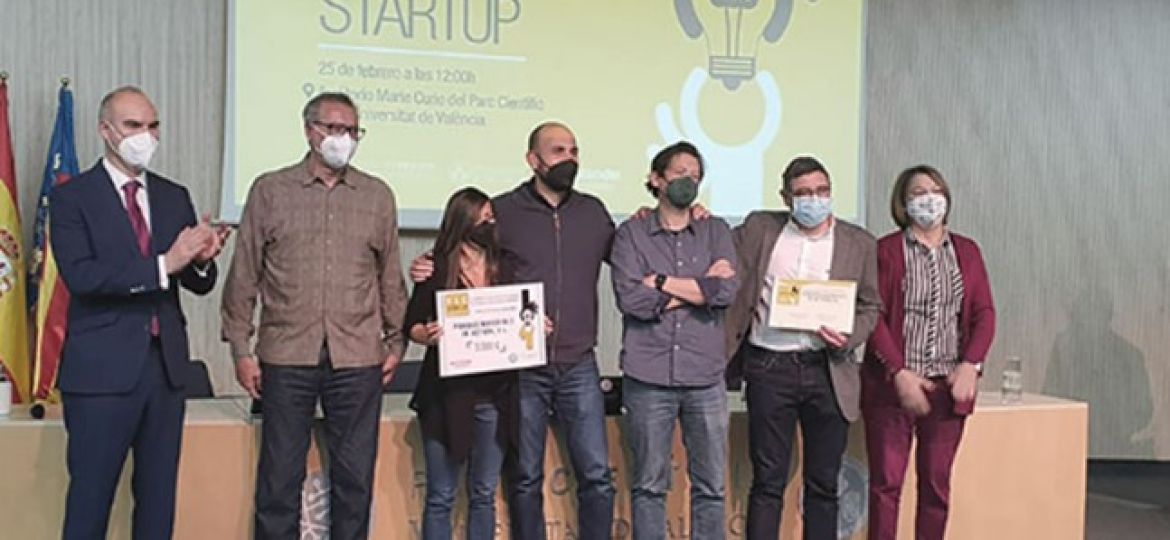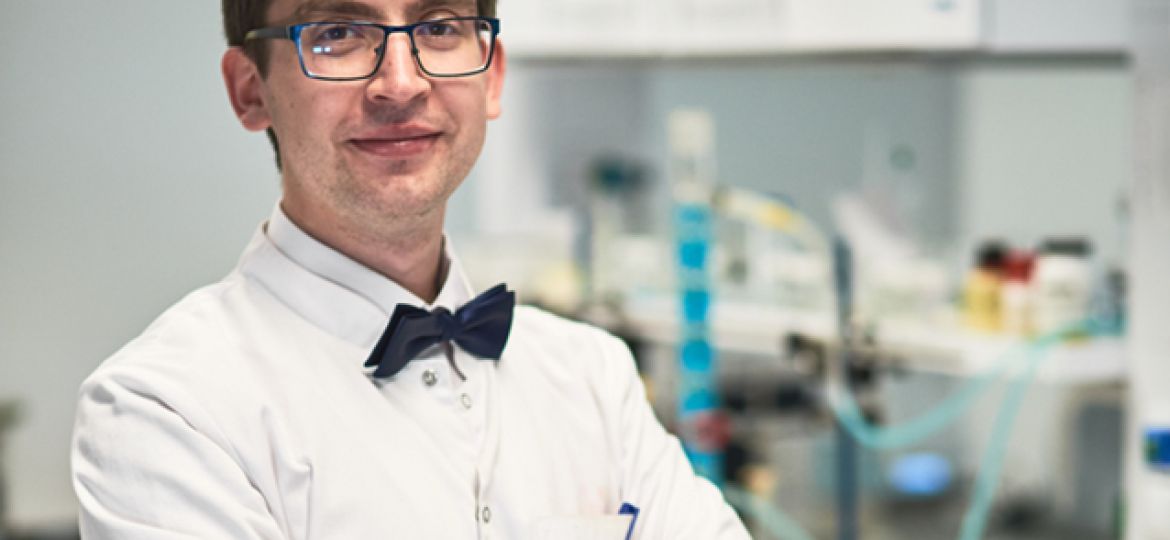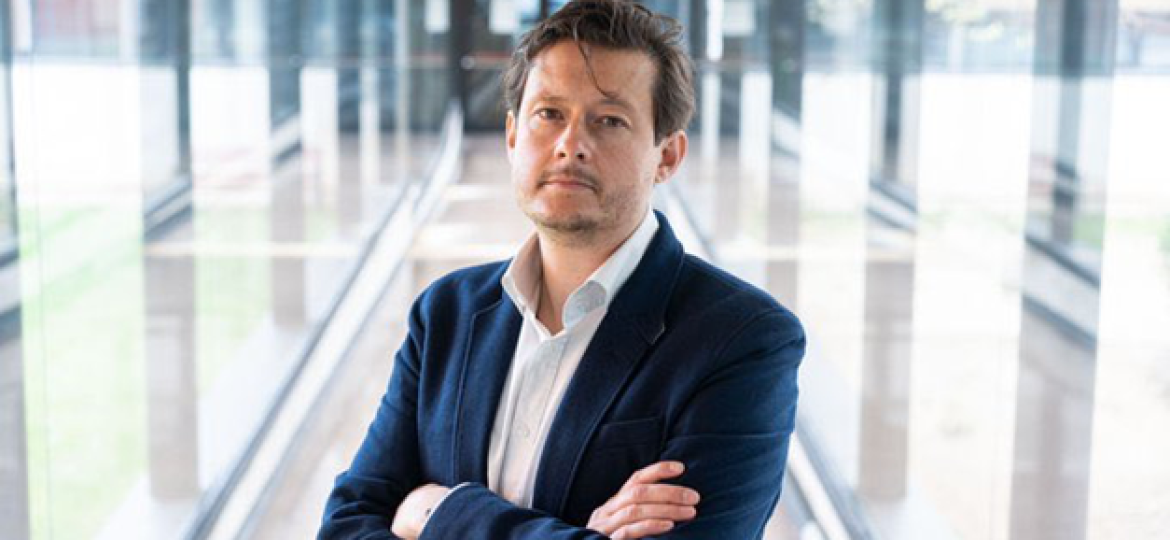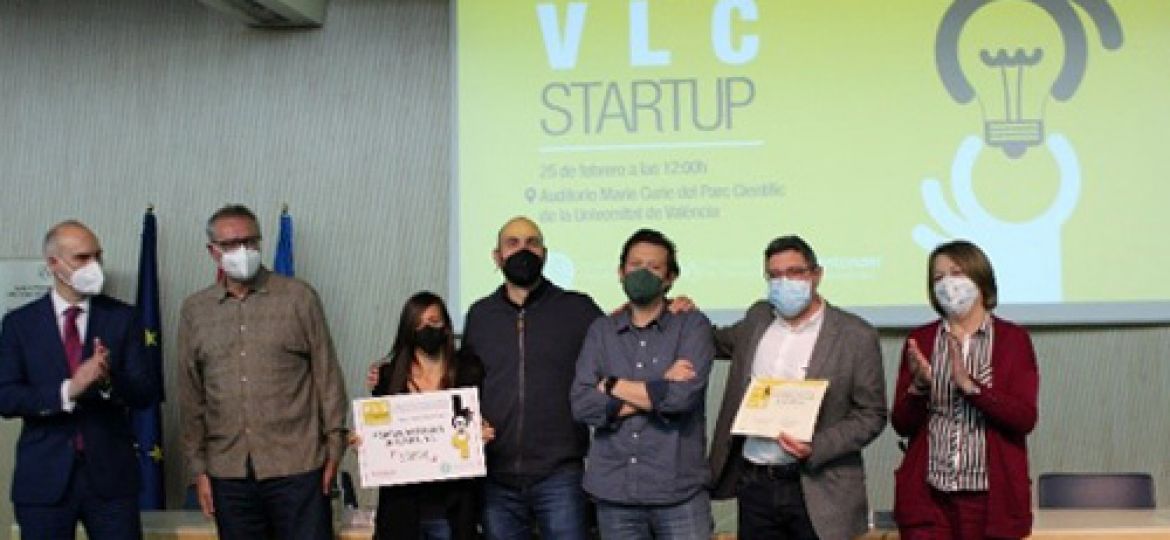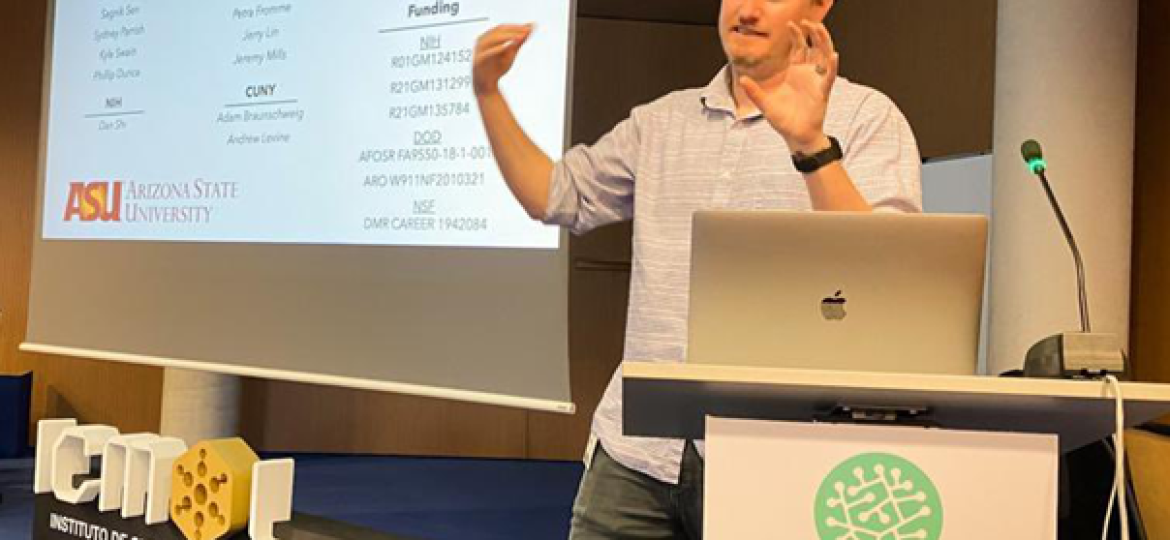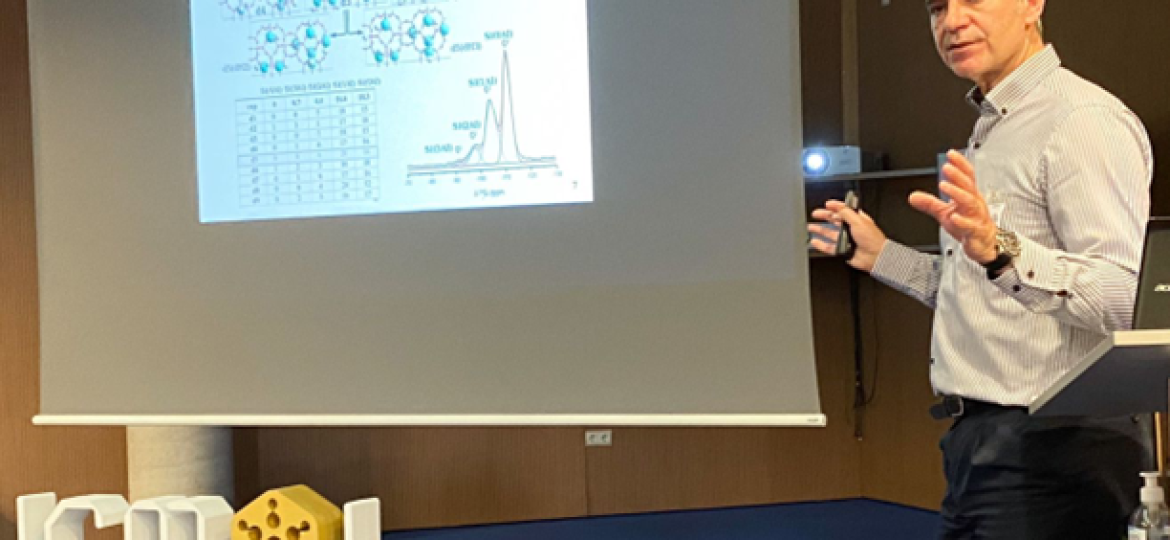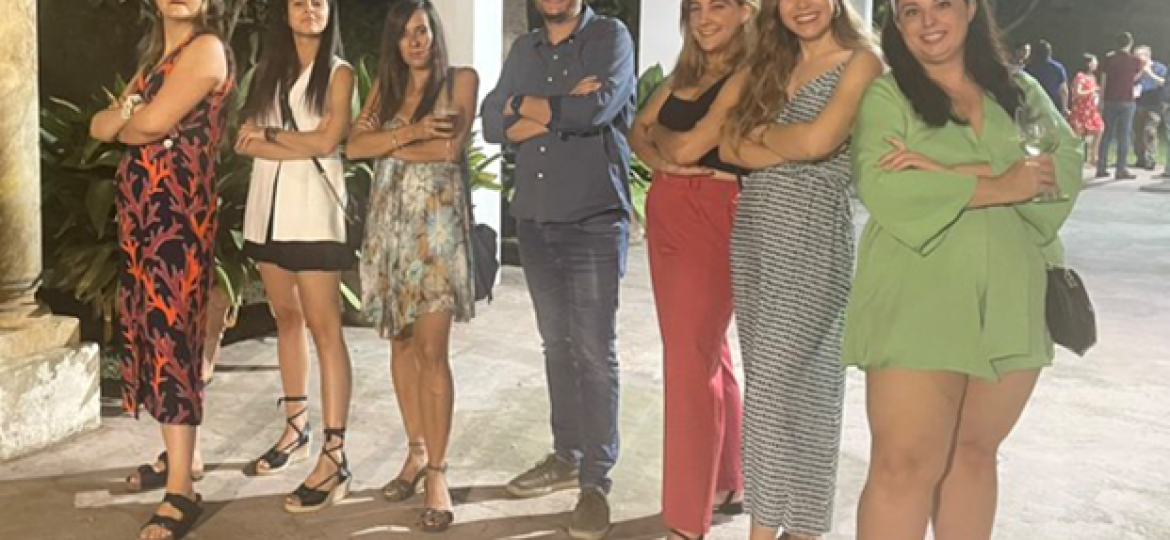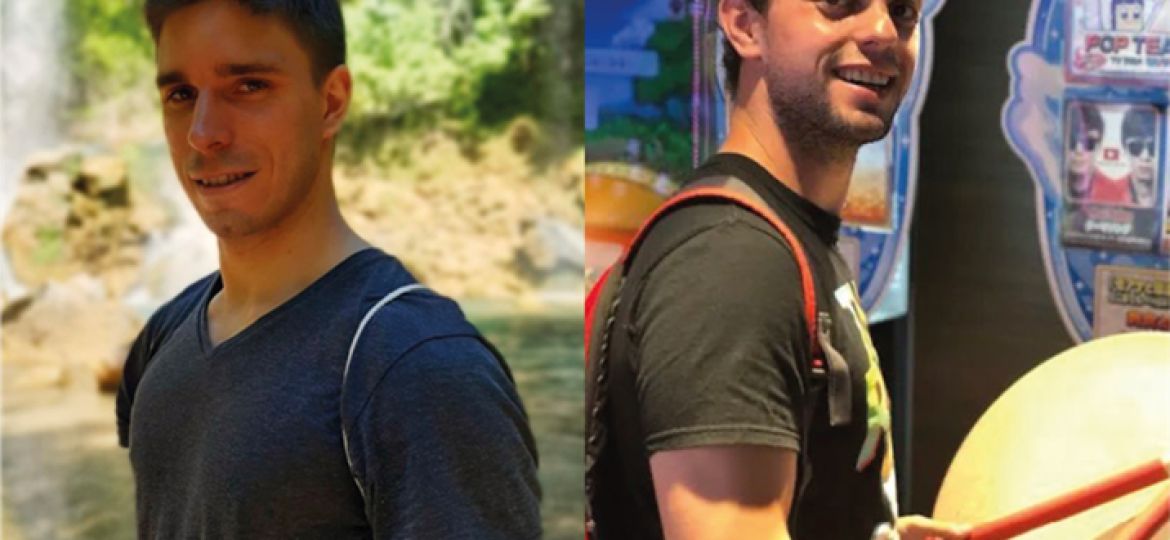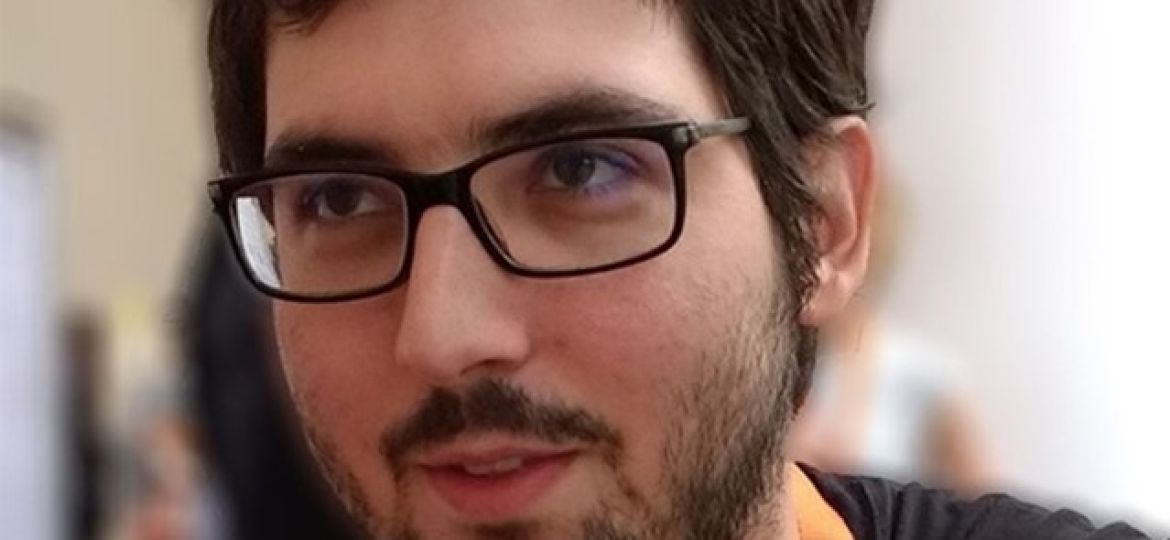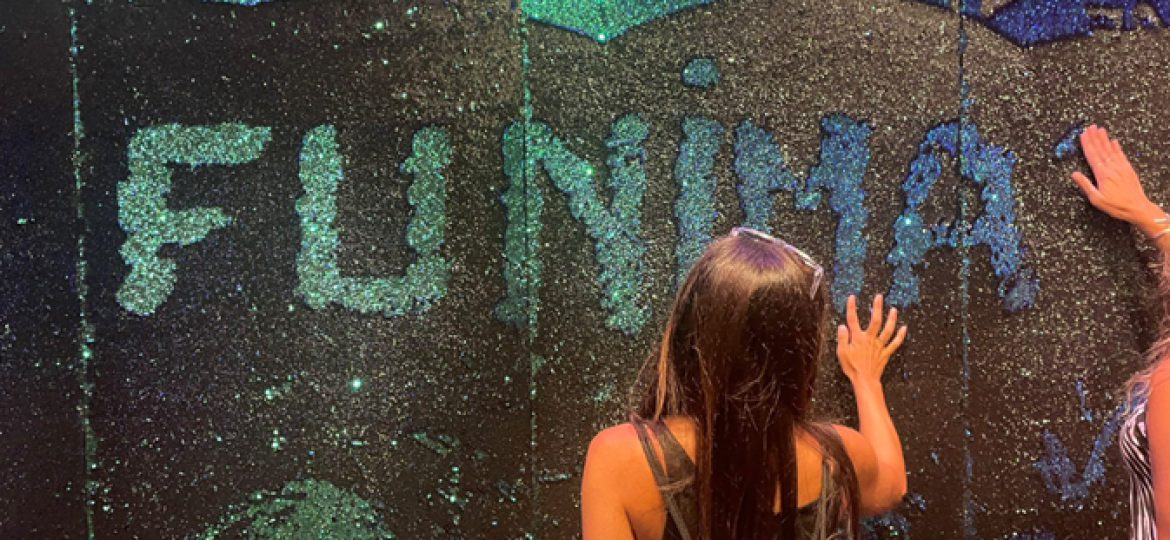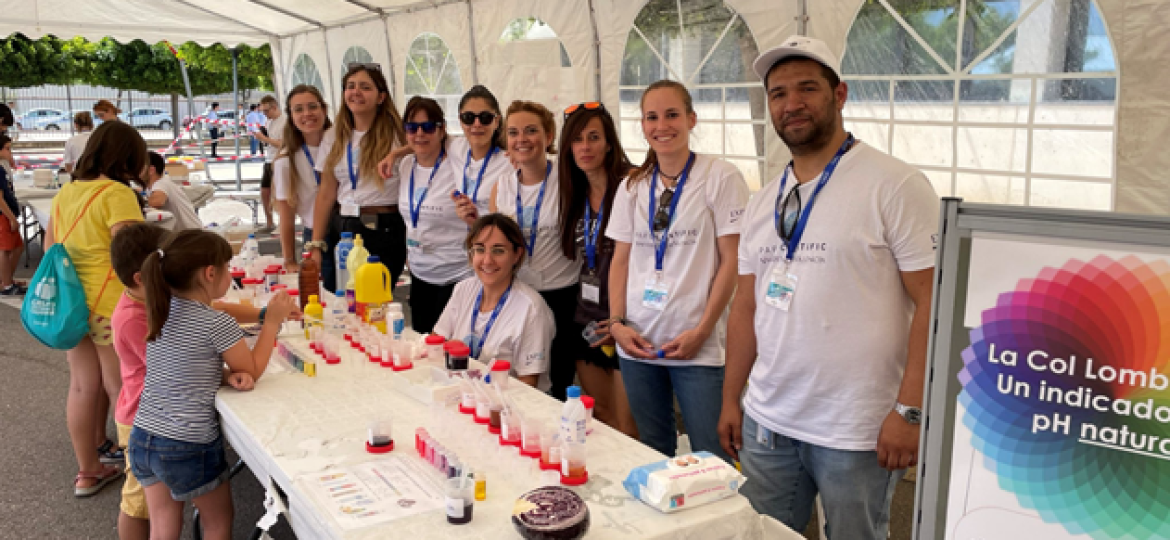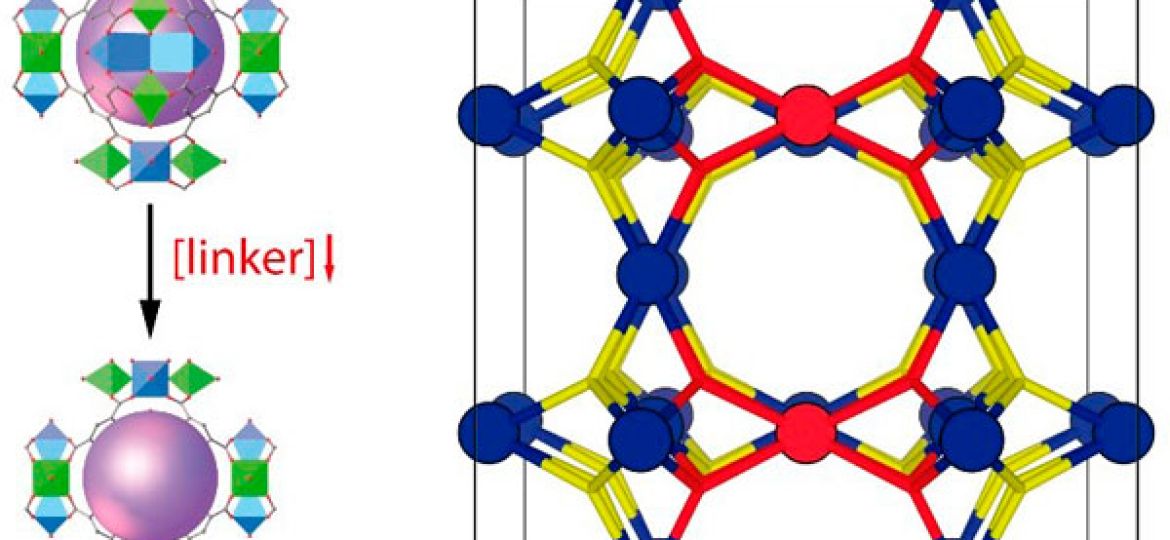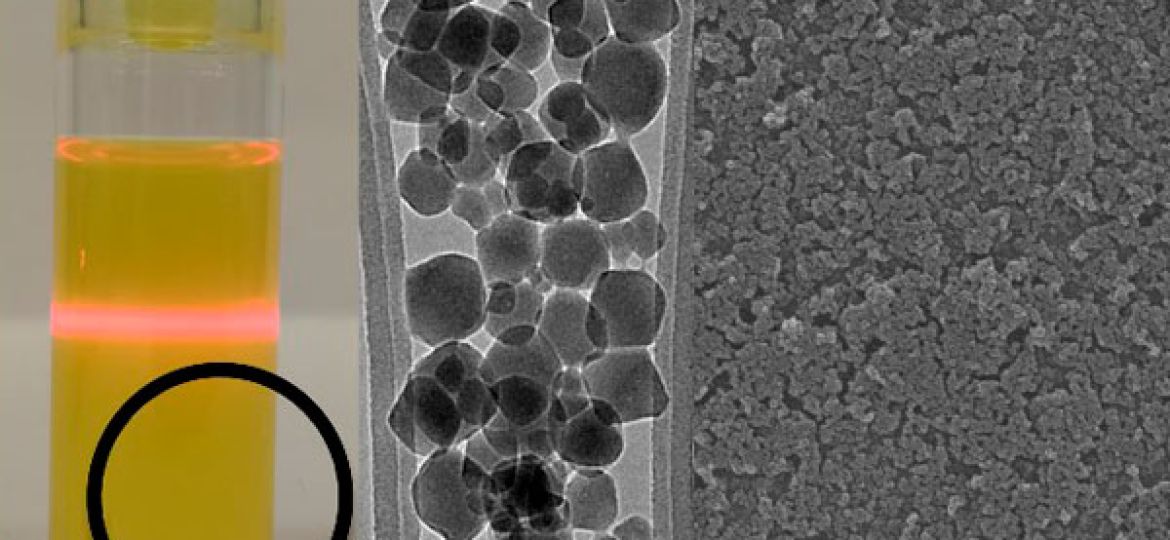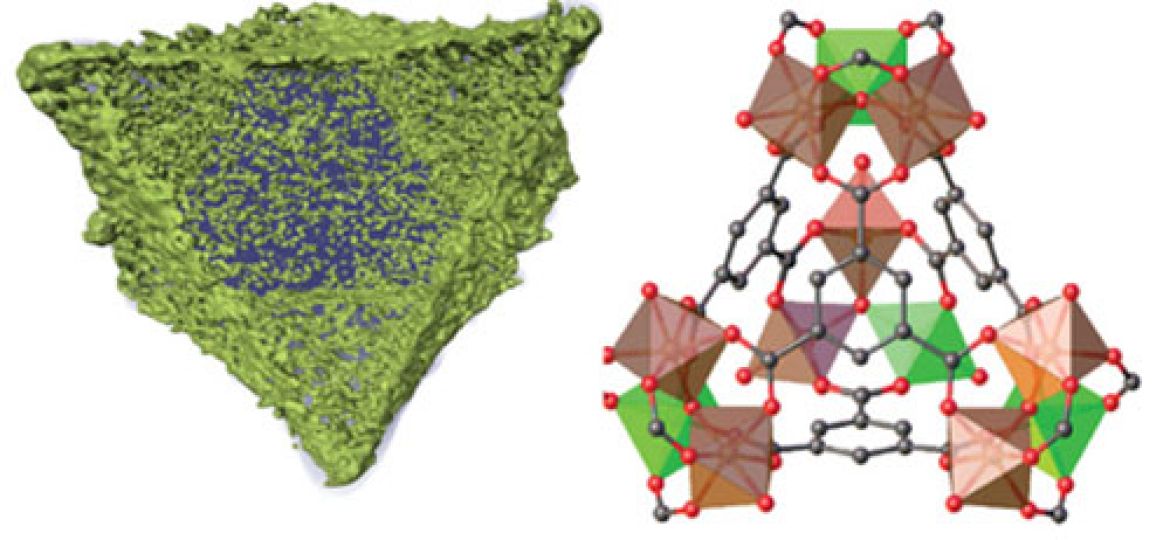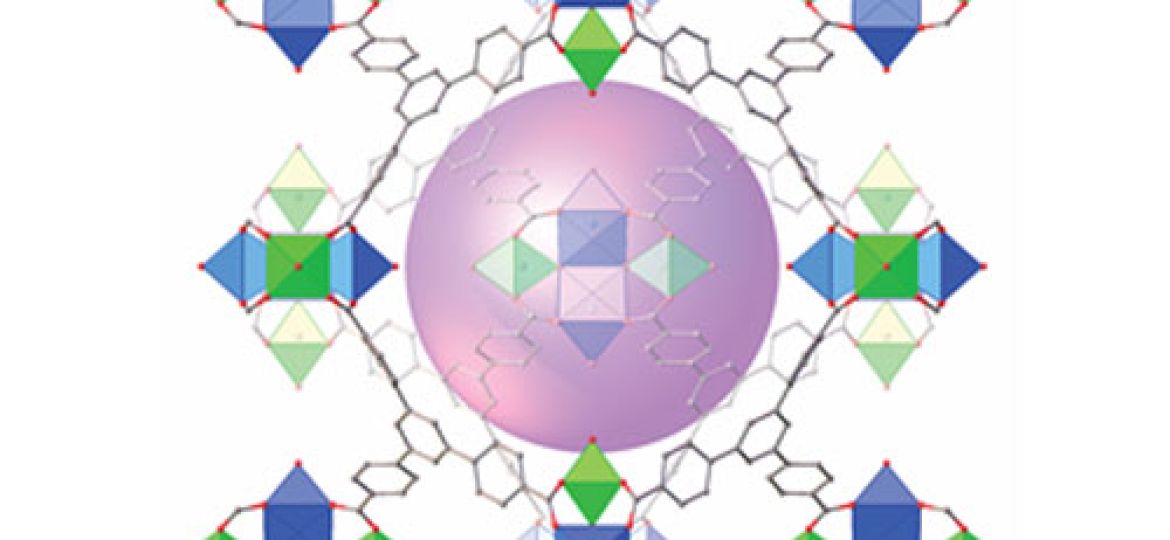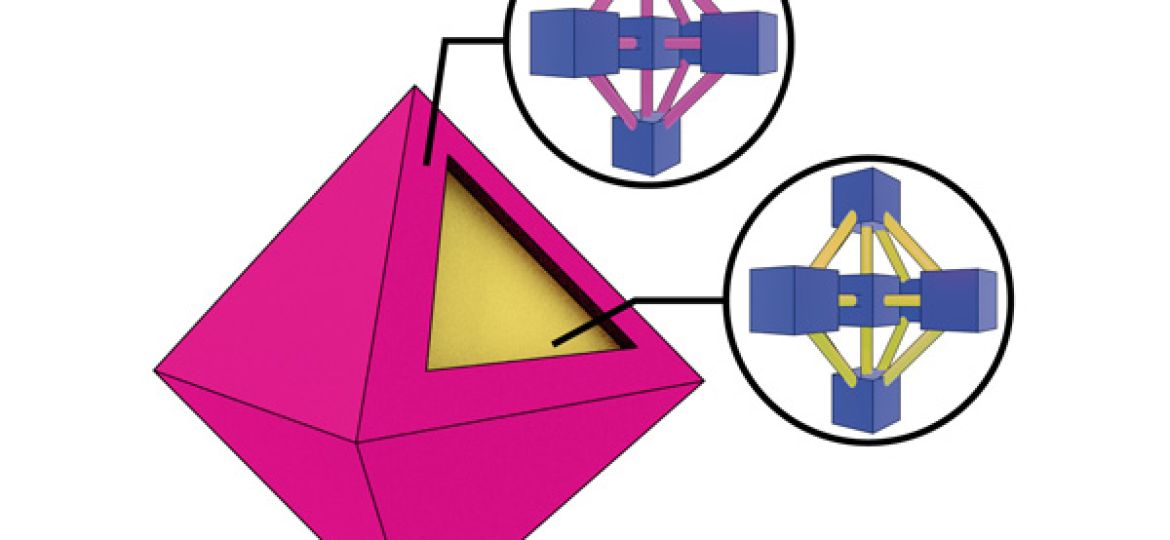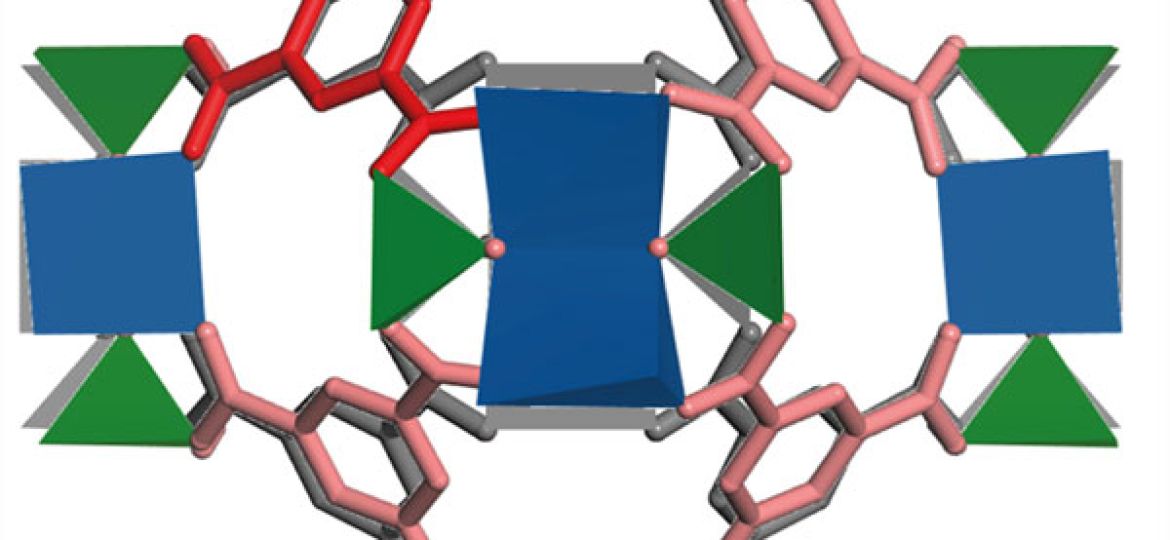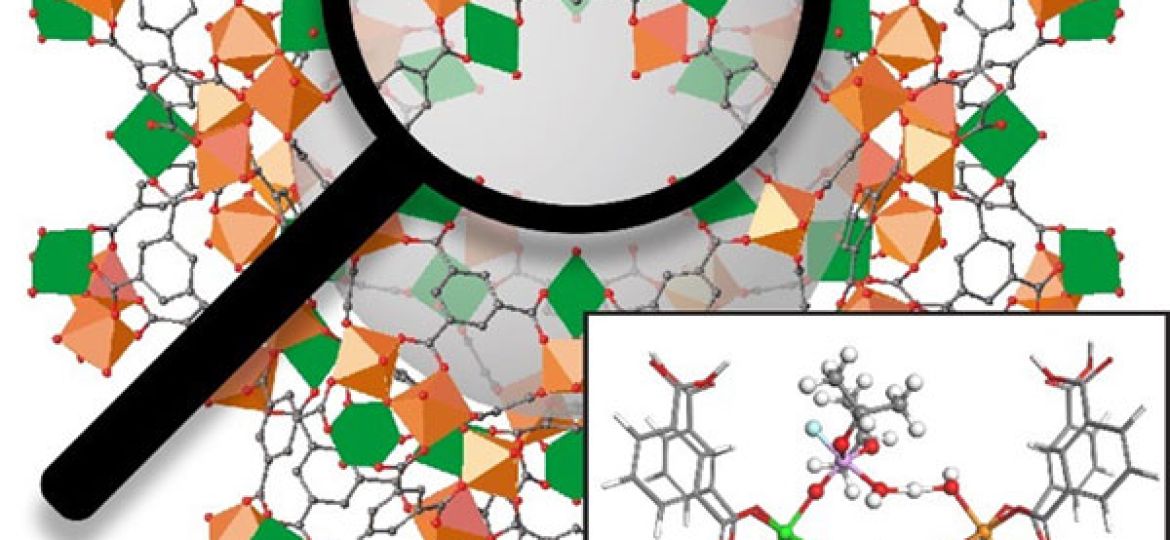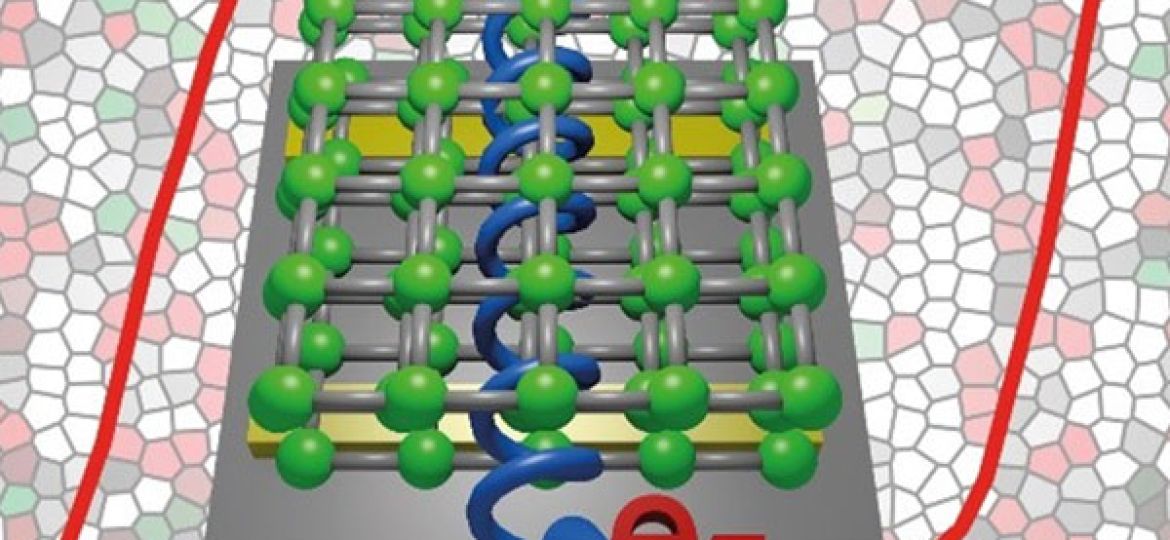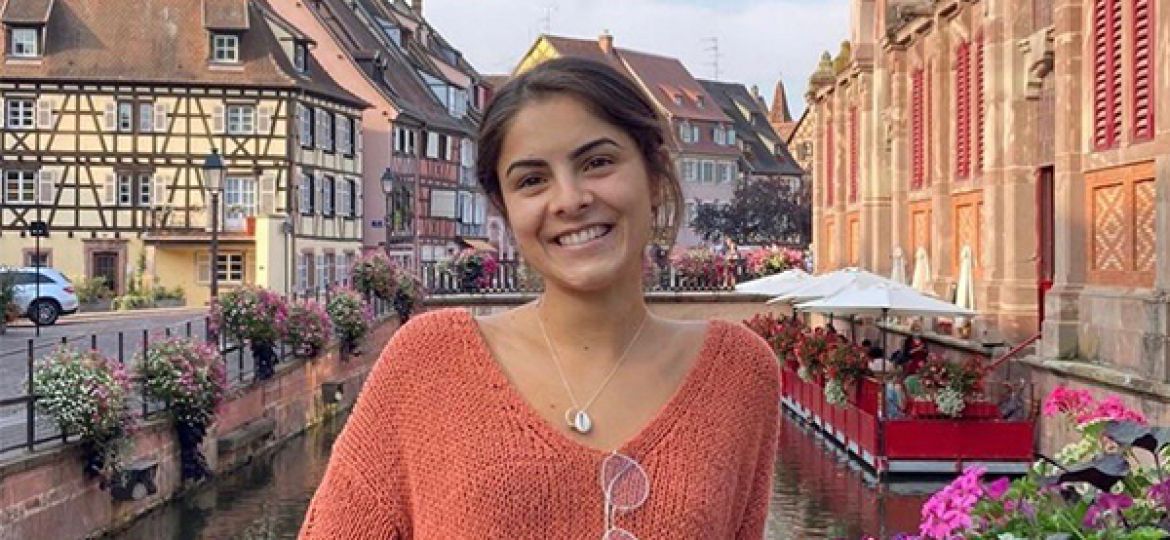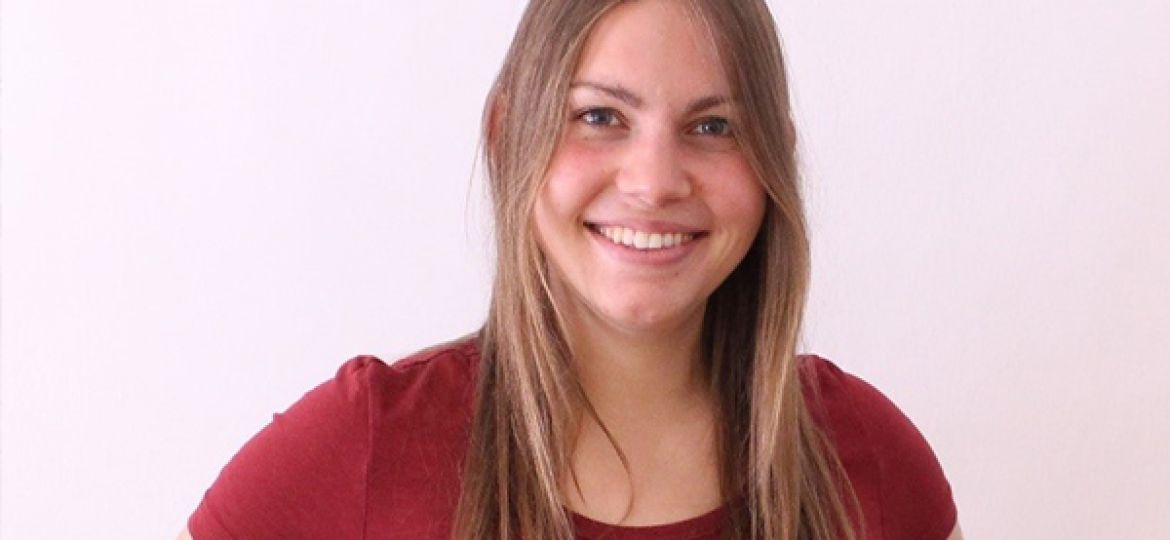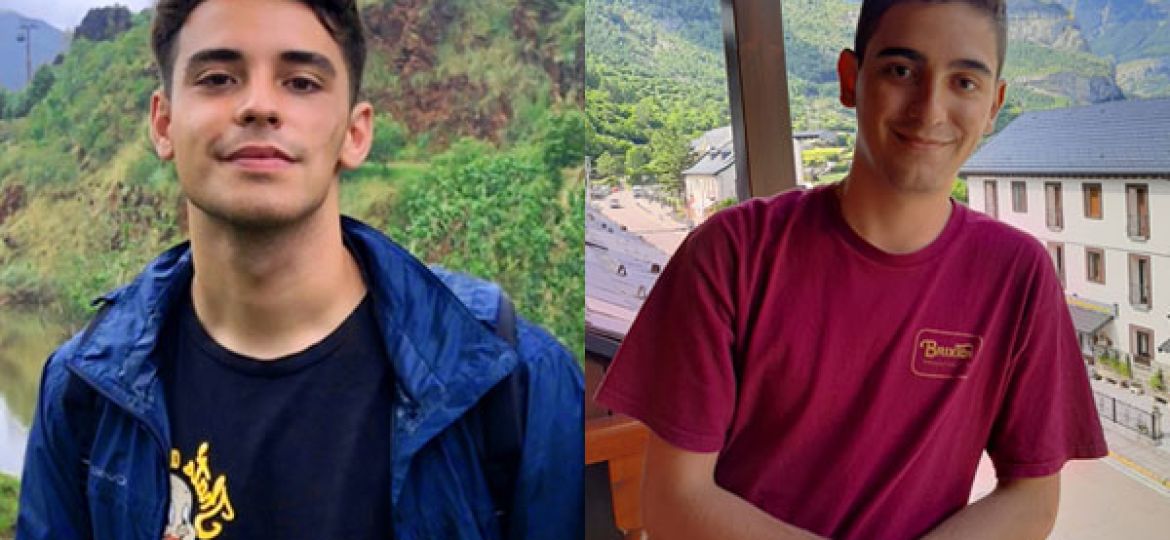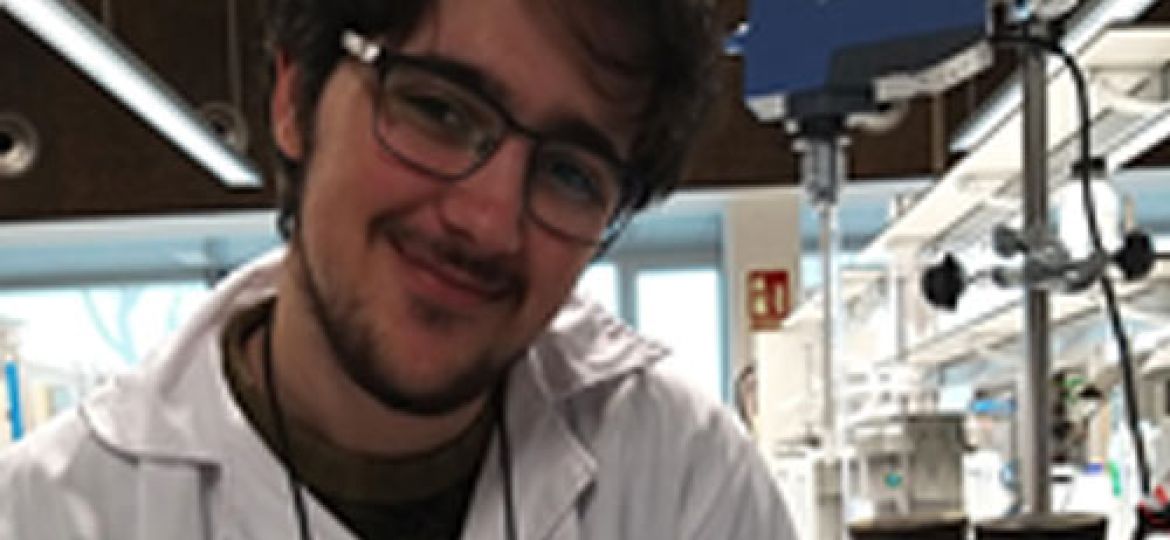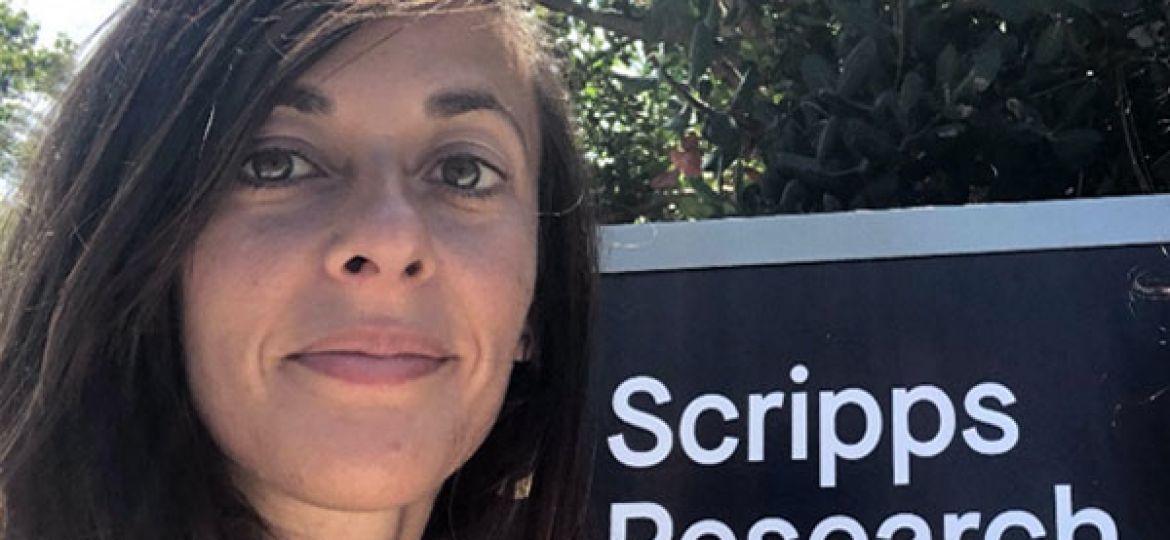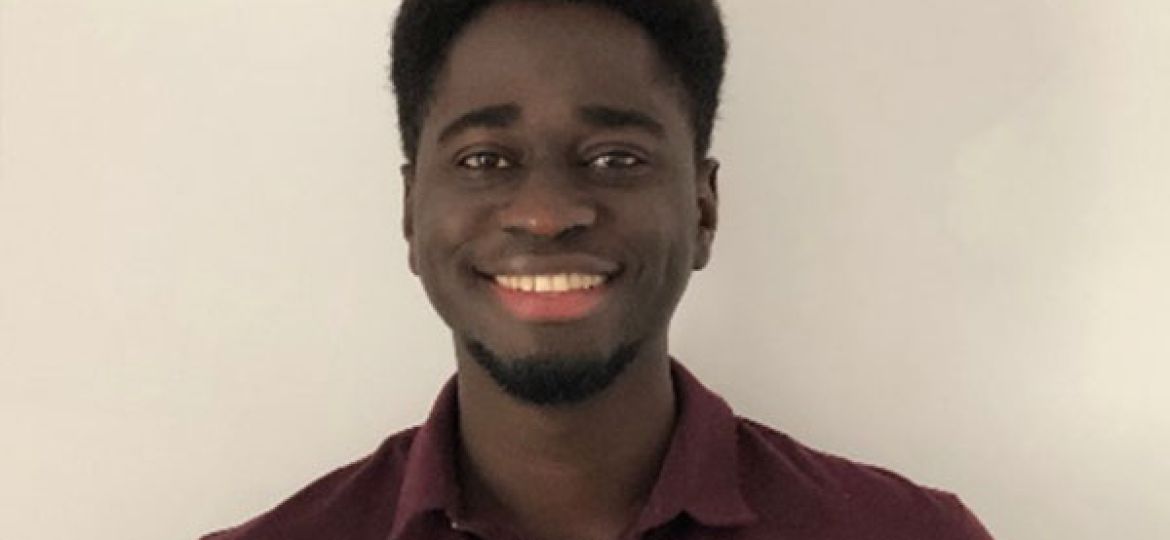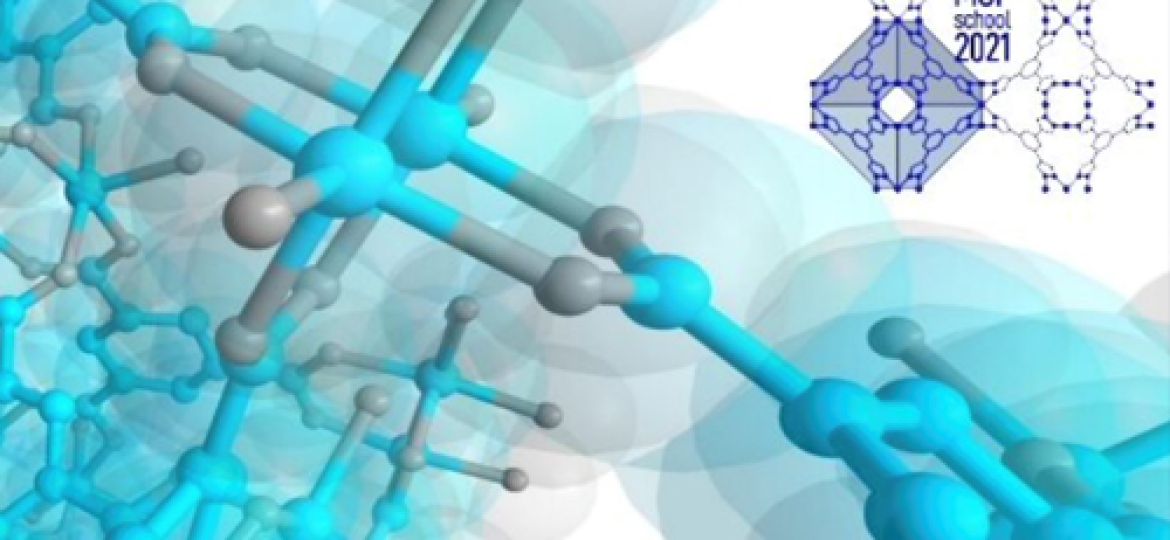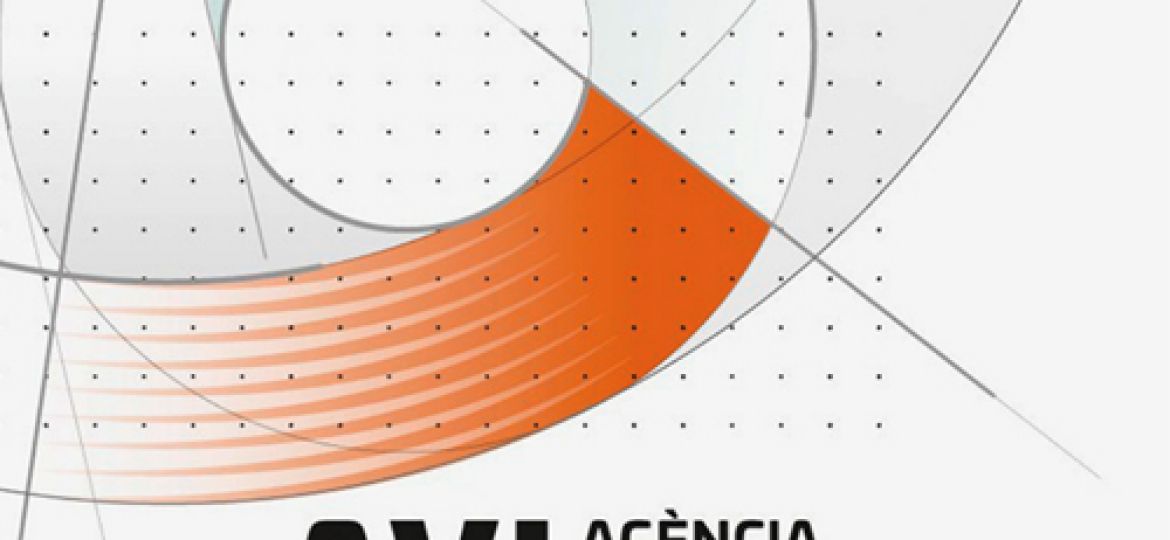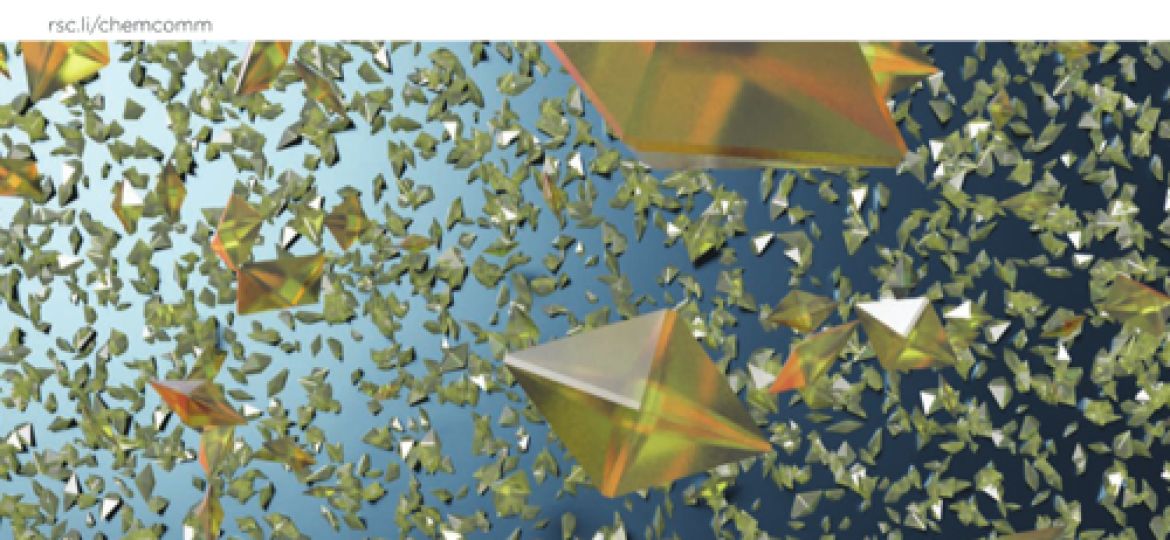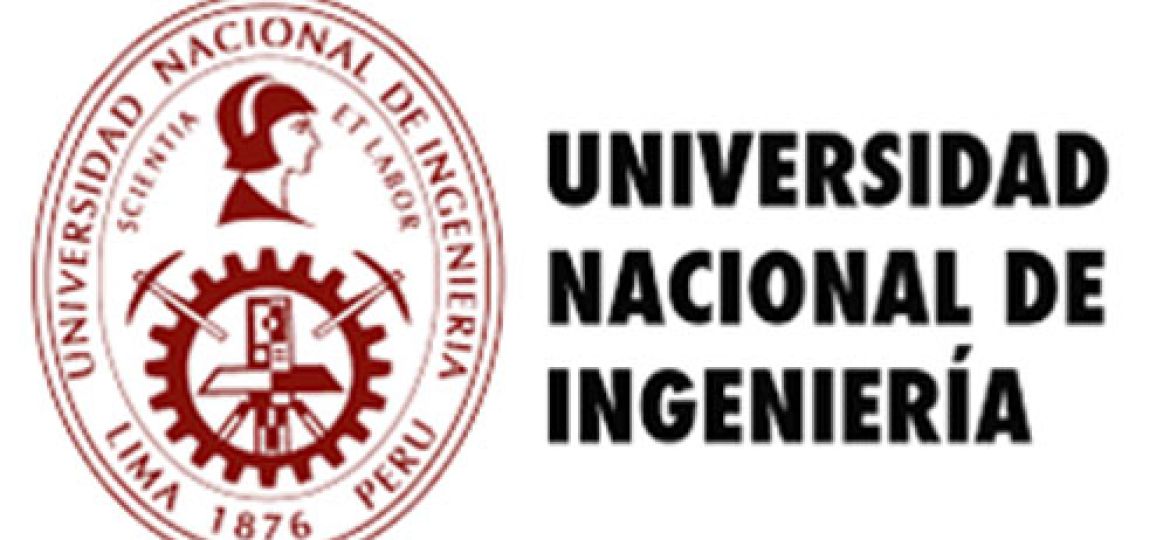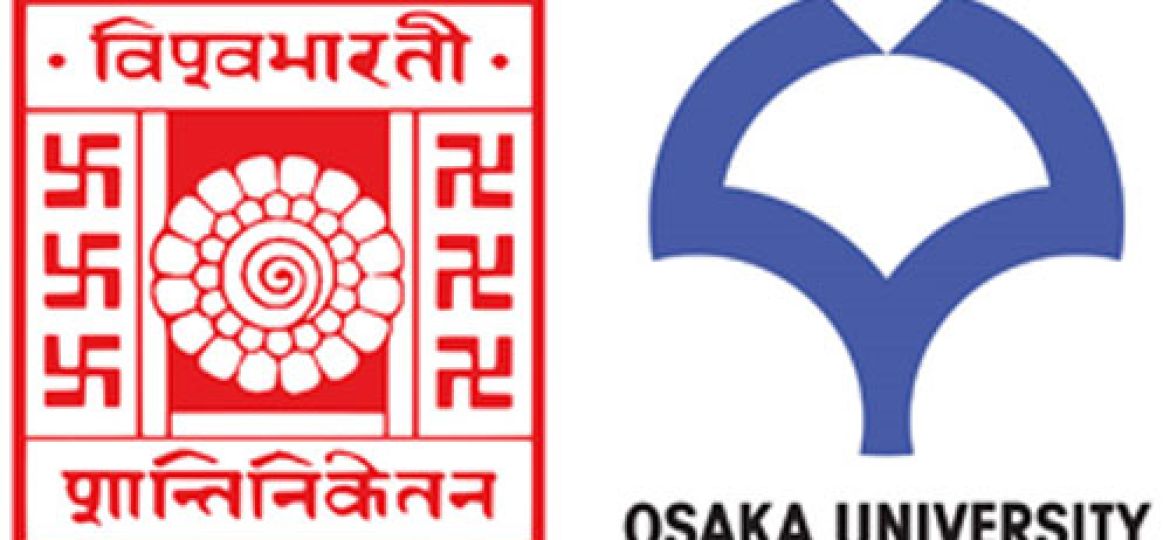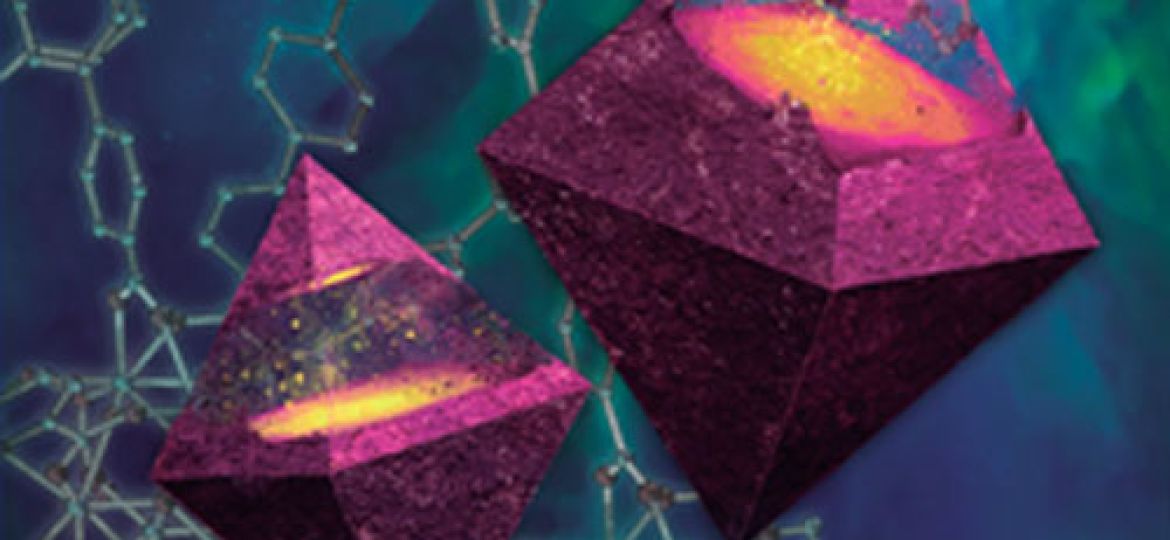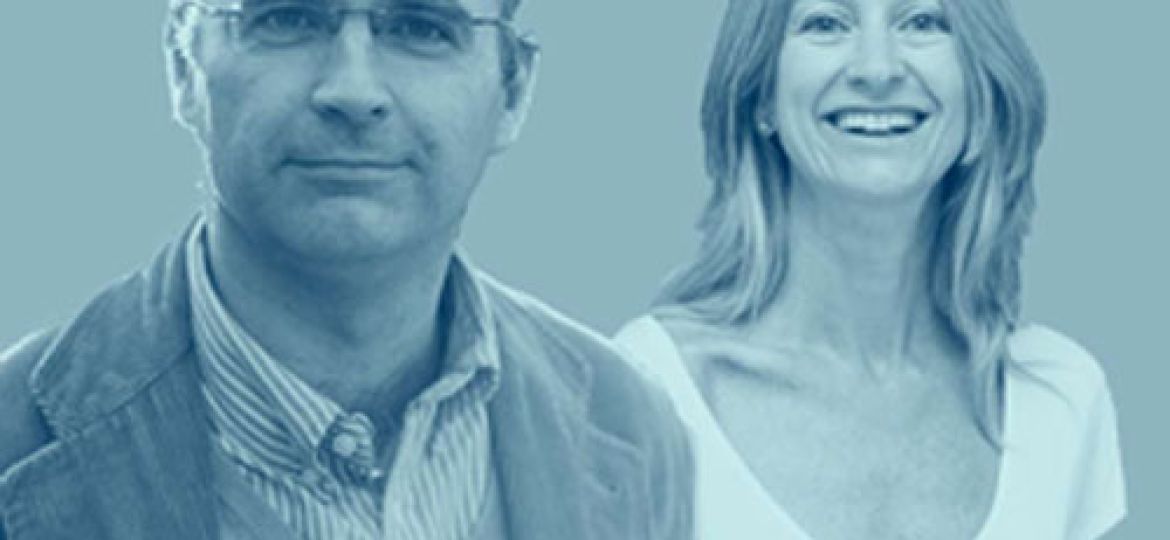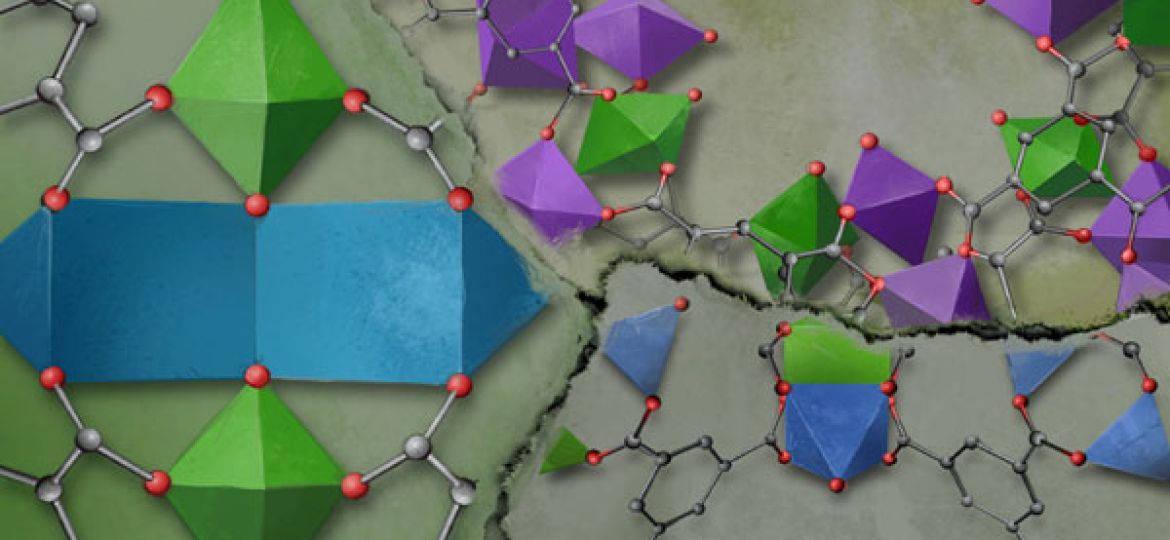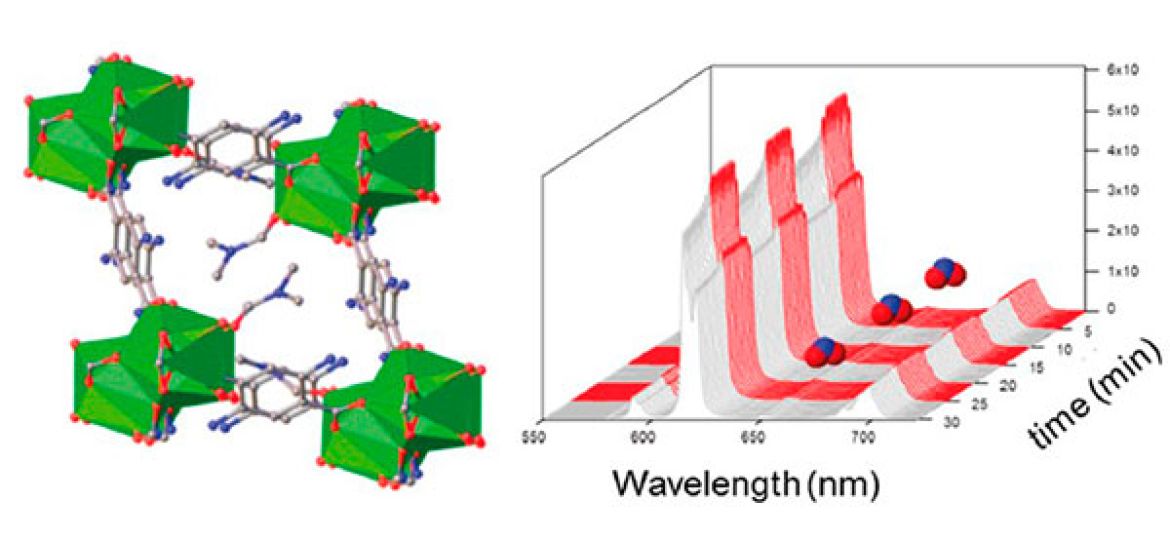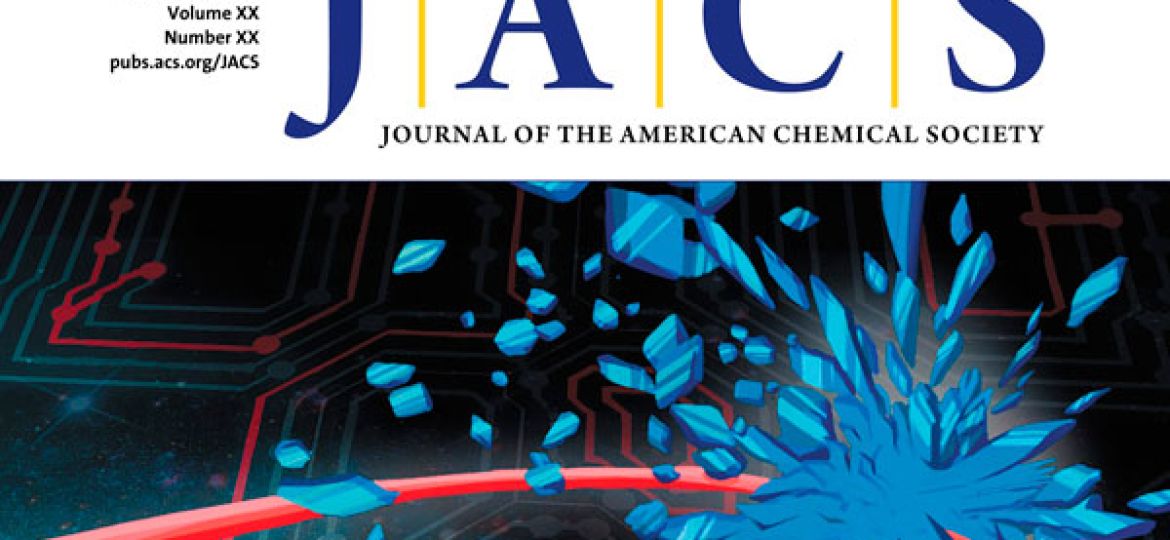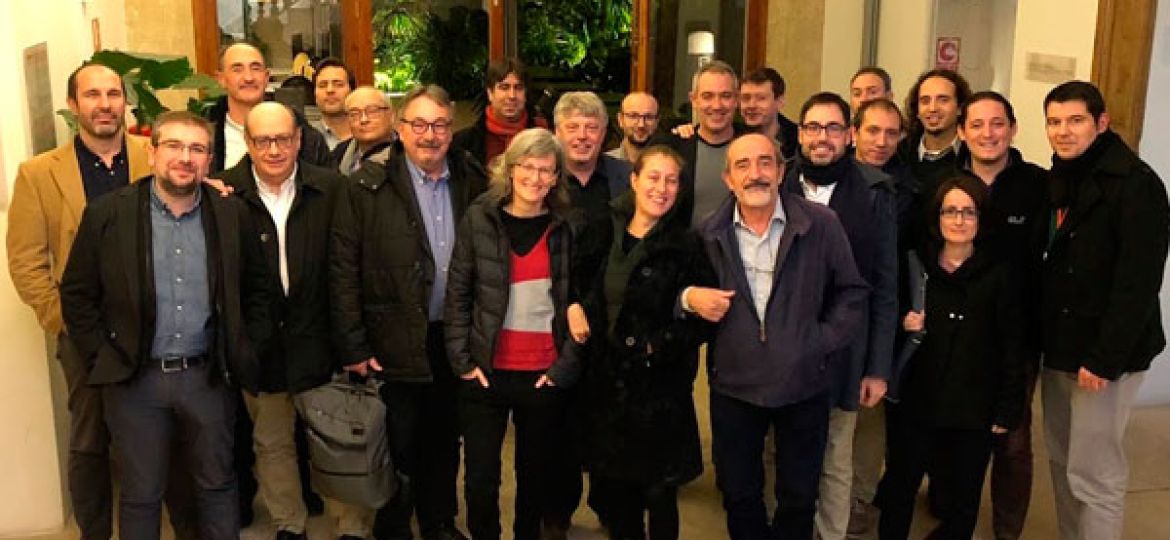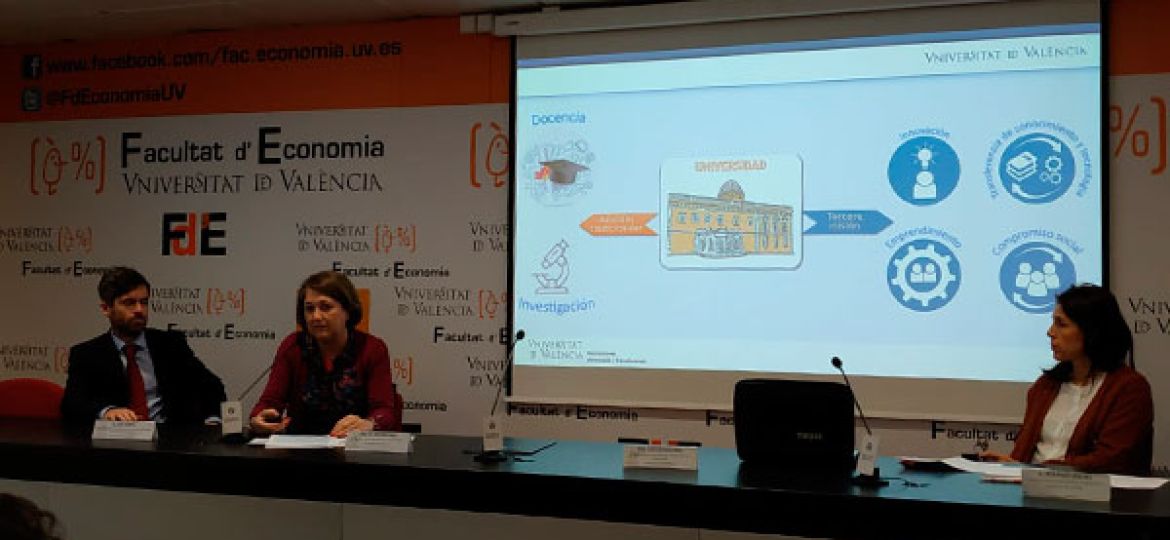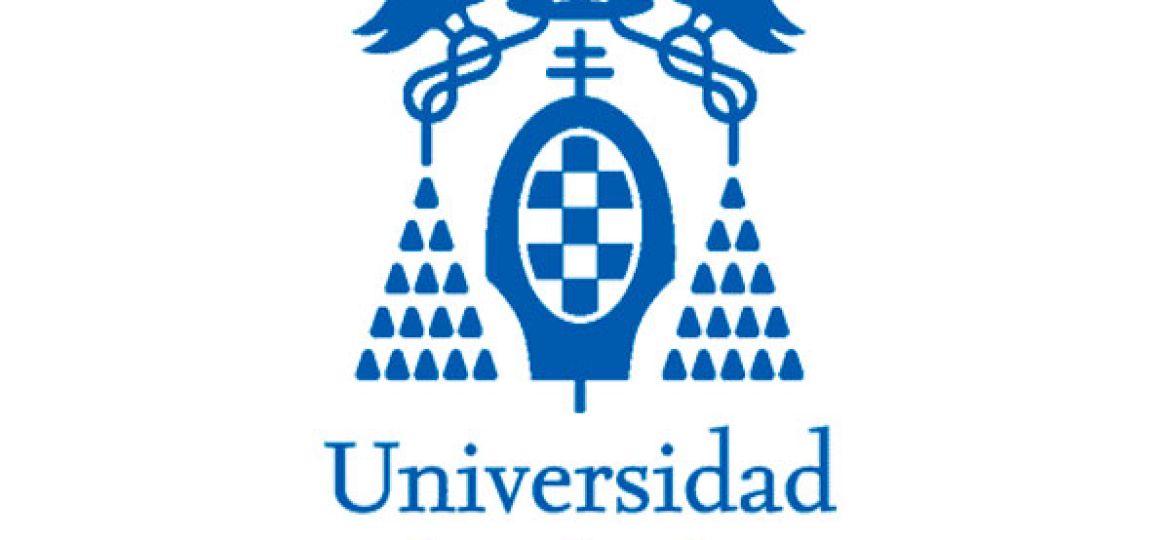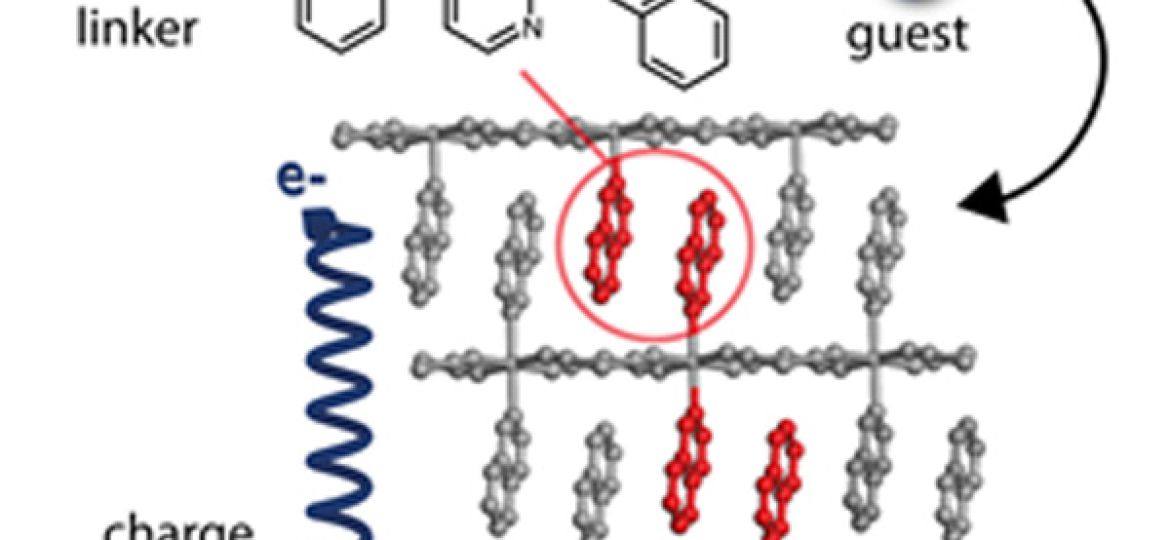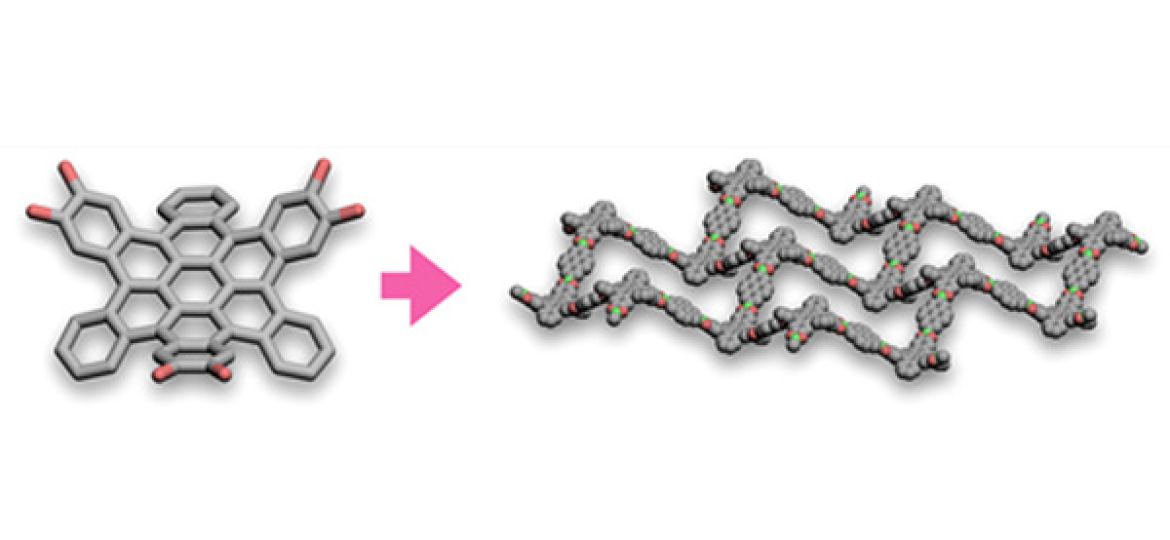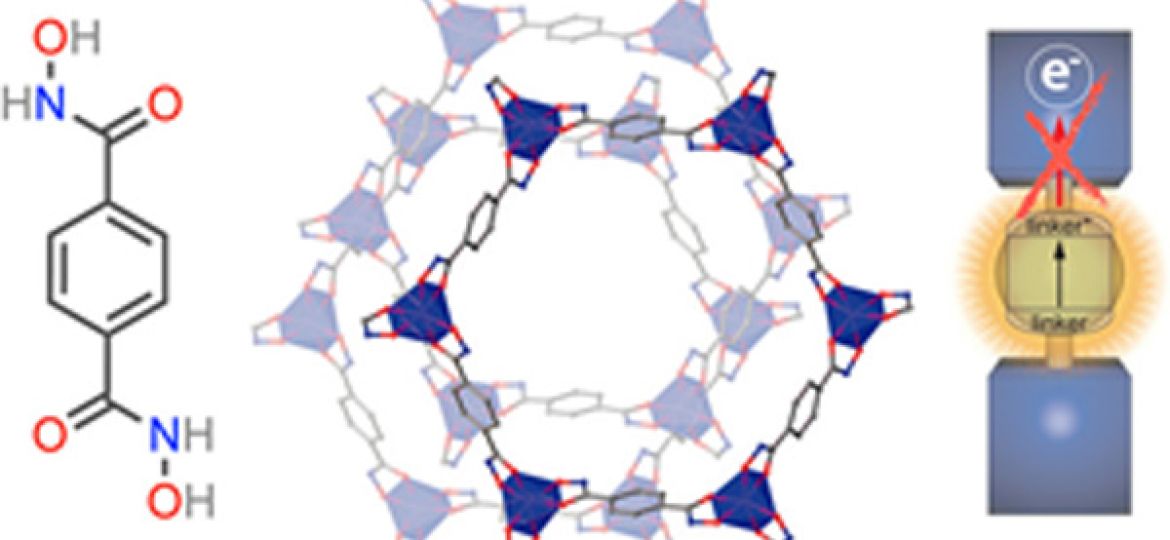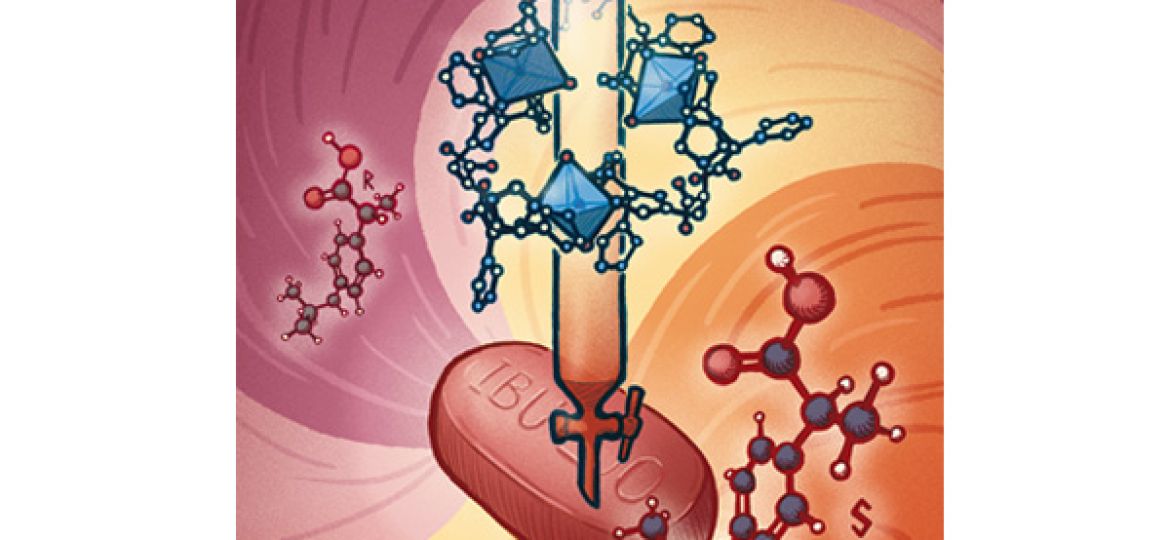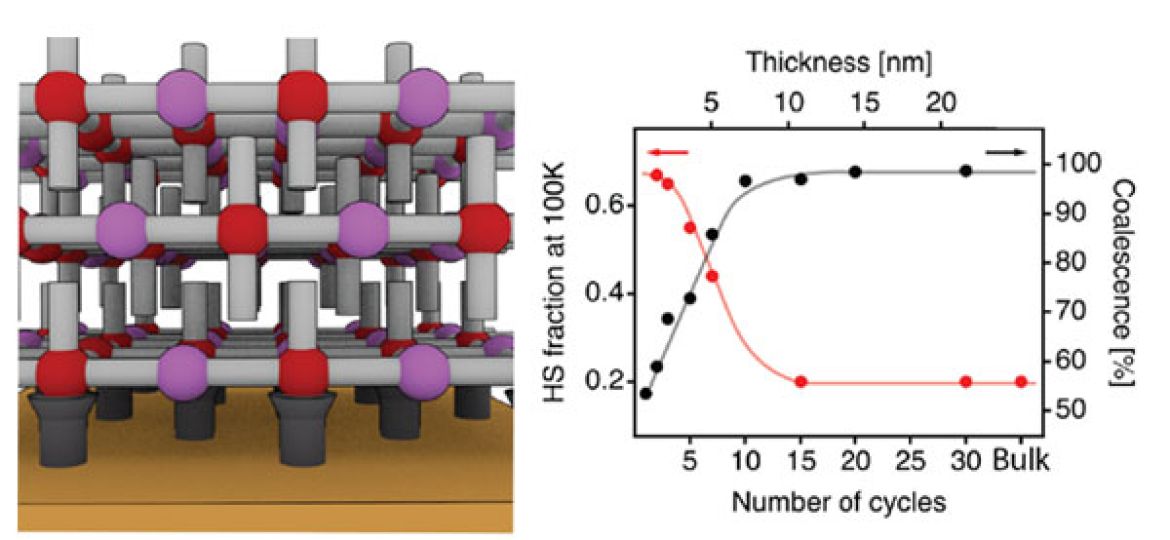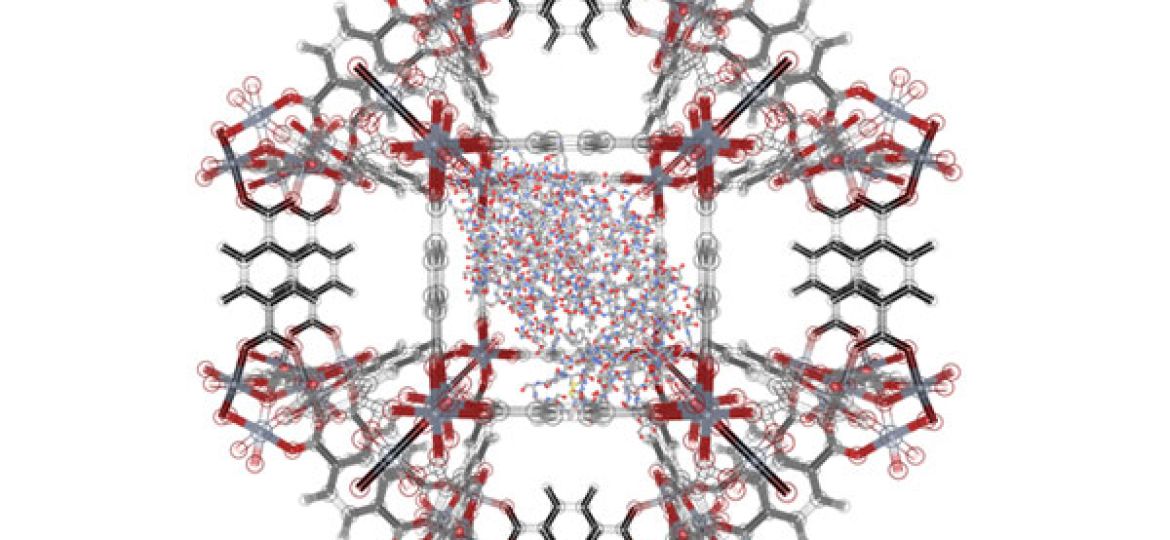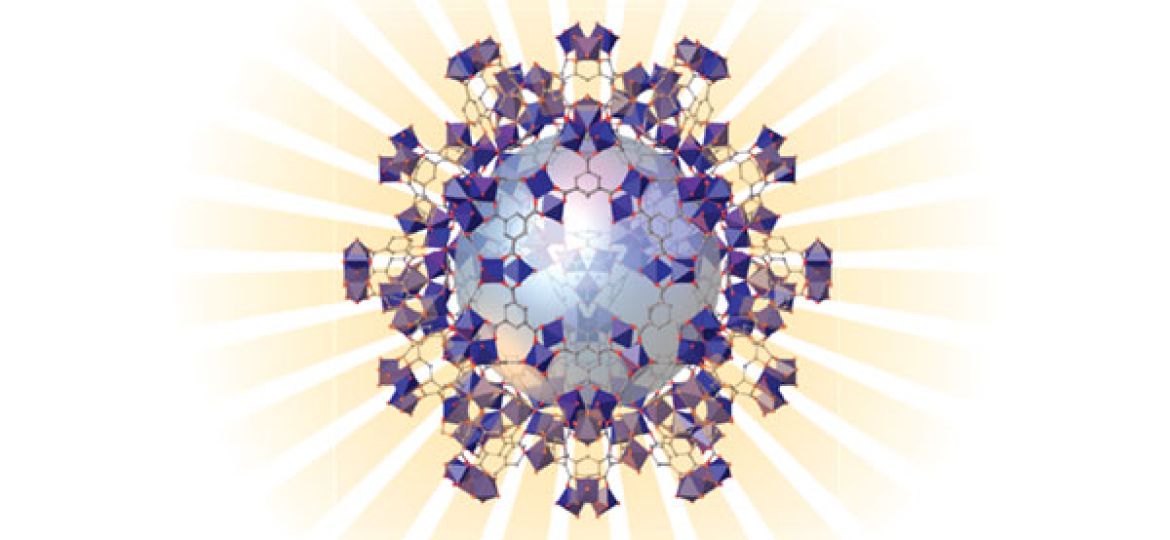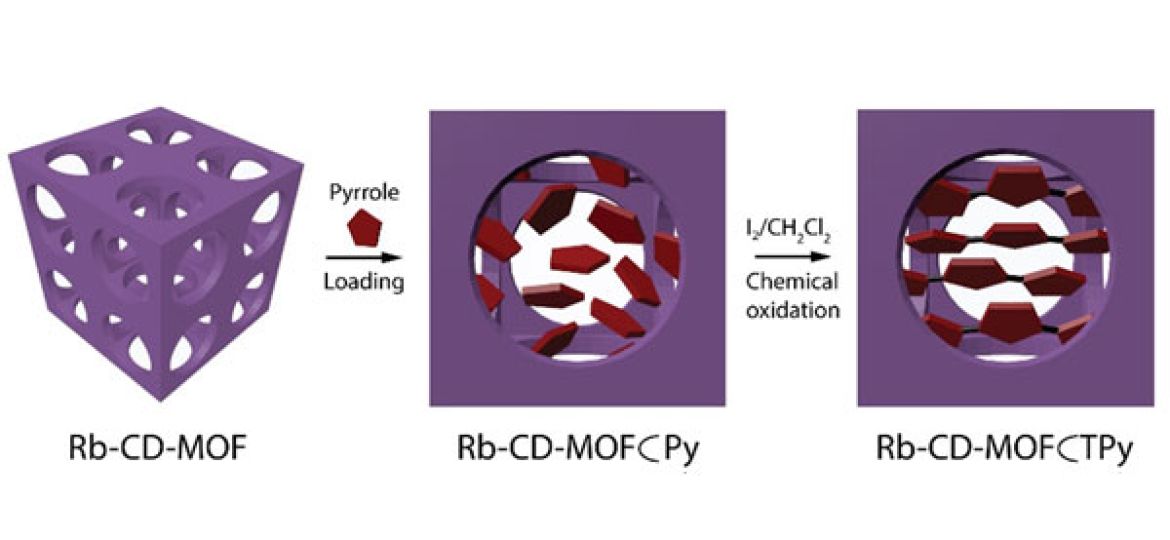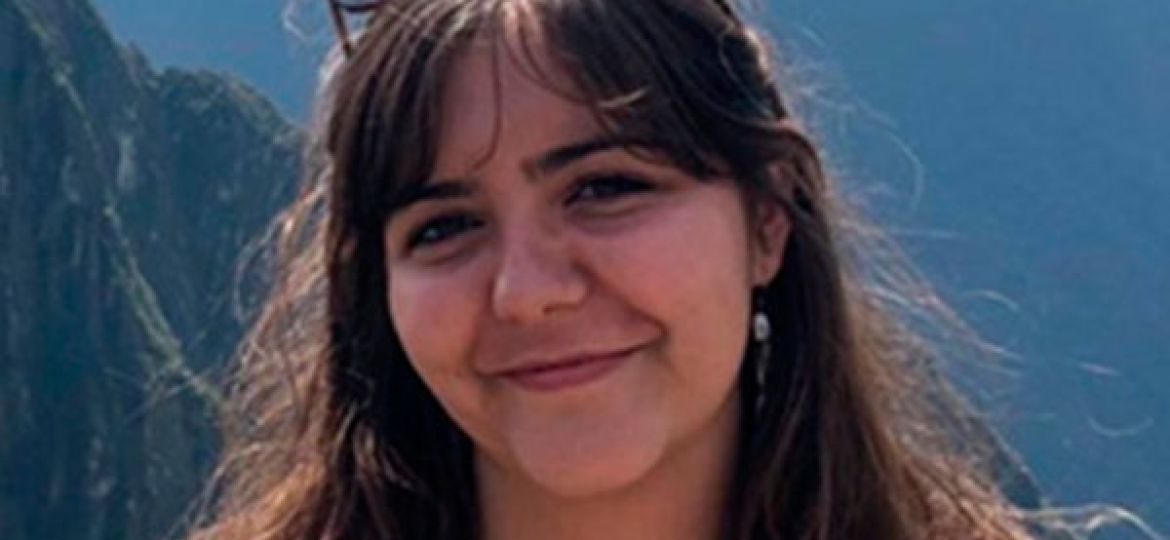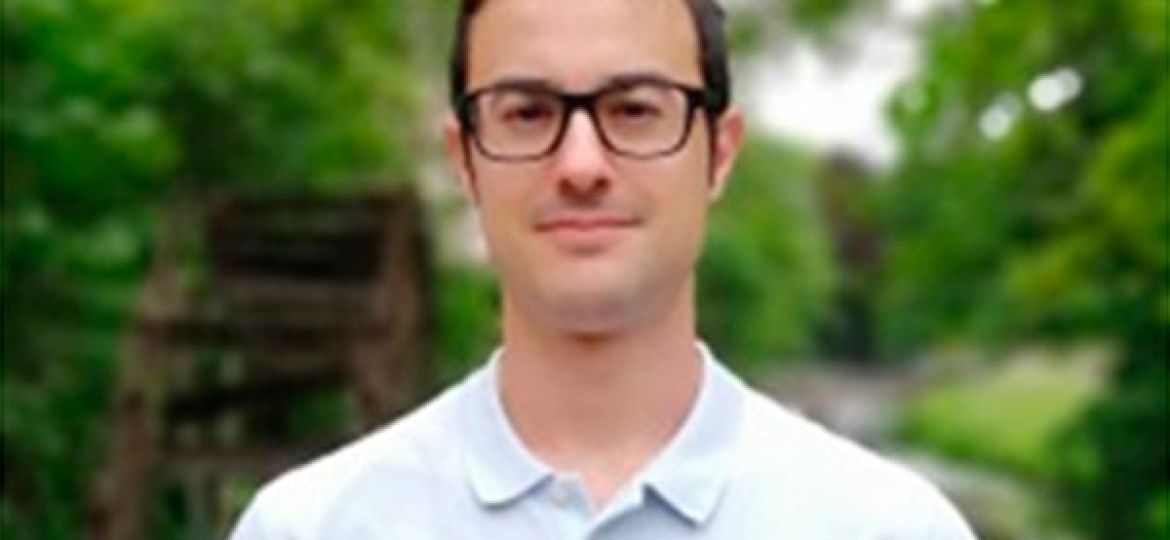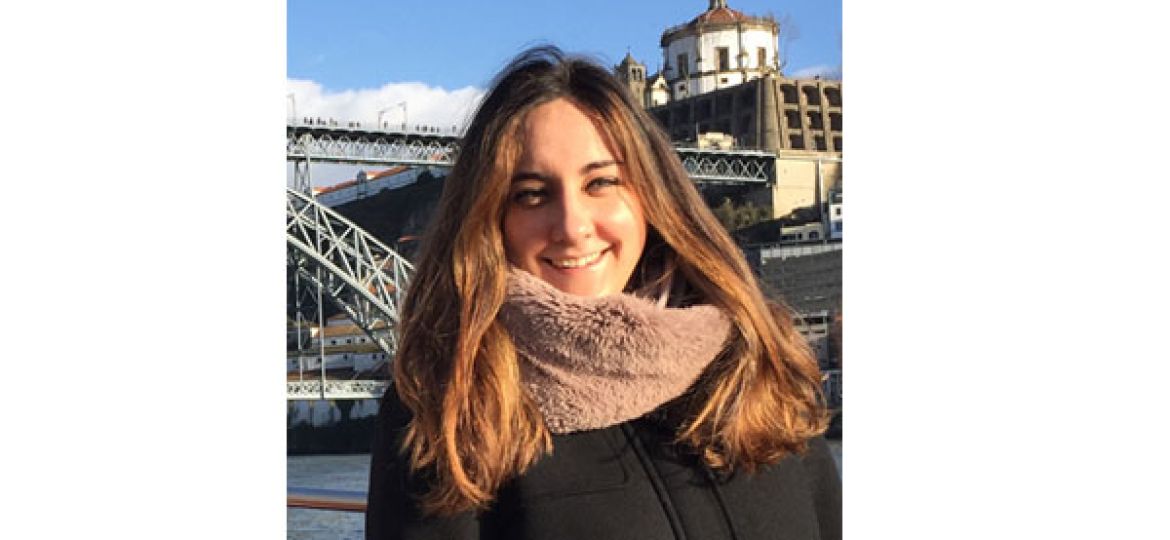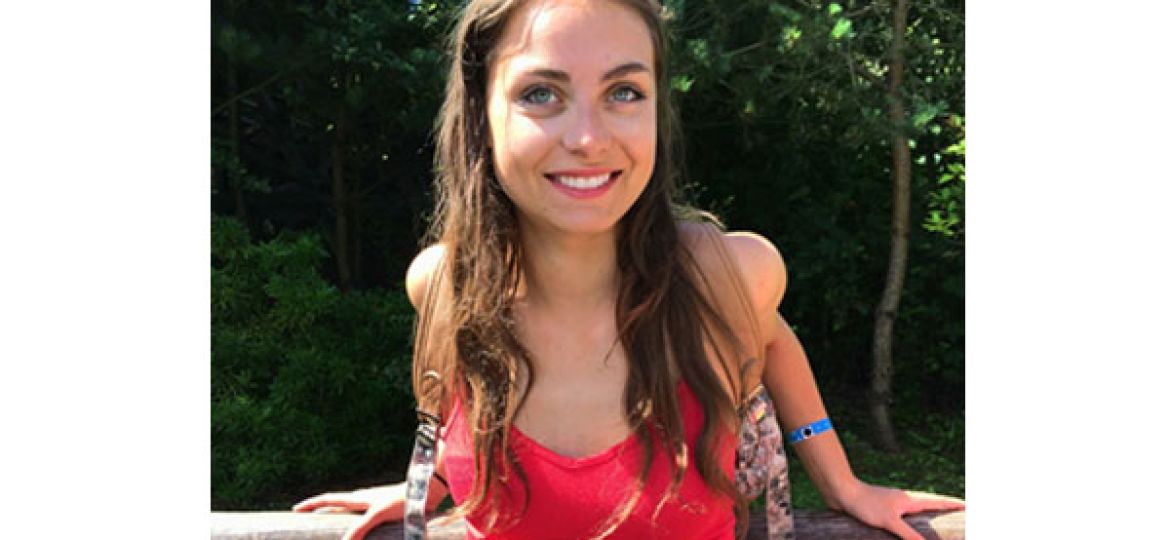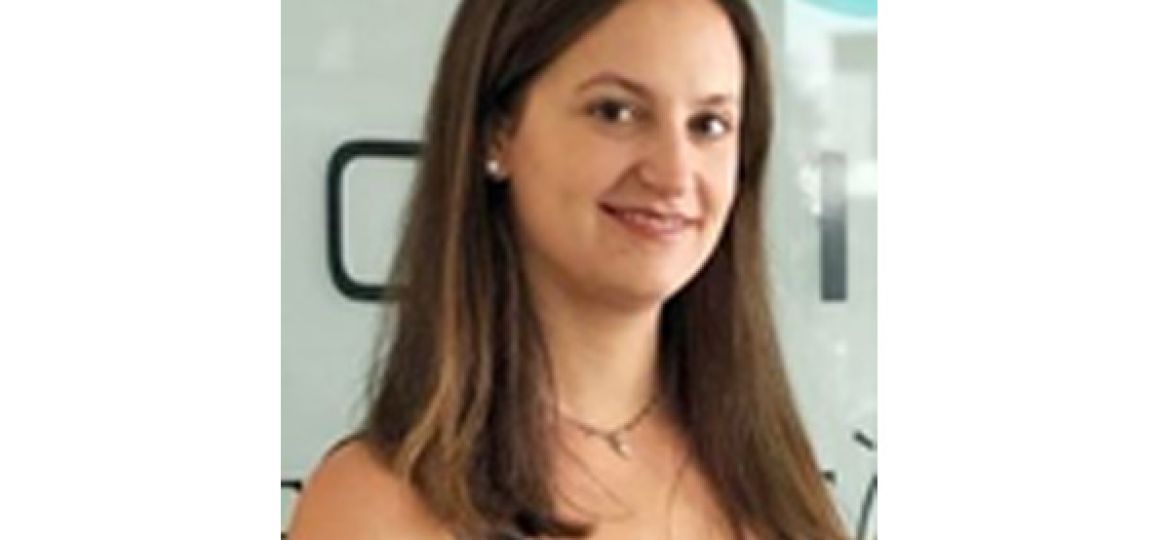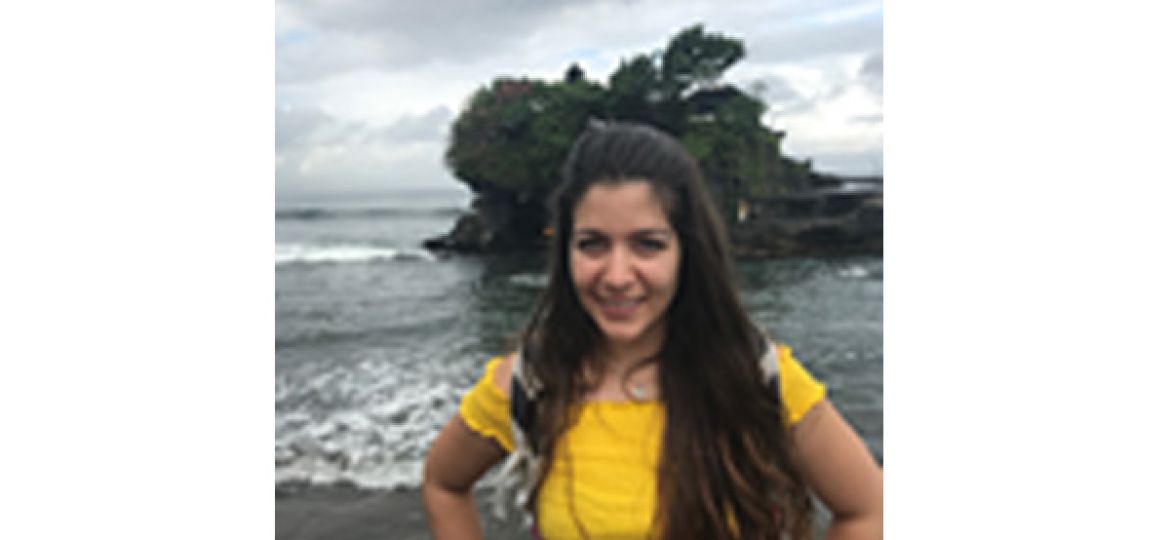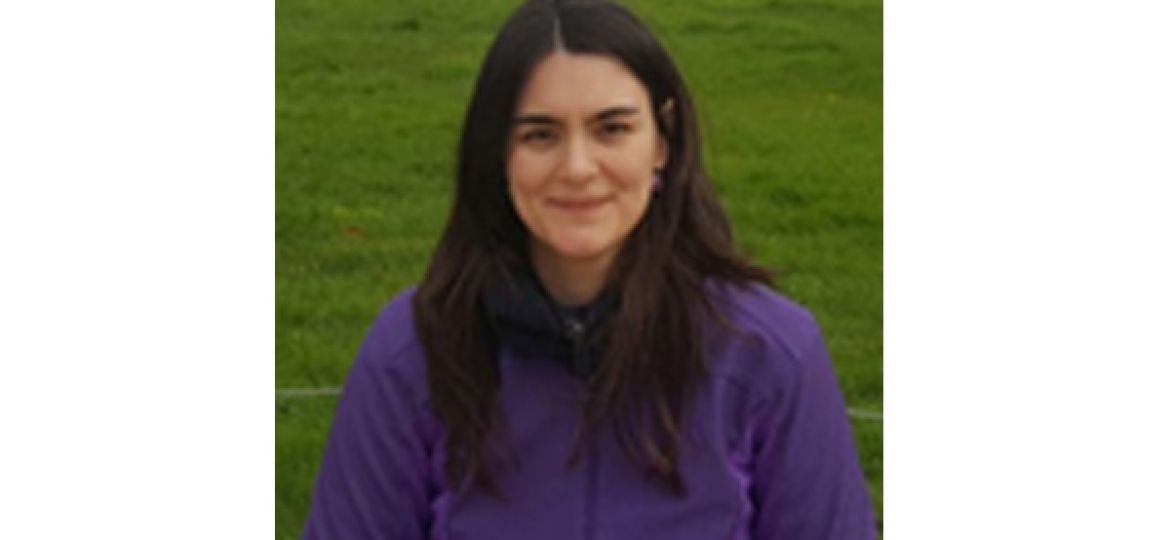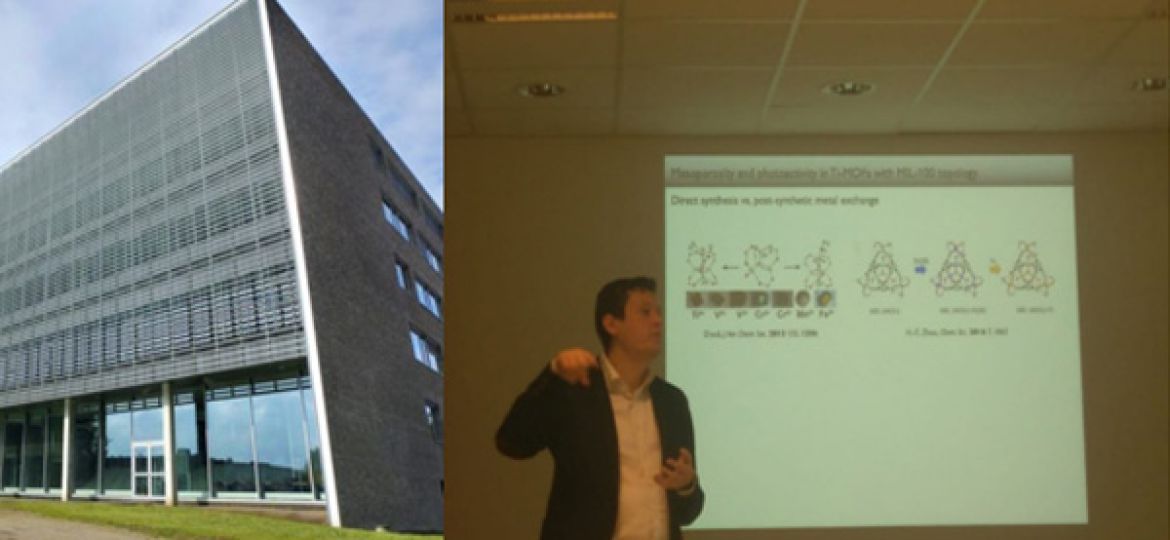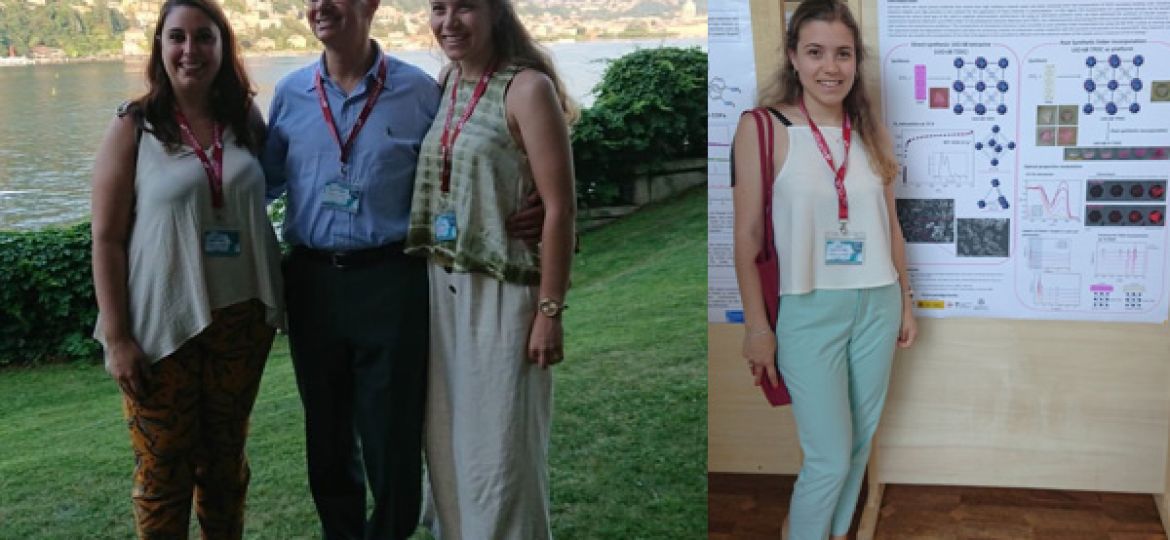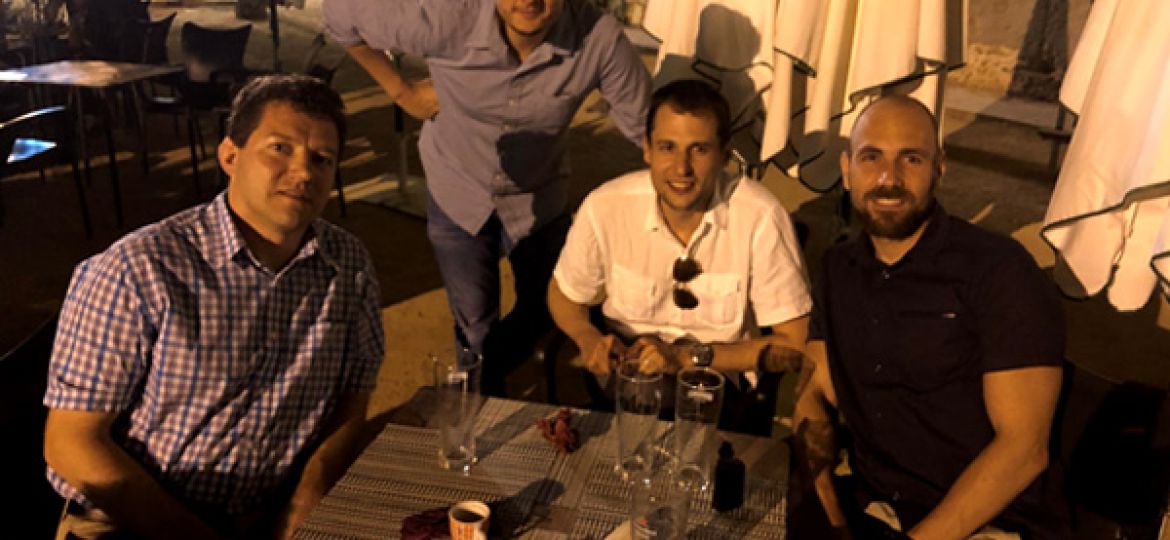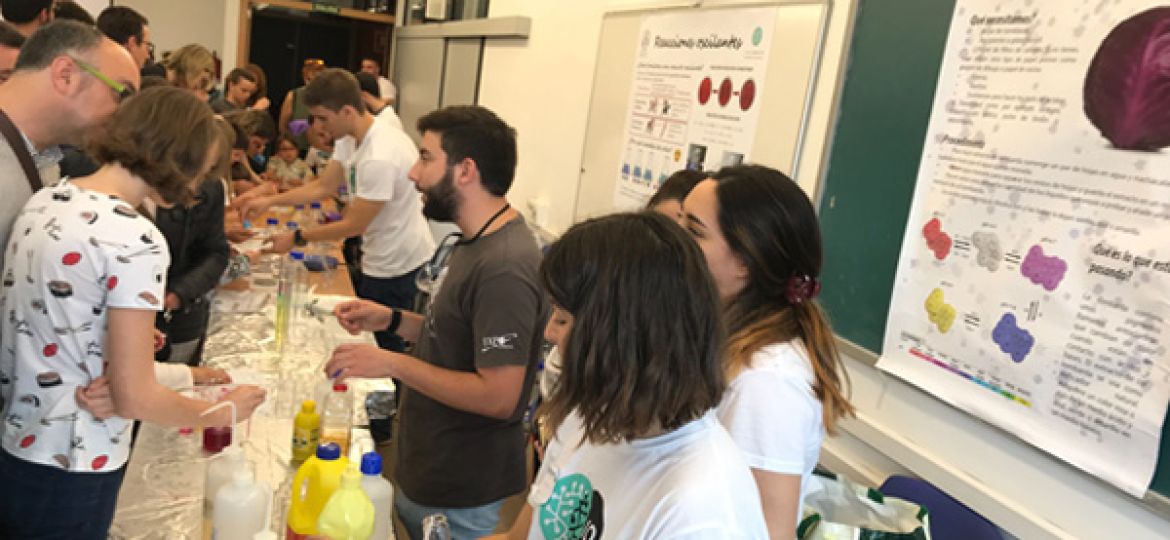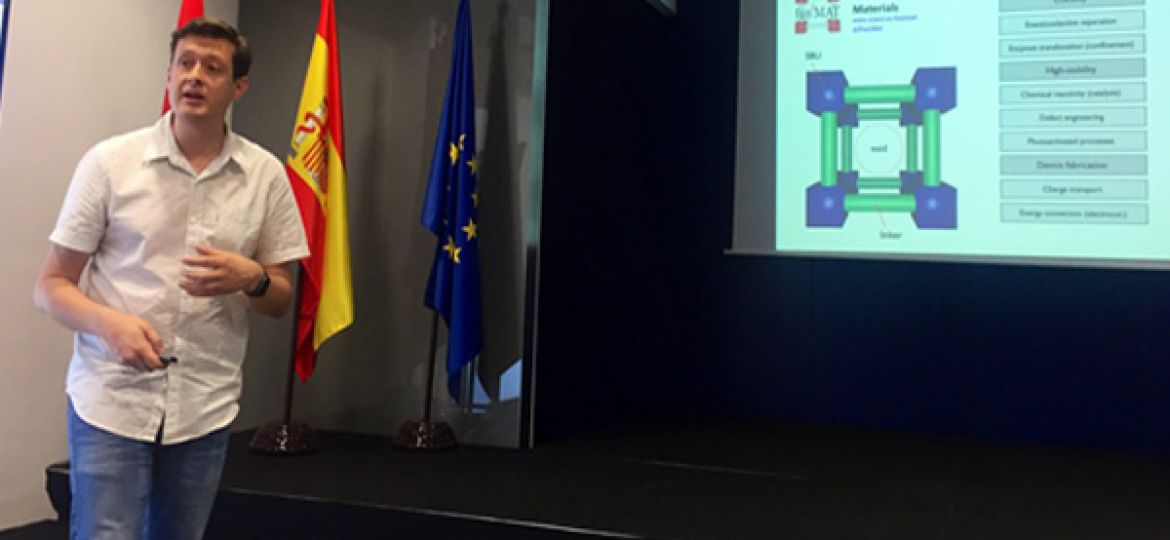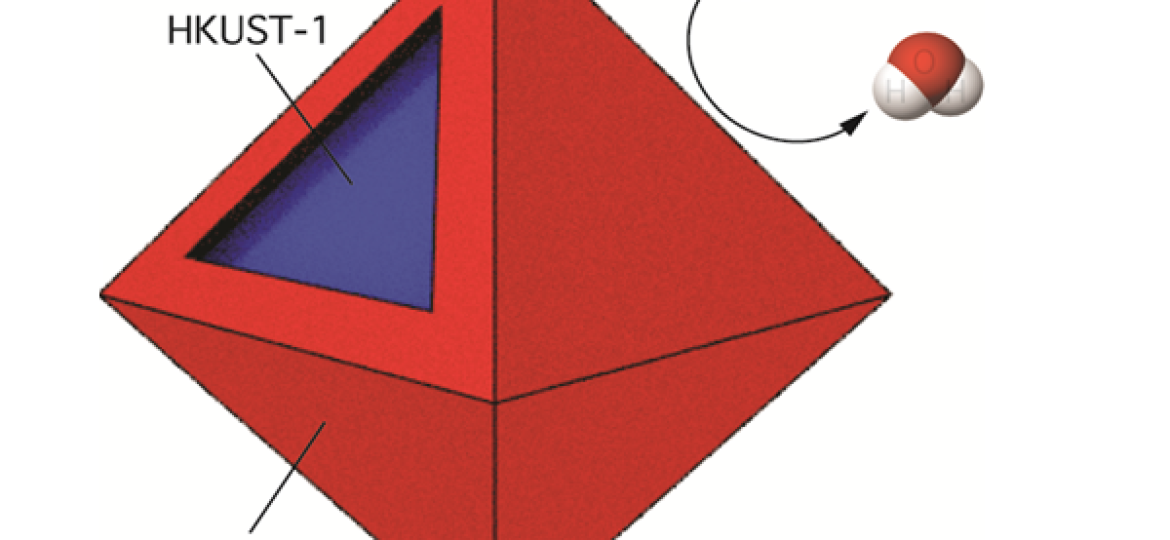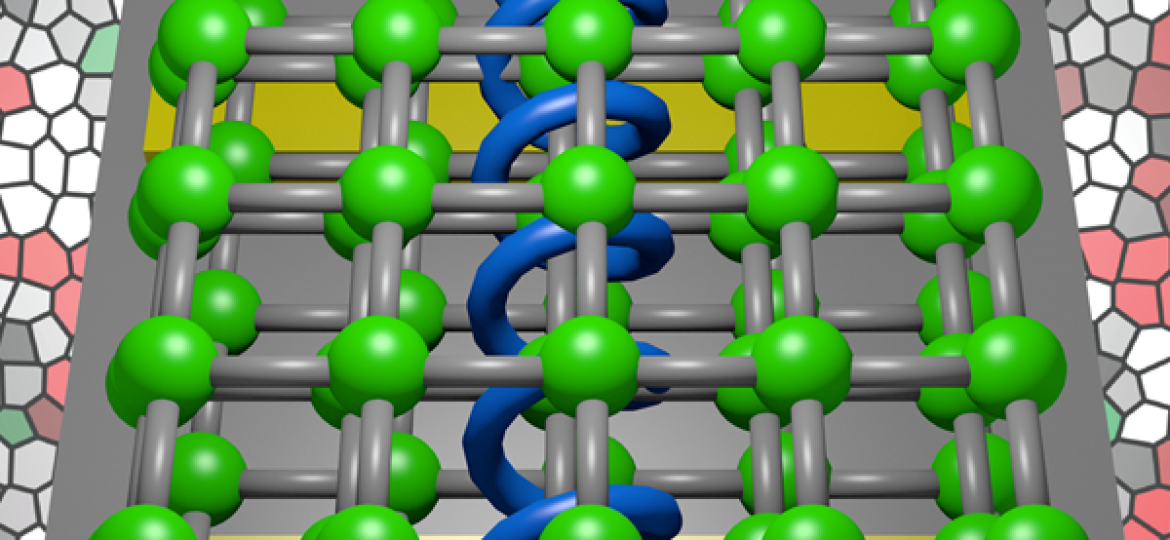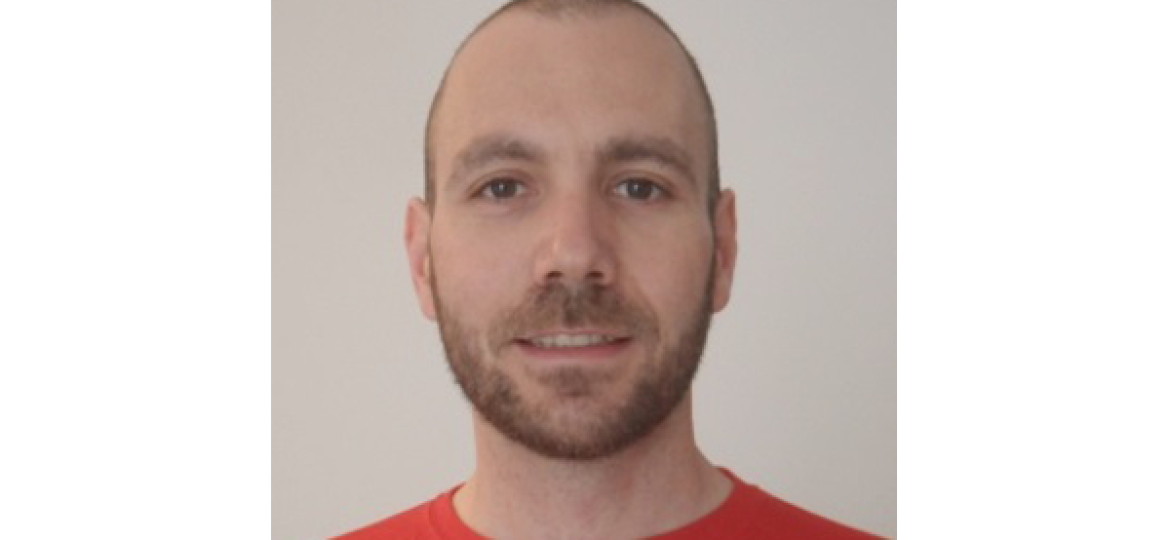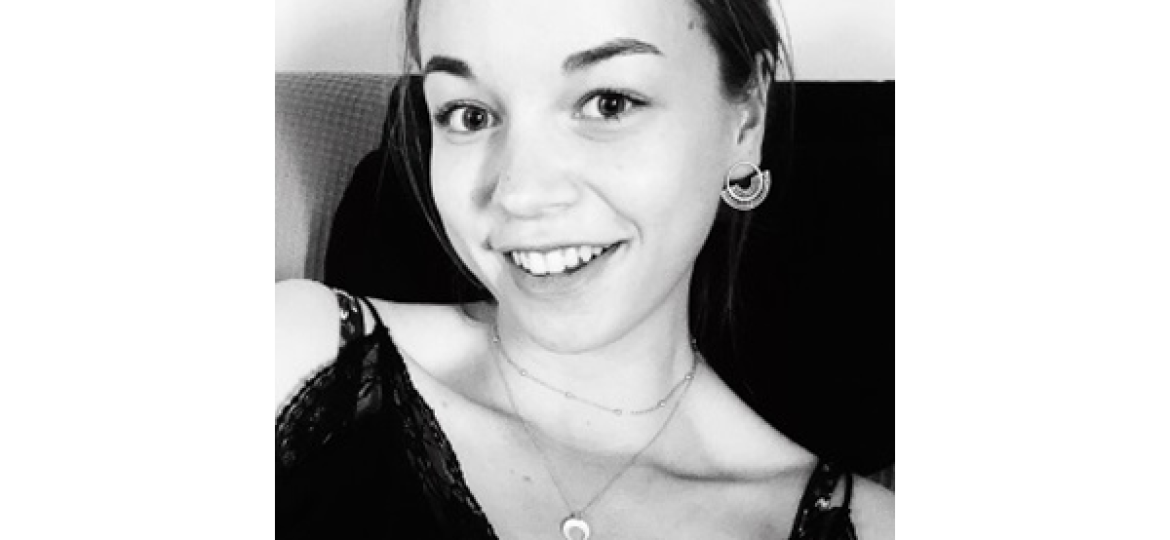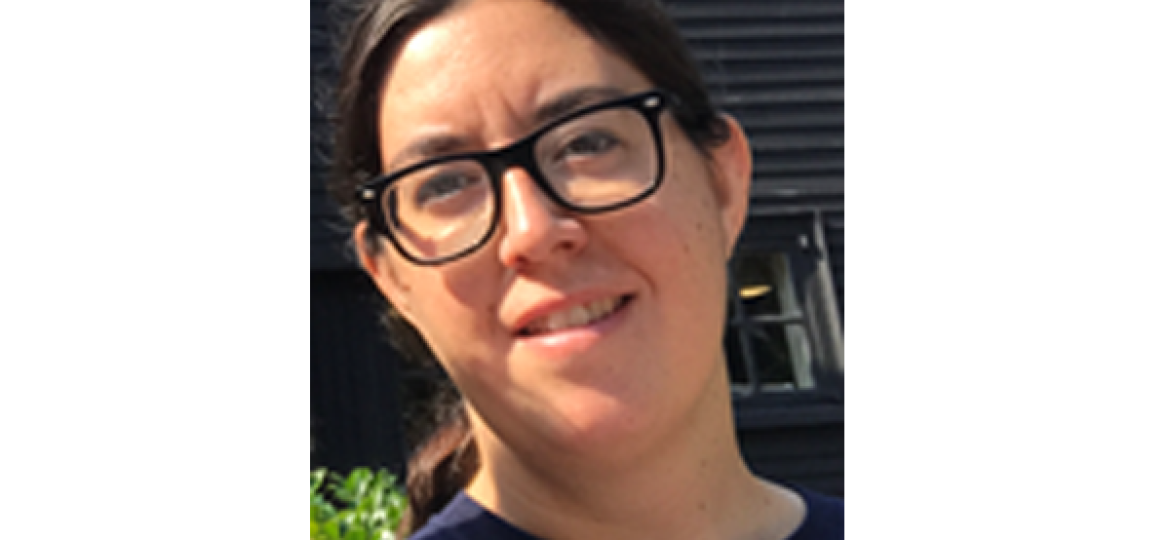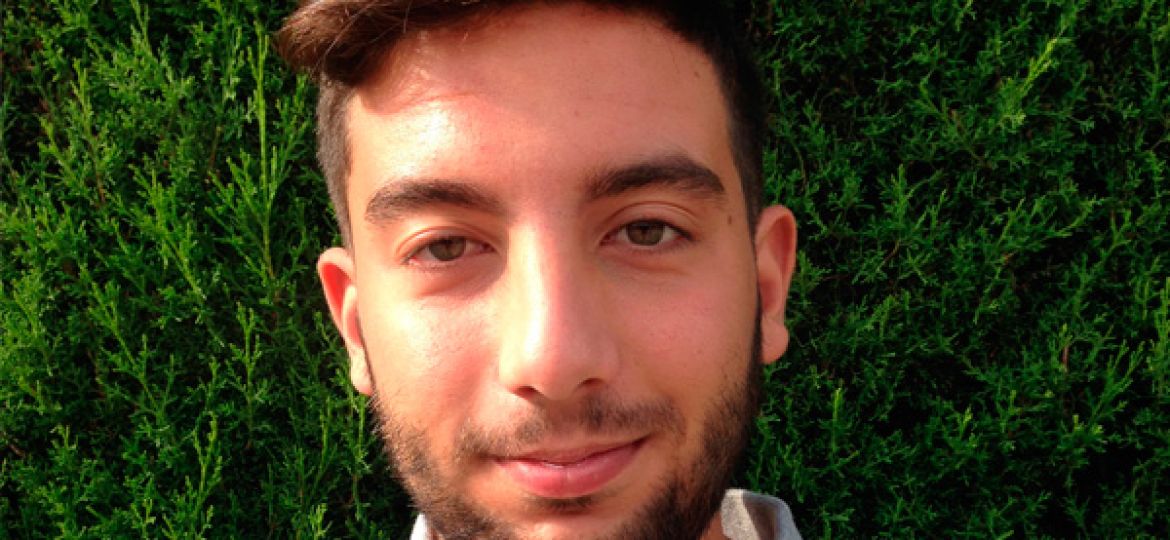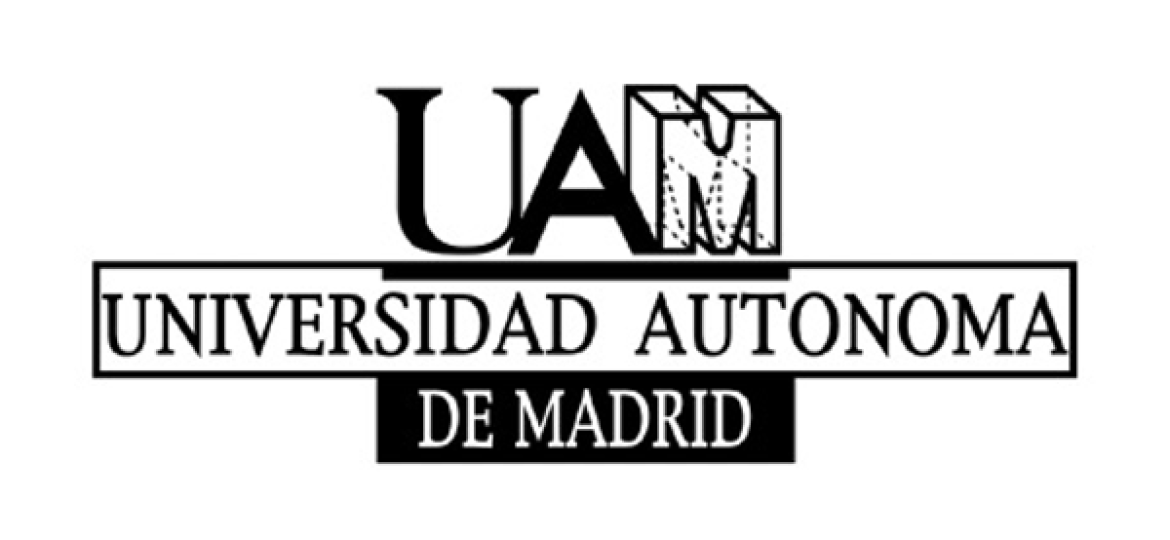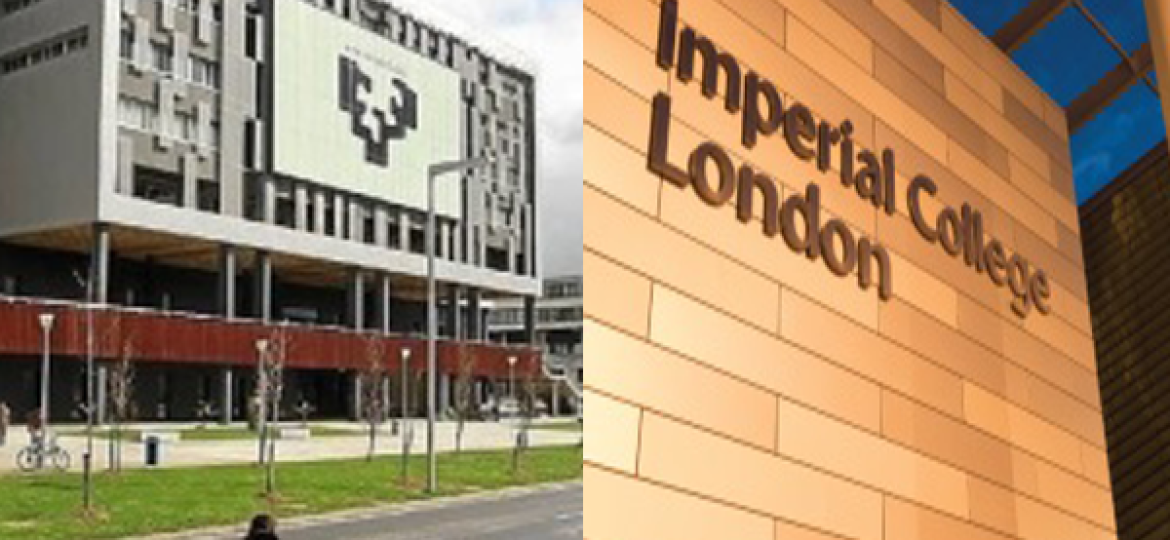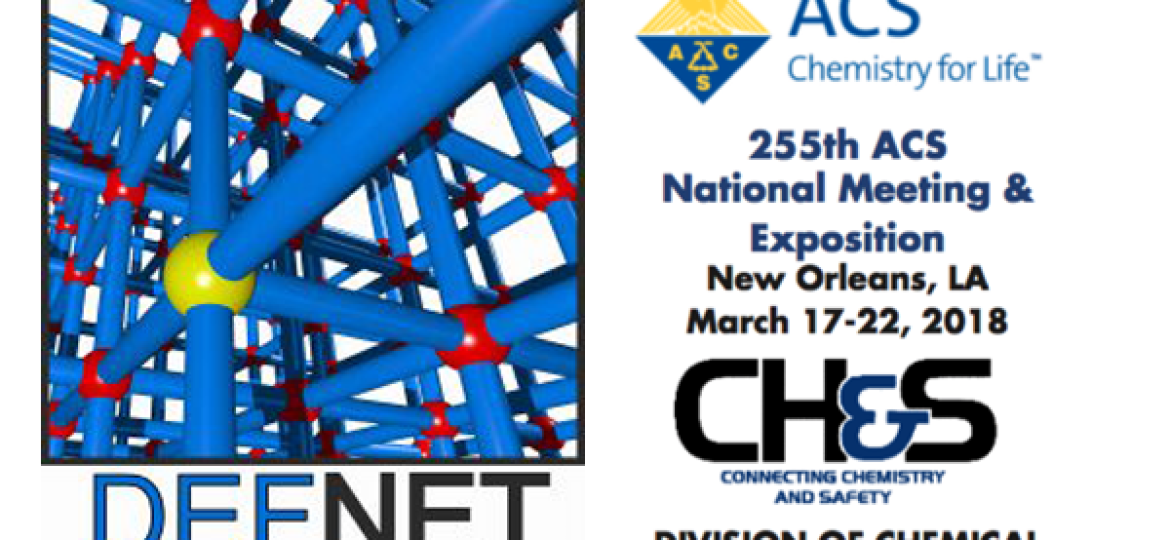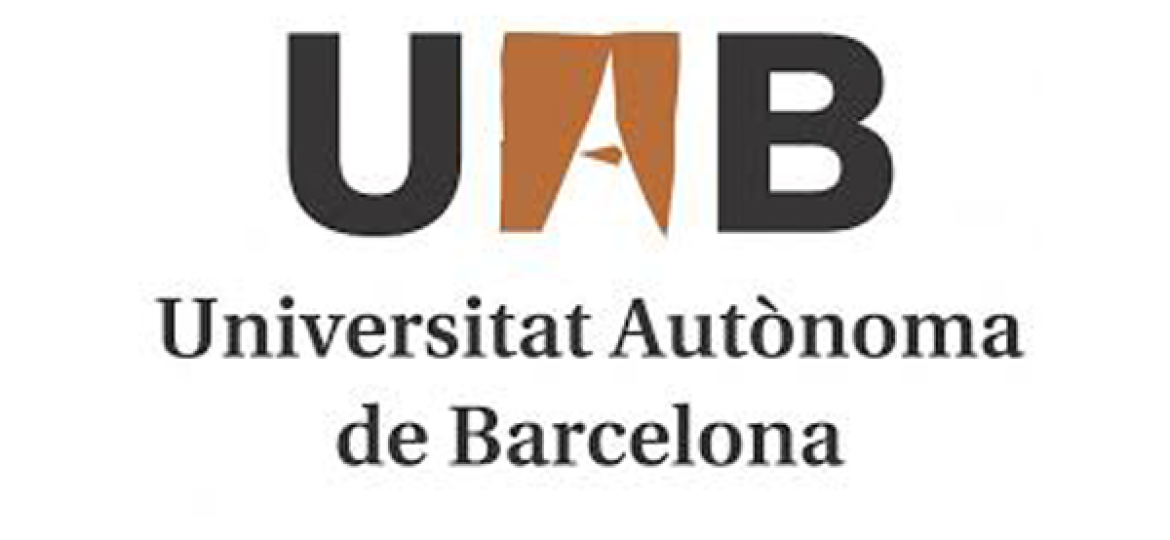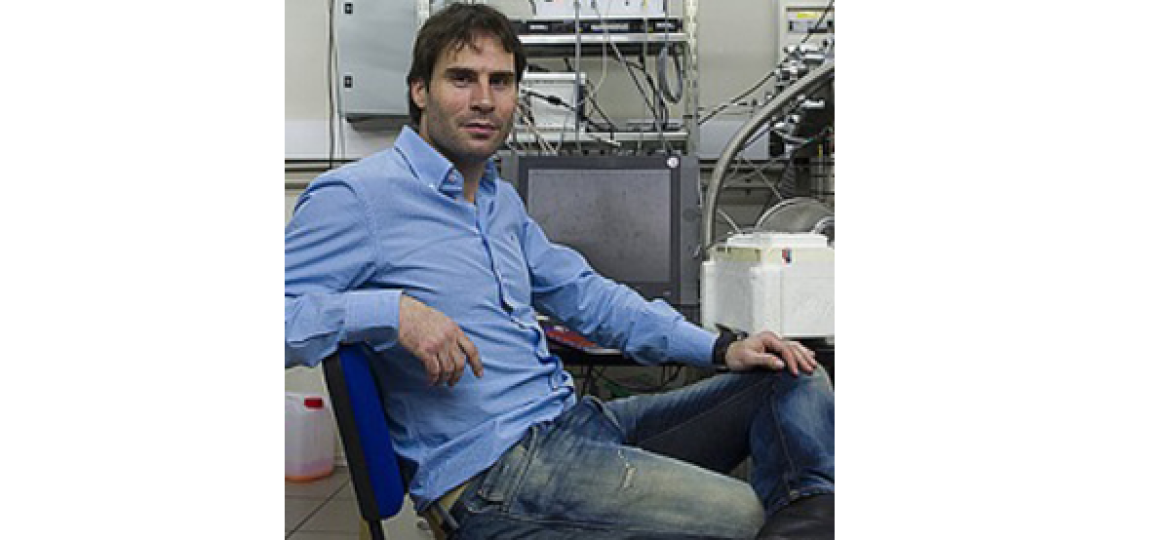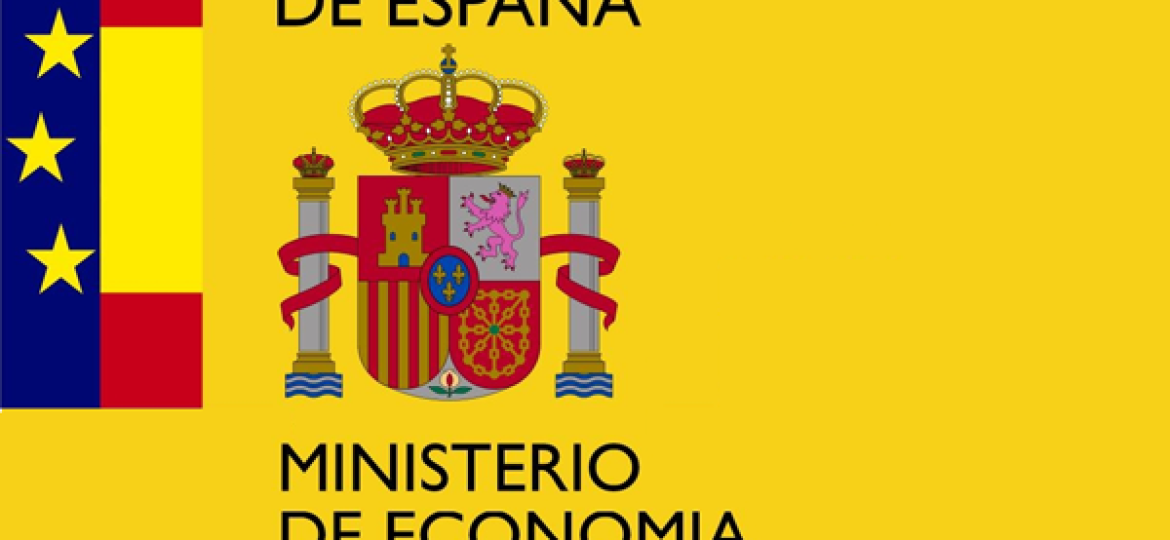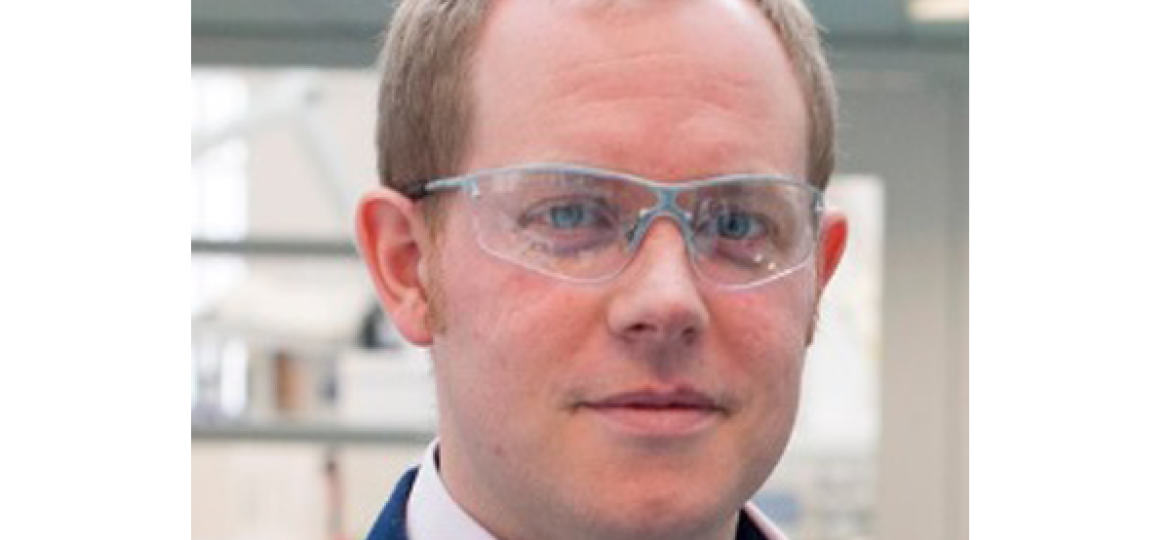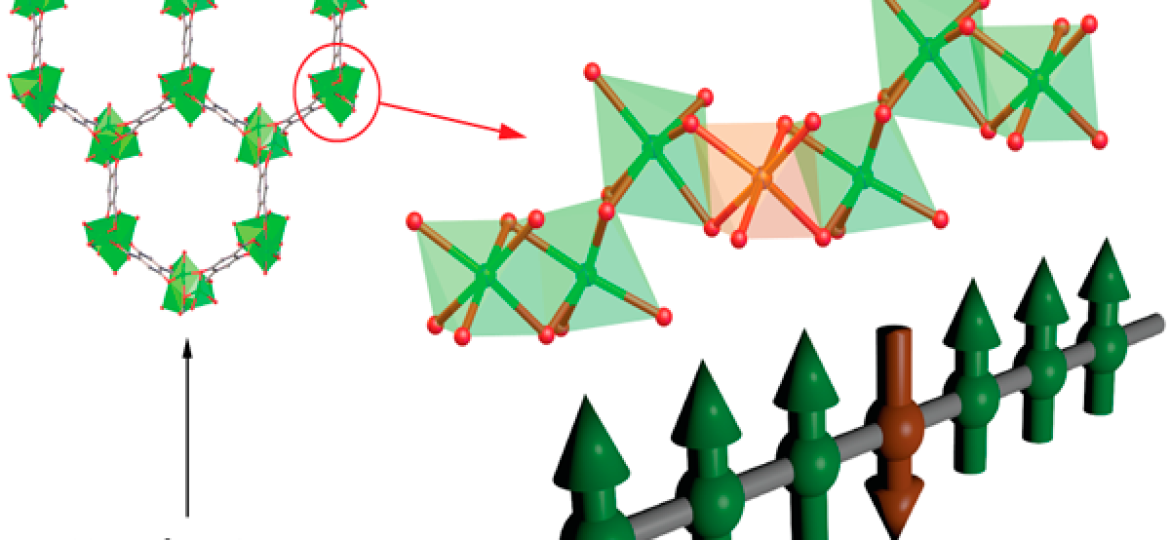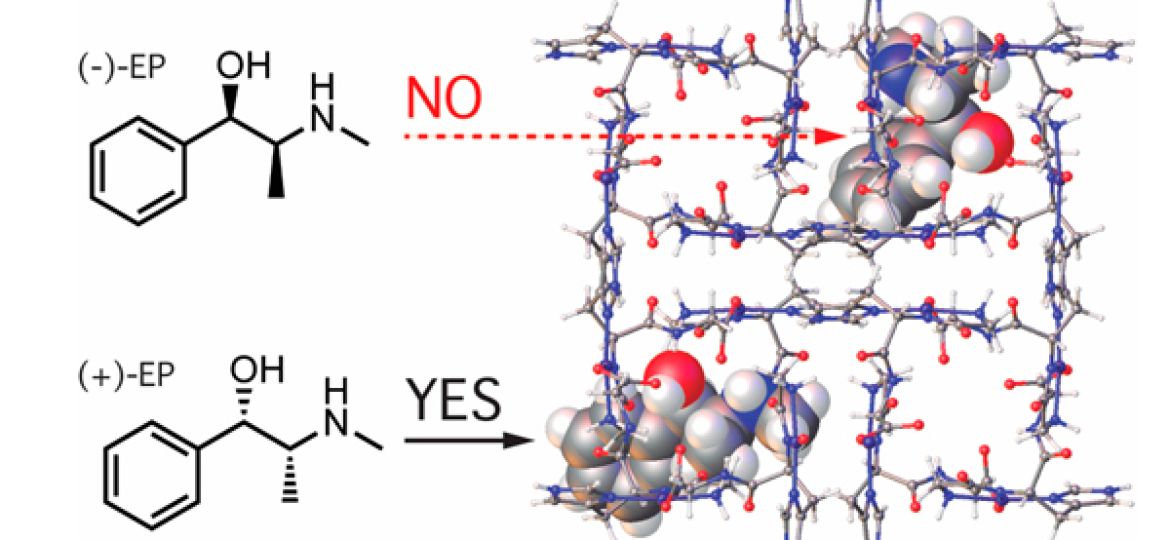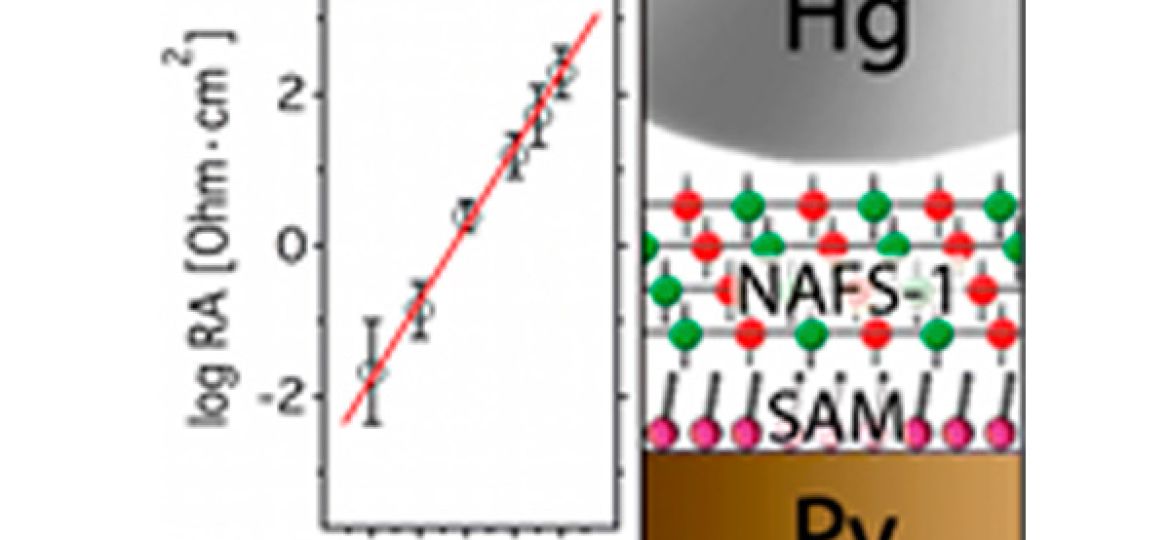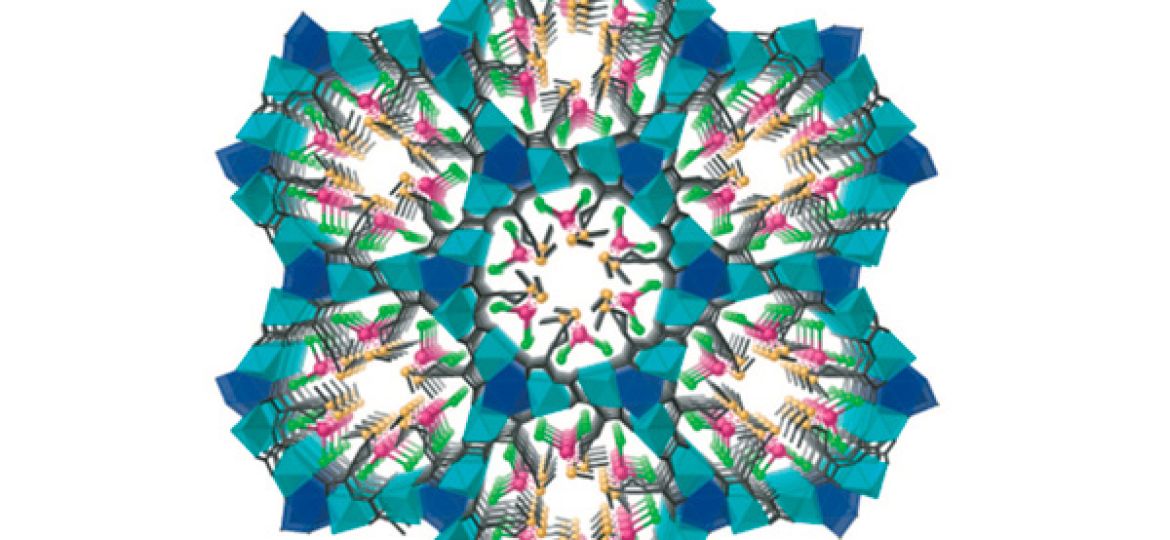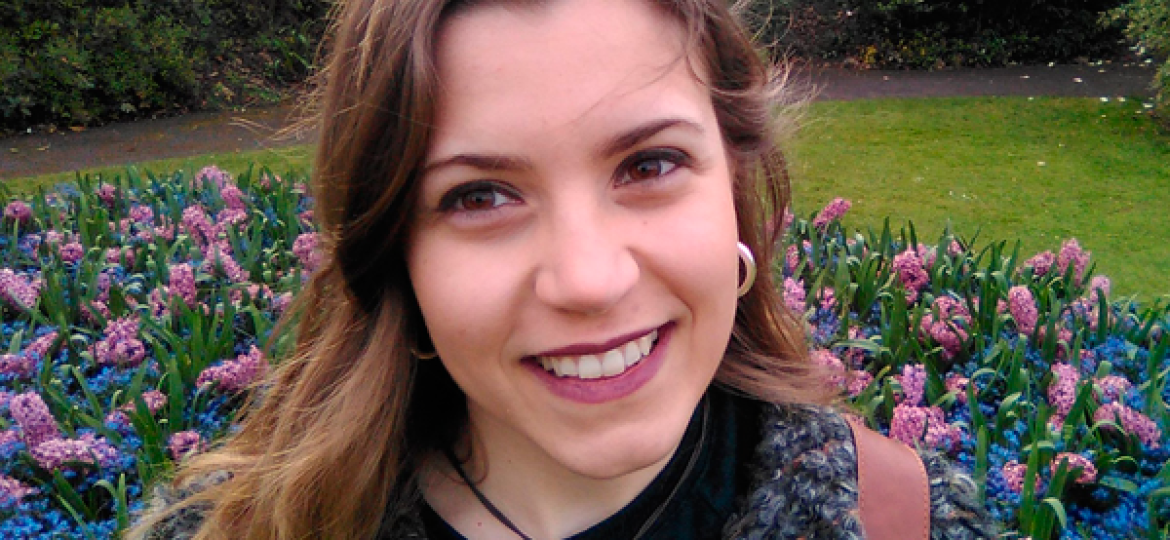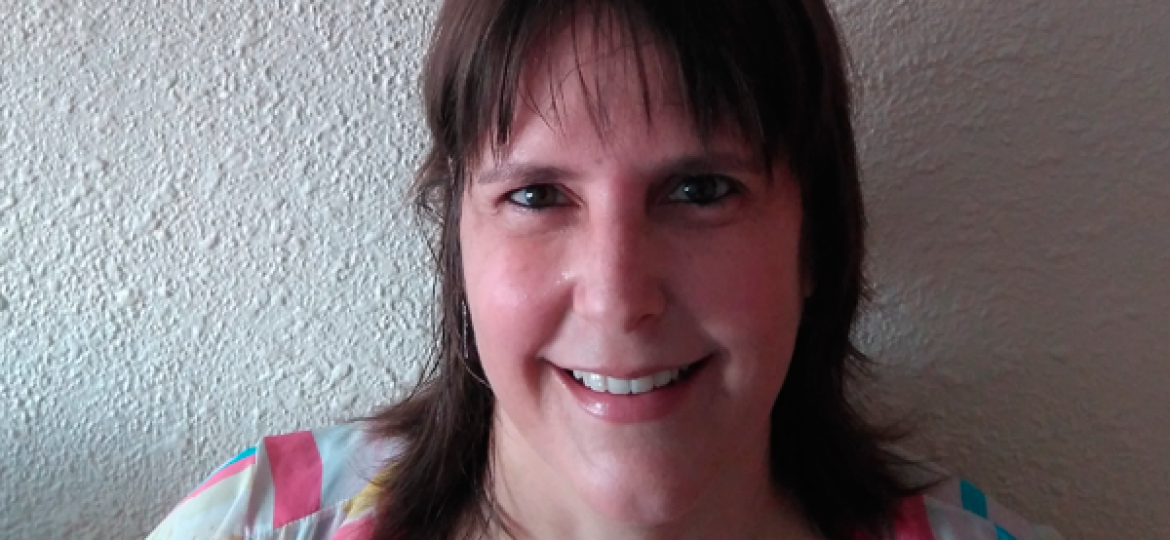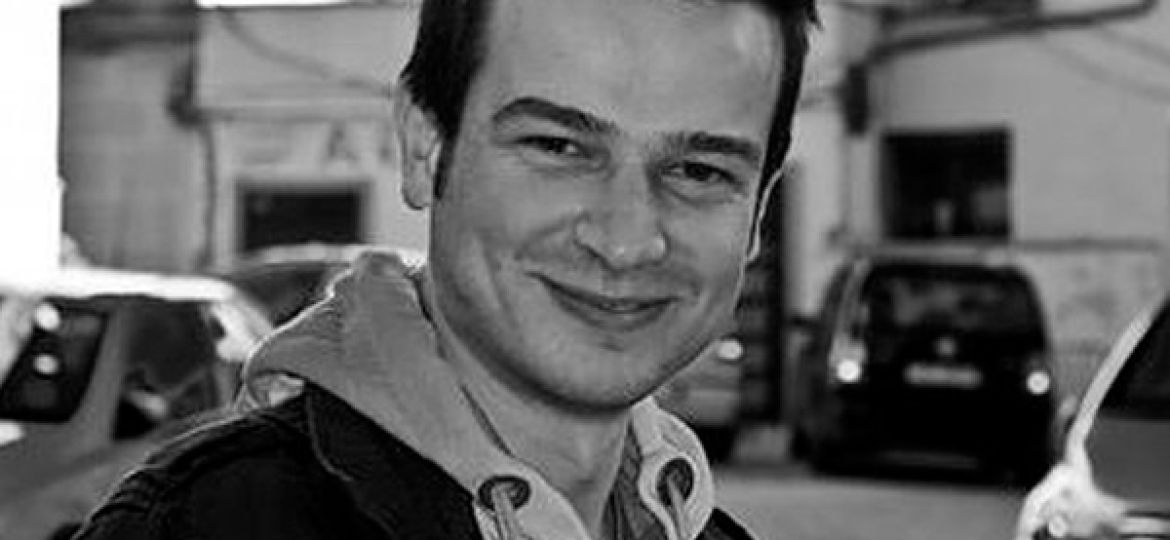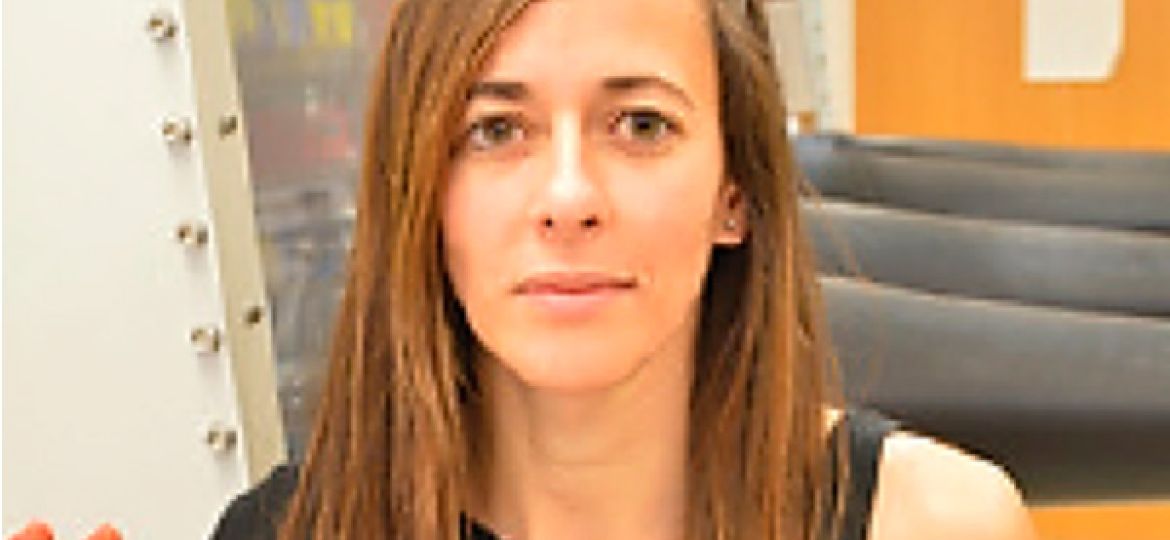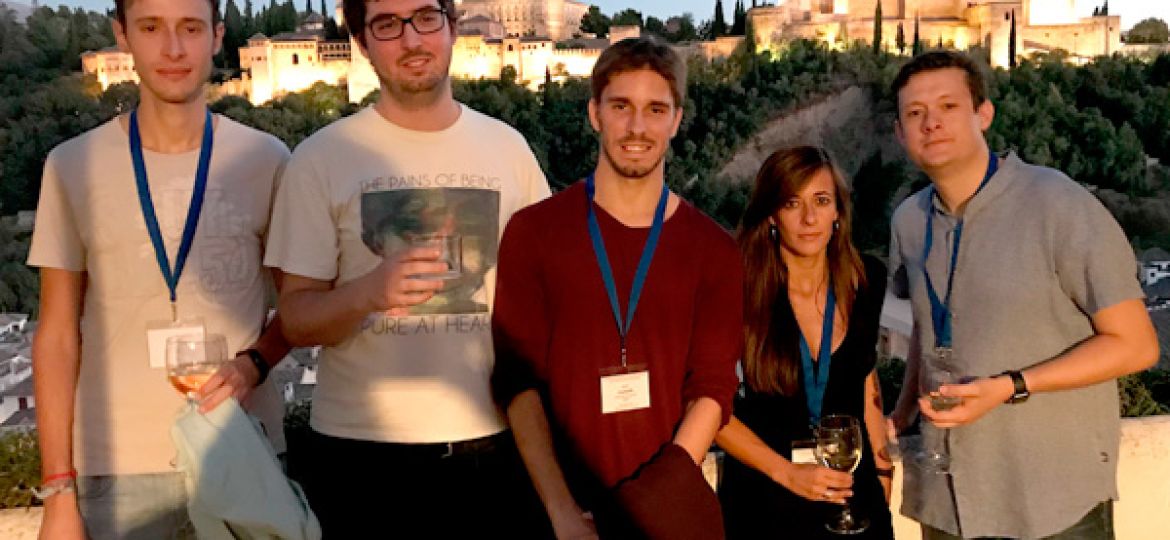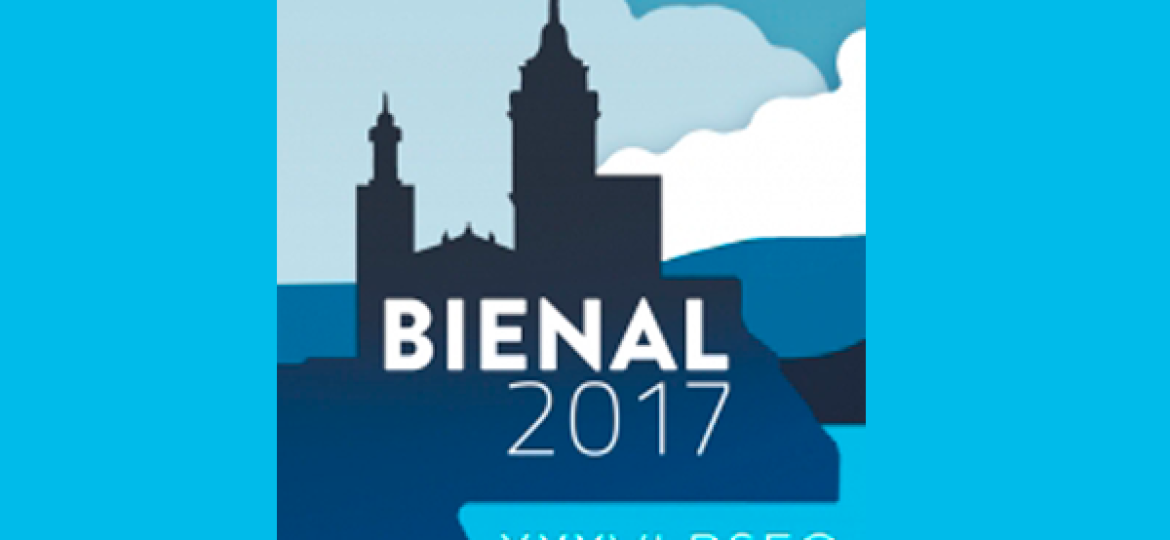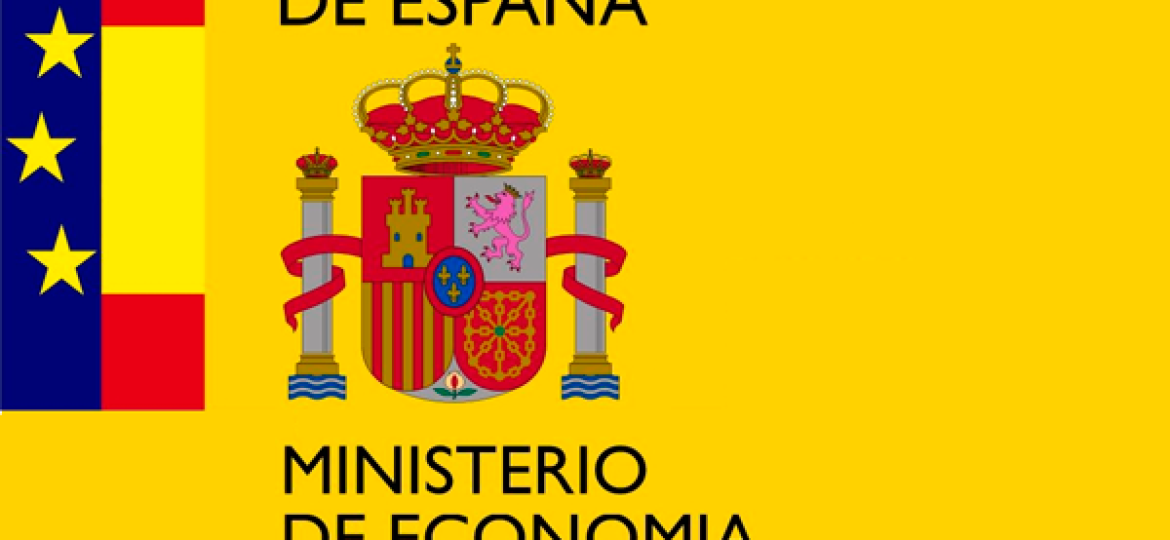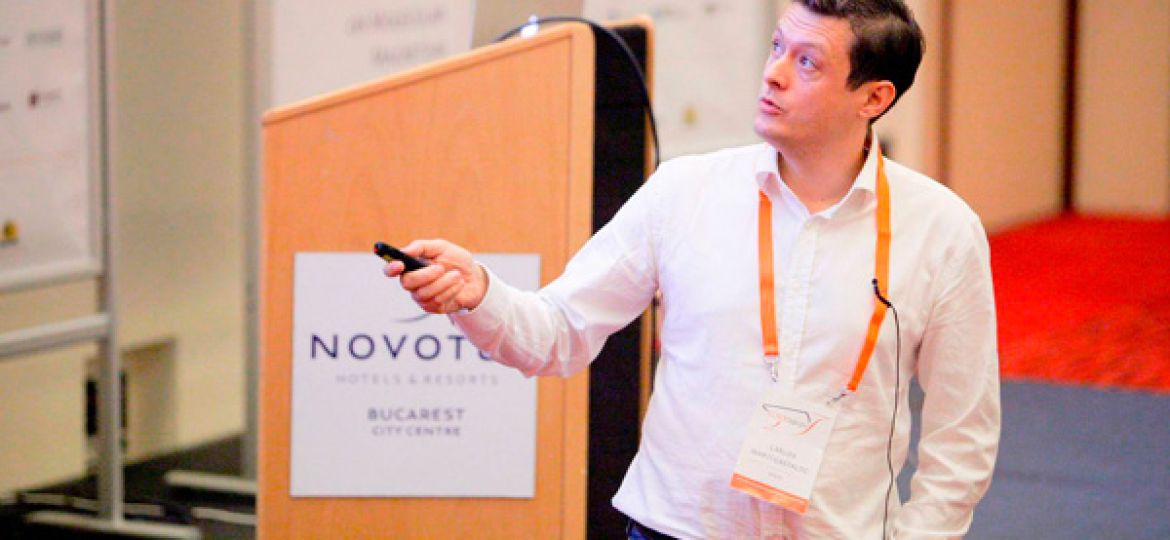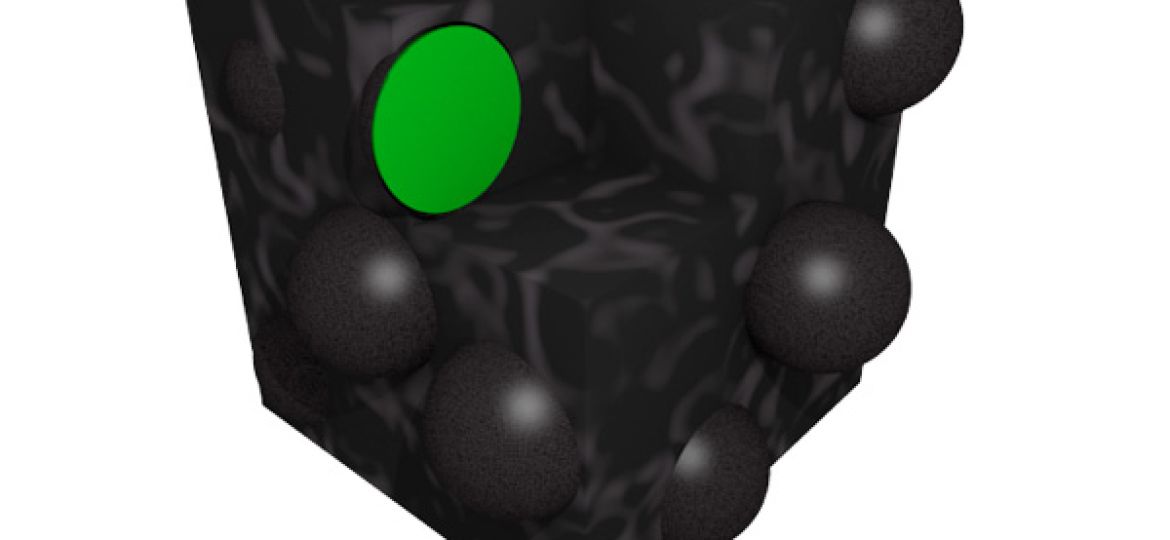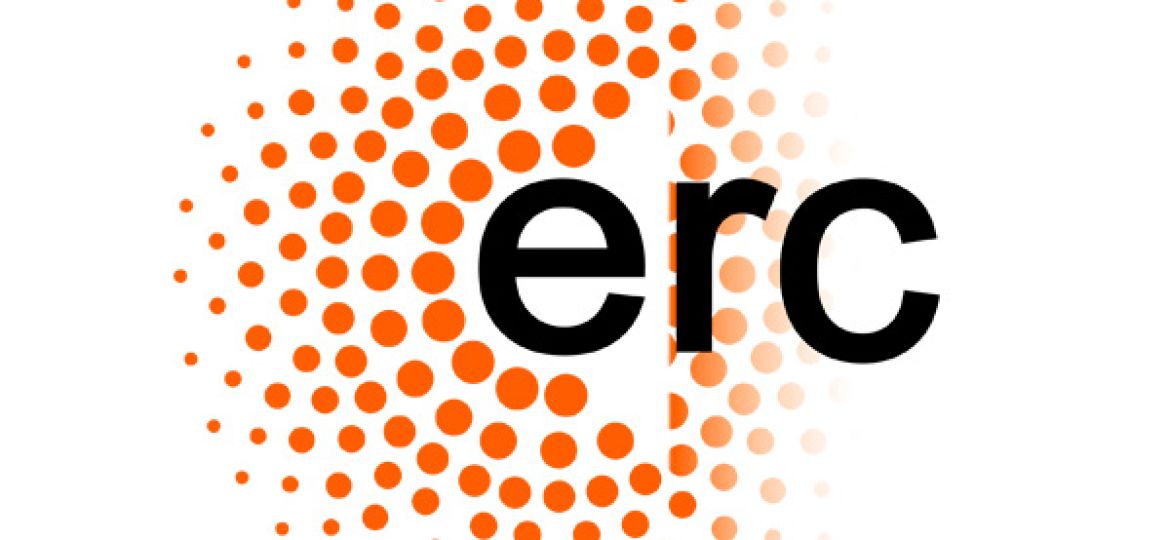papers
group news
At the 2nd European School on Advanced Materials (ESAM2025) in Almagro I had the chance to meet again with my…
We are delighted to celebrate that our colleague Belén Lerma Berlanga has received the Extraordinary Doctoral Thesis Award from the…
Carmen Fernández-Conde has successfully defended her doctoral thesis, becoming the tenth PhD graduate from the group. Her work represents another…
general info
We had the pleasure of hosting Stefano Canossa, who delivered a very stimulating talk at ICMol. His presentation covered exciting…
Our new glovebox is now fully operational in the first-floor laboratory. Thanks to the support of the TiFRAME project (PID2023-149922OB-I00),…
papers
An alternative mechanism for amine grafting in metal-organic frameworks (MOFs) is illustrated in the cover image and reported by Carlos…
In this paper, we explore the grafting of tetraamines into heterometallic MUV-10. The combination of hard and soft metal centers…
We have recently achieved a breakthrough in catalytic design by leveraging metal–organic frameworks (MOFs) as a porous platform to support…
group news
Ana Rubio, a member of our research group, has successfully defended her thesis titled «Cluster Control of Reactivity and Grafting…
This week our group members María, Clara and Eloy have presented their results at the 17th European School on Molecular…
Expociència 2024 at Parc Científic de la Universitat de València (PCUV) took place on Saturday 11th May featuring close to…
The University of Valencia has awarded Guillermo Gómez an Extraordinary Award for the grades that he obtained in his Master’s…
In October 2023, María Lucía Tamayo Fraile won the first prize in the 2nd edition of the STARA-RSEQ «Cuéntanos tu…
Congratulations to Dr. Romero-Ángel on the successful defense of her PhD thesis! The evaluation panel consisted of Prof. Paolo Falcaro…
general info
MOF commercialization is still in a growing stage for that reason, the acquisition of a 3L Nutsche reactor is a…
Our Photospinner project has a new web: https://photospinner.es/ This device aims at enhancing CO2 reduction with HTS capability for parallel…
Belén Lerma Berlanga (former Funimat member) has been awarded the Francisca Lorente Solaz Prize, granted with 1,000 euros, for young…
papers
This chapter explores metal-based catalysis within metal-organic frameworks (MOFs). It aims to offer readers a comprehensive understanding of various strategies…
We recently reported the possibility of using the heterometallic Ti Cluster [Ti2Ca2(µ3-O)2(RCO2)8(H2O)4] (Ti2Ca2) to assemble two isoreticular the nets: MUV-10…
Our latest research challenges conventional views on defects in crystalline frameworks. By transforming defects into controlled, correlated domains, we open…
This work combines novel techniques such as photo thermal induced resonance (PTIR) and hyperspectral photoluminescence (PL) microscopy to study in…
The manuscript illustrates the value of tetrazine units to wrap up the surface of UiO-68-TZDC crystals with a single-wall carbon…
Ana’s work has been published in JACS. In this work, we use the cluster composition to control the Brønsted acidic character of titanium-organic frameworks ultimately leading to great implications in catalysis.
group news
On December, our PhD students, Clara, Sonia, Víctor and Guille, had the opportunity to attend the X-Ray Diffraction Seminar “Difracción…
The research group on Functional Inorganic Materials (Funimat) at the Institute of Molecular Science (ICMol) of the University of Valencia has designed and patented…
They defended their master’s theses with flying colours, obtaining superb results. Now it’s time for a well deserved summer break…
Great experience for our PhD students, Eloy and Clara, at the 3rd International School on Porous Materials that took place…
Larisha and Carlos presented their results about the advances towards MOFs industrialization in a meeting with some industries interested in…
A couple of weeks ago, Víctor and Guille were in San Lorenzo de El Escorial attending the 16th European School…
The University of Valencia has awarded Guillermo Gómez an Extraordinary Award for the grades that he obtained in his bachelor’s…
general info
On December 14th, we had the honor of welcoming Dr. Piotr Blonski from Palacký University of Olomouc, Regional Centre of…
The Functional Inorganic Materials (Funimat) group at ICMol, led by Carlos Martí-Gastaldo, has organized " Jornadas Prometeo, Molecular Frameworks "…
She worked with them in some experiments and encourage them to find motivation in science, and especially chemistry in order…
Carmen and Ana visited IES La Patacona and IES Escultor En Francesc Badía with the “Química a l’escola” initiative from the Chemistry Faculty. These visits consist of a talk about the importance of chemistry in our daily life followed by some laboratory demonstrations. They had a wonderful time sharing the virtues of science with young students.
papers
Belen´s work has been published in JACS. The manuscript describes the use of hydroxamate linkers for the assembly of titanium-organic cages with permanent porosity (near 1200 m2·g-1) that are also amenable to multivariate modification.
Our collaboration with David Écija´s lab at IMDEA Nanoscience has been published in JACS. The wok describes how the use of conductive surfaces to template the growth of 2D networks based on HTTP linkers enables to obtain unprecedented 2D topologies that preserve a large orbital magnetic moment.
The recent work by Belén and Carol has been published in Angewandte Chemie. The manuscript demonstrates the general value of tetrazine linkers as plug-and-play tags for general framework functionalization in one-step and how this ligation strategy can be can useful to produce crystalline fulleretic materials by controlling the spatial distribution of C60 molecules in the framework.
group news
Congratulations to José after his succesful PhD Thesis defense. The jury was formed by Prof. Natalie Steanou (France), David Fairén Jiménez (UK) and Ismael Mingarro (Spain). José has done an excellent job approaching the interface of crystalline engineering and biology for the biodesign of. All the best for your professional future!
Javier Castells obtained the 2021 award by the Valencia territorial section of the Real Sociedad Española de Química for the best doctoral thesis: «Photoactivity and Chemical Reactivity in Titanium(IV)-Organic Frameworks”. The prize is endowed with 1,200 euros. Congratulations Javi!
Natalia has received the 2022 the Innova award from the SusChem-Spain Sustainable Chemistry Technology Platform for researchers under the age of 40, for her work on a new class of sustainable P(V) reagents developed at the Scripps Research Institute, in collaboration with Bristol Myers Squibb. This recognition adds up to the the Robert Robinson Award from the Organic Division of the RSC and the the Green Chemistry Challenge Award from the US Environmental Protection Agency (EPA). Congratulations Natalia!
Congratulations to Dr. Lerma-Berlanga after his succesful PhD Thesis defense. The jury was formed by Prof. Daniel Maspoch (ICN2), Beatriz Pelaz (CIQUS) and Carl Brozek (USA). Belén has done an amazing job during her stay at the group exploring the chemical complexity of zirconium and titanium porous crystals. All the best for your future endeavors!
The company Porous Materials in Action (PMA), the second spin-off promoted by the for the synthesis and valorization of advanced porous materials useful for industry, has received the 7th VLCStartup award of the Parc Científic of University of Valencia and Banco Santander in the «laboratory» category.
Damian is originally from Poland. He joins us with a Polish internship from the Jagiellonian University of Krakow where he is developing his PhD at the group of Dariusz Matoga. He will approach new strategies for the design of tetrazine MOFs.
Carlos has received the 2022 Research Excellence Prize of the Spanish Royal Society in Chemistry for his contributions in the last 5 years to the field of porous molecular frameworks.
Our new company Porous Materials in Action (PMA) has received the first award of the StartupVLC 2021 Parc Científic de la Universitat de València, on the laboratory category. Here Carlos Martí-Gastaldo presents PMA: Youtube
general info
Brent Nannenga, Associate Professor of Chemical Engineering in the School for Engineering Matter, Transport and Energy at Arizona State University and a member of The Biodesign Institute’s Center for Applied Structural Discovery, visited us to present the last advances on the use of microcrystal electron diffraction. We are hopeful this will initiate a fruitful collaboration between both groups.
Germán Sastre, tenured scientist at the Instituto de Tecnología Química (ITQ), visited us to discuss on the computational approach to the analysis and understanding of host-guest interactions in soft and hard matter. Thanks for the visit!
Funimat was very actively present at the meeting with the organization of the symposium in Porous Materials (Carlos), oral lectures (Elena, Natalia & María), poster presentations (Belén, Carmen & Ana) and general organization (Violeta, Clara & Sonia). It was great to meet all colleagues in person again!
Javier Castells and Javier López (aka ‘Los Javis’) have been awarded APOST Fellowships from the Generalitat Valenciana to continue their academic careers at the University of Birmingham (UK) and the University of Kyoto (Japan). Congratulations!
Víctor Rubio Giménez has been awarded a fellowship of the CDIGenT program of the Generalitat Valenciana’s GenT Plan for the return to centres in the Valencian Community of talented researchers who have already gained international experience after his postdoctoral stage at KU Leuven. Congratulations Víctor!
Carl Brozek, tenured Associate Professor at the University of Oregon, visited us to reinforce the links between our groups, share time with all team members and present the last advances of his team on understanding conductivity and dynamic bonding in nanoscale MOFs. Thanks a lot for the visit, Carl!
Funimat was present at the ACS Symposium held in Chicago. Natalia, Sergio and Carlos presented our most recent results in the synthesis, processing and engineering of titanium MOFs in symposium dedicated to MOF chemistry whereas Neyvis participated in the Catalysis and reactivity symposium.
After 2 years of COVID suspension we were looking forward to participating in the XIV edition of Expociencia. Close to 50% of the group (Eloy, Natalia, Violeta, Carmen, Clara, Neyvis, Ana and Belén) prepared new activities to approach chemistry to a very young audience.
papers
This manuscript by Isabel has been published in Chemical Science. The manuscript shows the value of integrating experimental work, computational modelling and thorough characterization in rationalizing the impact of defects over the porosity and structure of the titanium framework MUV-10. Click for more info.
Maria´s work has been published in Chemical Communications. The work is focused on the use of amphiphilic modulators to control the formation of titanium MOF nanoparticles with minimum impact to the framework to enable the fabrication of highly porous thin films. Click for more info.
Javi´s work during his stay in KAUST in J. Gascón´s group has been published in Chem Catalysis. The work illustrates the exciting possibilities offered by MUV-101(Fe) for the production of catalytic materials not accessible through traditional synthetic routes and opens the door to translating the atomic control of metal composition and distribution of the parent MOF onto complex mixed-oxide structures with industrial applications. Check the web for more info.
Elenas work has been published as hot paper in Angewandte. Her work introduces the first example of isoreticular titaniumorganic frameworks, MUV-10 and MUV-12, to show how the different affinity of hard Ti(IV) and soft Ca(II) metal sites can be used to direct selective grafting of amines for cooperative cycloaddition of CO2 to epoxides at room temperature and atmospheric pressure. Check the web for more info.
Belen’s work has been published in JACS. By using crystals of the mesoporous MOF UiO-68, we demonstrate how the conditions for linker exchange reactions permit controlling the incorporation of photoactive linkers across the crystals for asymmetric distributions that maximize photocatalytic performance. Click for more info
Isabel’s work has been published in Chemical Science. Her work shows the ability of isophthalic to promote defect creation in the heterometallic Ti-MOF of the MUV-10 family. Compared to monocarboxylic acids, this bidentate linker permits compensating the structural distortion and energy penalty imposed by breaking the connectivity of the underlying framework. Click for more info
Javier, Natalia and Neyvis work has been published in Chem. Their work shows how the combination of Ti(IV) with different metals leads to heterometallic Titanium-Organic Frameworks with catalytic activity towards the degradation of nerve agent simulants. The synergetic cooperation of Ti(IV) and Fe(III) sites enables the degradation of Sarin simulants in water without additional co-catalysts. By using an integrative experimental/computational approach, we answer one of the key open questions in the area of mixed-metal MOFs: how can the metals in the inorganic node influence each other for tuning the performance of the material? Click for more info
vVíctor’s review work on the charge transport and spin crossover properties of metal-organic frameworks (MOFs) and coordination polymers (CPs) has been published in the prestigious Chemical Society Reviews. This is FuniMat’s first review article so far and hopes to bring together two research interest that have been rarely considered together electrical conductivity and the spin crossover transition. The effects of processing the materials as nanofilms and a few significant functional devices are also analysed. We are confident that these areas hold great technological potential and we expect an increasing number of fundamental studies which are necessary for the integration of MOFs and CPs into more sophisticated electronic devices. You can read the full review here.
group news
Clara graduated in Chemistry in 2020 at the University of Valencia. She has also completed the International Double Degree in Organic Chemistry between the UV and the University of Strasbourg (UNISTRA)-École européenne de Chimie, Polymères et Matériaux (ECPM). She will be working in the design and evaluation of porous photocatalysts. Good luck Clara!
Sabine is originally from Austria. She joins us with an Erasmus internship from the University of Graz after completing her Master in Technical Chemistry. She will approach new strategies for the design of bimetallic MOFs and bioconjugation chemistry. Good luck!
Guillermo and Víctor were born in Valencia. They will finish their BsC in Chemistry at the Universitat de València in 2022. They will look into the fundamentals of biodesign in crystalline frameworks. Good luck!
Yahiya Saleh Walie will graduate in Chemical Engineering at the University of Valencia by the end of 2021. He will work with us in testing some of our patented MOFs in the degradation of postharvest pesticides.
Emilie is originally from Lille. She joins with an Erasmus internship from the University of Lille. She will approach new strategies for the design of reticulated catalysts. Good luck!
Daniel is Valencian born and breed and will graduate in Chemical Engineering at the University of Valencia by the end of 2021. He has just joined FuniMAT to help us in approaching the validation of our Ti-MOFs of industrial relevance in the detoxification of organic pollutants. He loves comics (unfortunately Marvel mainly) and is a big fan of Physics and Star Wars. May the force be with him!
Natalia comes back to the group after a successful postdoc at Baran’s lab at Scripps Research in La Jolla. As a La Caixa Junior Leader Fellow, she will be leading a new research line that intends to exploit the potential of titanium-organic frameworks in photoredox reactivity. Welcome back!
Moussa Faye obtained his degree in Chemistry in 2020 at the University of Valencia. During his last year, he did his degrees final project with the analytical department developing a new technique for the simultaneous identification, separation and quantification of several drugs. He has joined the team as a Master Student to merge his previous work with the use of chiral MOFs for enantiomeric separation. He loves playing tennis and does some computer programming during his free time.
general info
Carlos presented our recent results in the design of titanium-organic frameworks at the second international school on Porous Materials `MOFschool21 organized by the Universities of Milan, Insubria and Granada. See here for more info.
The Agencia Valenciana de la Innovación has financed our project INNOTEX. With the support of AITEX, we intend to exploit some of our patented titanium frameworks to fabricate advanced fabrics to improve the performance of protective equipment towards toxic agents. See the news for more info.
The work by Maria on the use of surfactants for the synthesis of MOF nanoparticles has been highlighted as the front cover of the journal. Thanks to Javi for the artwork that was designed and produced with Blender.
The work by Javi on the calcination of heterometallic MOFs during hist stay at KAUST has been featured as the front cover of the 2nd issue of the journal. Congratulations! Click the link for more info.
Carlos presented our recent results in charge transport, photoactivity and chemical reactivity in metal-organic frameworks at the Universidad Nacional de Ingeniería in Perú in a virtual seminar organized by Juan Carlos Morales Gomero.
FuniMAT was present at the International virtual conference on Advances in Molecular Materials Research that was organized by the Visva-Bharati, Jadavour and Osaka universities. Thanks for the invitation! See here for more info.
The work by Belén on the asymmetric distribution of linkers for controlling the photocatalytic activity of UiO-68 crystals has been highlighted as supplementary cover in JACS. Thanks to Natalia and the creative team of Principia for the excellent result. Hope you will like it!
Our entrepreneurial initiative Porous Materials in Action was selected by Impulse to Grow for participating in a mentorship program advises technology companies on M&A transactions and financing for the growth, consolidation, and expansion of the business. Thanks for the support and looking forward for starting our own start-up!
papers
Natalia and Belens work has been published in JACS. Their work introduces a pioneering methodology for the synthesis of heterometallic titanium frameworks amenable to the principles of reticular chemistry. Instead of relying in the serendipitous discovery of mixed-metal clusters by trial and error, we use heterometallic MOF crystals as precursors to direct the formation of SBUs with variable connection points by metal exchange reactions at low temperature. Click for more info
We are really happy to see our collaboration with Puigmartí-Luis group published in JACS. By using microfluidic chips we manage to grow and shape crystals of our beloved Cu(GHG) peptide MOF at the millimeter scale. This approach permits generating monolith single crystals and might help overcoming the problems associated with the pelletization and densification of these materials for their successful implementation into functional devices. Click for more info
Our collaboration with Sánchez-Costa lab at IMDEA has been published in the cover of the Journal of Physical Chemistry Letters. This work introduces a new sensing mechanism controlled by the interaction of NOx contaminants with the framework for concomitant increase/decrease in the luminescence of the solid. Click for more info
group news
general info
Our collaboration with Puigmartí´s team on using µfluidics to control the growth and shape of peptide MOFs has been highlighted as supplementary cover in JACS. Thanks to the creative team of Principia for the excellent result. Hope you will like it!
FuniMAT was present at the International Summer School Porous Materials @ Work that took place in the Technical University of Graz. Carlos delivered a keynote lecture on the chemical stability in MOFs and advantages of titanium-organic frameworks in this context. Thanks for the invitation! See here for more info.
Carlos presented our recent results in charge transport, photoactivity and chemical reactivity in metal-organic frameworks at the ICIQ in the seminar programme sponsored by BASF.. Thanks for the invitation Mónica and JR! See here for more info.
Our Funimates Isabel, Jose and Javi attended the EuroMOF2019 conference held in Paris to present and discuss our latest advances in Titanium-Organic frameworks and enzyme encapsulation in MOFs. More info.
Carmen, María, Belén, Javi and Isabel attended the last XVI Simposio de Jóvenes Investigadores de la Real Sociedad Española de Química which took place in the Universitat Politècnica of Valencia. They had the opportunity to present their recent results and interact with Spanish young researchers. More info here.
Carlos presented our recent results in photoactivity and chemical reactivity in titanium-organic frameworks at the first symposium Advancing Chemistry in Spain: Early Career ERC Researchers organized by the Universitat de les Illes Balears. See here for more info.
Carlos was invited to the workshop Innoagents organised by the Universitat de Vlència/RedTransfer and sponsored by the Agencia Valenciana de la Innovación to comment on the experience of building-up MatCO to transfer the results of the group to technological companies. See here for more info.
Through personal experience from the first year of her Bachelor´s degree at University of Alcalá until date, Isabel dropped a message of hope for students in their first year, year in which a considerable number of students drop the degree. She discussed different research opportunities during the degree, and advised in PhD search and PhD life.
We are often our biggest limitation
papers
Our study of the nanoscale properties of a family of 2D FeII Hoffmann-like coordination polymers was just published as an article in Chemistry of Materials. This collaboration between from FuniMat and SMolMat research groups of the ICMol, and scientist from the DELTA synchrotron of TU Dortmund. We report the fabrication of ultrathin films of (thickness < 30 nm) of this family of 2D FeII Hoffmann-like coordination polymers, and the subsequent study of their electronic and structural properties at the nanoscale. This type of study is unprecedented in spin crossover coordination polymers and contributes to the perspective integration of these materials into the field of electronics. You can read the full text here
Check our last collaboration with Mateo-Alonso´s group in Polymat. Marta-COF-1 is a nonplanar 2D-COF in which the waviness of the framework does not disrupt the interlayer p-p stacking so their charge transporting properties are similar to those of the best performing planar 2D COFs. The high stability and crystallinity of Marta-COF-1 have allowed an extraordinary level of characterization by HR-TEM, showing chairlike honeycomb facets and aligned mesoporous channels consistent with the experimental and predicted dimensions and packing. For more info see here
Natalia´s work is already available at JACS. The design of metalorganic frameworks with chemical stability is limited to metal connectors as carboxylates or azolates. Inspired by the chemistry of siderophores, we report a hydroxamate titanium framework that combines photoactivity with hydrolytic stability. The straightforward derivatization of carboxylic linkers with hydroxamic groups might represent an alternative route to broaden the family of reticular solids. Check it out!
Our work in collaboration with J.R. Galan-Mascaros group at ICIQ has been published in JACS. This work highlights the versatility and efficiency of TAMOF-1 as a chiral stationary phase capable of separating a variety of model racemic mixtures, including drugs, in a wide range of solvents of different polarity. This performance arises from the combination of chiral channels and weak binding sites allowing for low-energy separation of enantiomers, without any strong binding/recognition sites. Click for more info
Víctors study on the nanostructuration of spin crossover coordination polymers has just been published in Chemical Science. A collaborative endeavor with contributions from FuniMat, RTMM and SMolMat groups of the ICMol, together with Unité Mixte de Physique CNRS/Thales and DEIMOS beamline of the Soleil synchrotron. Below a critical thickness, the completeness of the spin transition is sharply affected due to an equally dramatic film microstructure transition from fully coalesced layer into segregated nanocrystalline particles. This careful examination of the spin crossover properties of films at the nanoscale provides relevant information for scientists working towards the integration of this switchable materials into nanometric electronic and spintronic devices. For more details take a look at the full text here
On a recently published joint work, Jose, Neyvis and Belén used a novel method to induce the translocation of an enzyme into the pores of a MOF. Their procedure is based in a partial denaturation of the enzyme followed by its refolding into the polar cavities offered by the host. Thanks to a combination of experimental and theoretical work, we managed to demonstrate that the enzyme adopts a different conformation inside the MOF, granting it enhanced activity, stability and recyclability. The work is now available in Chemical Science
Javi reports the synthesis of the first mesoporous titanium-organic framework, now available in Chemical Science. The use of High-Throughput (HT) methodologies enabled the synthesis of highly crystalline MIL-100(Ti). Compared to the classical Fe phase, this MOF shows improved chemical stability and retains the photoactivity intrinsic to Ti(IV) centers. Photocatalytic H2 production was demonstrated in collaboration with Hermenegildo Garcías group at the Instituto of Tecnología Química. For more details check the link
Alejandros work has just been published in Angewandte Chemie Int. Ed. In this paper, Single-Crystal X-Ray Diffraction is used to follow the restricted polymerization of pyrrole inside a cyclodextrin MOF, which generates discrete units of highly reactive cationic terpyrrole inside the pores. This work gives unprecedented information about the host-guest interactions that limit the formation of polymers, that can be useful to future works using MOFs as templates for polymerization processes. For more info see here
group news
Rubén graduated in Chemistry at the Universidad de Valencia in 2019. He will be exploring the electrocatalytic properties and potential of some of the materials developed @FuniMAT in energy conversion.
Ana graduated in Chemistry in 2018 after an Erasmus stay at The University of Manchester. She will be exploring new methodologies for the flow synthesis of pharmaceuticals with MOF catalysts.
Fran is originally from Elche. He joins the team with a La Caixa Junior Leader Fellowship Fellowship after a Postdoc stay in KU Leuven with Dirk De Vos. He will focus on the development of high performance metal-organic framework catalysts.
Carmen graduated in Chemistry in 2017 at the University of Santiago de Compostela an got a master in Chemistry at the University of Valencia in 2019. She will be working in the design of porous and materials and layered clays for water remediation and removal of toxics.
Elisa comes from Lille (France).For her internship as an Erasmus student, she will be helping Belén with the synthesis of chiral MOFs from proteogenic building blocks.
Montaña earned a Ph.D. in Chemical Engineering in 2018 at the Universidad de Salamanca. As the Chief Technical Officer of Porous Materials for Advanced Applications, S.L. she will be responsible for the implementation of new methodologies for upscaling the synthesis of the most relevant materials produced @FuniMAT.
Isabel was born in Guadalajara and earned his Ph.D. in 2018, working in the group of Ross Forgan at the University of Glasgow. She will be exploring new methodologies for controlling the role of defects over structure and reactivity in MOFs.
Elena is originally from Salamanca. She joins the force with a Juan de la Cierva Formación Fellowship after a Postdoc stay in Versailles. She will approach new strategies for cooperative catalysis in porous materials.
general info
Carlos visited KU Leuven (Prof. Dirk De Vos and Francisco García Cirujano) to present the last results of the team on charge transport and photoactivity in MOFs.
MOF School held in Lake Como (Italy) with an amazing line up of invited speakers and presented her recent work on the nanosizing of titanium frameworks and photoactive Zr(IV) MOFs. They also had time to make new friends!
See here for more info.
Alexei Ganin, Lecturer at the University of Glasgow, visited us to share a few days and present the last advances of his team on using solid state electrocatalysts for hydrogen evolution from water. Thanks for visiting!
The funimat team formed by Victor Rubio, Javi Castells, Isabel Abanades, María Romero and Carmen Fernández took part in the dissemination sessions of «Expociencia«. A lot of the young participants and even the older ones were fascinated by taking a little bit of lemon juice, vinegar or detergent with a few drops of red cabbage and seeing it change color. Moreover, the participants brought home a small eppendorf containing red cabbage to keep on playing with the pH at home.
Carlos visited IMDEA NanoScience in Madrid for an invited seminar on charge transport and in metal-organic frameworks and push forward our collaboration with the surface coordination chemistry team led by David Écija.
Mario Wriedt, Associate Professor and Kodak CAMP Distinguished Professor at Clarkson University (USA), visited us to present the last advances of his team on the development of new frameworks for electro- and photochromic switches, and stimuli-responsive spintronics. We are hopeful this will initiate a fruitful collaboration between both groups.
Congratulations to Dr. Escorcia-Ariza after his excellent PhD Thesis defense. The jury was formed by Prof. Cháfer, Platero-Prats and Sánchez-Costa. Garin has done a great job developing home-built setups to fabricate and measure charge transport in ultrathin films of MOFs and coordination polymers. All the best for your new endeavours. Congratulations Garin!
Carlos was invited to present our recent results of relevance in biotechnological applications at the annual meeting of Biotecmed, to celebrate its recent certification as scientific institute of the Universidad de Valencia. We are excited to push hard our ongoing collaborations with our biological colleagues!
papers
Javier Castells & Natalia M. Padials work has just been published as a Very Important Paper in Angewandte Chemie Int. Ed. The work describes a new family of heterometallic Titanium(IV)-based Metal Organic Frameworks, namely MUV-10, that can be produced in gram quantity and show remarkable stability in water. Moreover, the paper shows how the electronic structure of these materials can be tuned through the heterometallic centres by means of metal doping, which is further supported by theoretical calculations and by photocatalytic H2 production from water, in collaboration with Hermenegildo Garcías group at ITQ. For more info see here
Javier Castells paper in ACS Applied Materials & Interfaces demonstrates the formation of robust catechol coatings for enhanced moisture tolerance by one step reaction of HKUST crystals with synthetic catechols. In collaboration with D. Ruiz-Molinas grout @ICN2 we show that the use of fluorinated catechols results in hydrophobic, permeable coatings that protect HKUST from water degradation whilst retaining close to 100 % of its original sorption capacity. For more info see here
Víctor Rubios work has just been accepted in Advanced Materials. This paper reports on the convenience of a solution-based bottom-up method, which combines the use of the Langmuir-Blodgett technique, Layer-by-Layer and self-assembled monolayers to transfer high-quality ultrathin films of a semiconductive 2D MOF in a controlled fashion. This versatile methodology enabled us to fabricate MOF-based electronic devices and study the electrical conductivity on the thinnest MOF films (10 nm thick) reported so far. For more info see here
group news
Sergio is Valencian born and breed. He earned his Ph.D. in 2008, working in the group of Prof. Eugenio Coronado at the Universidad de Valencia. She next joined the Unité Mixte of Physicque CNRS/THALES. He received a Ramón y Cajal Fellowship in 2017 and will be leading the development of electronic devices based on conductive MOFs @Funimat.
Justine is originally from Lille, France. She joins the team as a visiting Erasmus Student. Her research will focus on controlling defects in the family of titanium MOFs MUV-10.
Maria graduated in Chemical Engineering in 2015 at the University of Valencia and worked with an internship at the plastic technology institute, AIMPLAS. She joins the team as a Master Student. Her research will focus on controlling mass transport and reactivity in stable MOFs by defect engineering.
Carolina Ruiz-Ganivet is original of Madrid and earned her Ph.D. in 2015, working in the group of Prof. Tomás Torres at the Universidad Autónoma de Madrid. She next joined Prof. Luis Echegoyens group at the University of Texas at el Paso (USA). She will responsible for most of the organic aspects of the synthesis of the MOFs developed @Funimat.
Alejandro is Valencia born and bred. He earned a degree in Chemistry from the Universidad de Valencia in 2016 and joins the team as a Master Student. His research will focus on the development of MOFs that feature high-stability and photoactivity.
general info
Carlos visited the Universidad Autónoma de Madrid for an invited seminar to present our research on the sidechain engineering of porosity and structural flexibility of peptide metal-organic frameworks.
Rob Ameloot from KU Leuven visited us to lecture on the research of his team on chemical vapor deposition of metal-organic frameworks. We are hopeful this will initiate a fruitful collaboration between both groups.
Carlos visited the UPV/EHU in Bilbao and the Imperial College of London for two invited seminars to present our recent advances in charge transport and photo-activity in metal-organic frameworks.
Funimat was present at the ACS Symposium held in New Orleans and the docMOF symposium held in Germany. Carlos delivered a talk on charge transport in MOF ultrathin films and Javi presented our recent work in Titanium MOFs.
Carlos visited the Universidad Autónoma de Barcelona for an invited seminar to present our research on flexible peptide-MOFs for chiral drugs separation and high-pressure structural transformations.
Emilio J. Cocinero leader of the Spectroscopy Group at the UPV/EHU visited us to present their research on how high-resolution spectroscopy in the microwave region can be used to solve problems in modern chemistry.
Elena Lopez Maya, currently a Postdoctoral Researcher at the University of Versailles in France, has received a Juan de la Cierva in the category Formación to join FuniMat by the end of the year. Congratulations!
Ross Forgan, URF and Chemistry Reader at the University of Glasgow, visited us to lecture on the research of his team on the development of new applications based on zirconium (IV) metal-organic frameworks. We are hopeful this will initiate a fruitful collaboration between both groups.
papers
Víctor Rubios Chem. Mater. paper reports on the controllable doping of Ni-MOF-74 with Fe to produce a MOF material which combines porosity and ferrimagnetic ordering. This validates metal doping as a useful strategy to modify the magnetism of other archetypical families of MOFs. For more info see here
José Navarros work has just been published in JACS. In collaboration with the MINOLTA team at UVEG we report the first example of a MOF capable of separating chiral polar drugs. Cu- GlyHisGly is capable of separating more than 50% of the (+)-ephedrine enantiomer from a racemic mixture in only.
Victor Rubios JACS paper reports on the use of self-assembled monolayers (SAMs) to enable the fabrication of highly oriented, ultrathin MOF films across millimetre-scale areas. Electrical conductivity was studied with Hg-drop electrometry. This strategy might be useful for the integration of MOFs as active interfaces in electronic devices.
In collaboration with E. Pardos group at ICMol, this work highlights the potential of flexible MOFs incorporating amino acids to enable efficient removal of mercury from solution. This porous solid displays an adaptable response reminiscent of that responsible for the biological activity of the enzyme mercuric reductase.
group news
Belen is Valencia born and bred. She earned a degree (2016) and Master (2017) in Chemistry at the Universidad de Valencia and now joins the team as PhD Student. Her research will focus on the development of high-throughput methodologies for the synthesis of biomimetic MOFs that feature high-stability and increasing pore complexity
Neyvis Almora-Barrios is original from La Havana, Cuba, and earned her Ph.D. in 2010, working in the group of Prof. Nora de Leeuw at the University College of London, UK. She next joined Prof. Nuria Lópezs group at the Institute of Chemical Research of Catalonia (ICIQ). She will be in charge of computational modelling to study structure-properties relationships in the porous materials developed @Funimat
Gokhan is originally from Turkey and completed his BSc. In Chemical Engineering from the University of Bogazici in 2005. He enrols the team as a Master Student and will be working on the nanostructuration of layered MOFs on solid substrates.
Natalia is originally from Granada and completed her PhD in the Universidad of Granada in 2016 under the supervision of Jorge A. Rodriguez Navarro and Enrique Oltra. She will be working on the synthesis of non-conventional MOF-forming linkers.
general info
Funimat was present at the International Symposium on Composites of Metal and Covalent Organic Frameworks held in Granada. Carlos delivered a keynote lecture on Charge Transport in Ultrathin films of Metal-Organic Framewors. For more details see here.
Funimat was present at the XXXVI Bienal de la Real Sociedad Española de Química held in Sitges. Carlos and Victor delivered keynote and flash presentations at the MOF symposium highlighting most recent results of the team in Peptide-based porous materials and Conductive ultrathin MOF films. For more details see here.
Natalia and Belen have recently been awarded a Juan de La Cierva Formación Fellowship and FPU Scholarship, respectively. These are quite competitive calls funded by the Spanish MINECO that highlight their excellent scientific and academic performance. Congratulations!
Funimat was present at the 6th European Conference in Molecular Magnetism held in Bucharest. Carlos delivered an invited talk on Ultrathin films of layered coordination polymers: charge transport and spin-crossover at the nanoscale. For more details see here.
Our work on MOFs for supercapacitors has been highlighted in the Chem. Commun. Emerging Investigators Issue. This special issue, now in its sixth year, intends to showcase the high-quality research being carried out by international researchers in the early stages of their independent careers
The European Research Council has awarded an ERC Starting Grant to Carlos. The money will be used to develop advanced porous materials for their implementation in applications of environmental relevance like solar energy conversion or the development of a new generation of electronic devices that combine porosity and electrical response.






